Miami Lead Plant
Coral Bean
Camphorweed
American Lotus
Carolina Wild Petunia
Yellow Milkwort
Sandhill Milkweed
Muscadine Grapes
Jamaican Dogwood
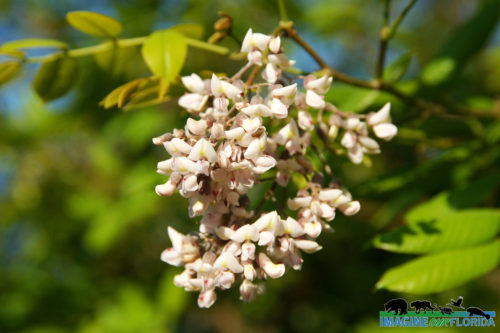
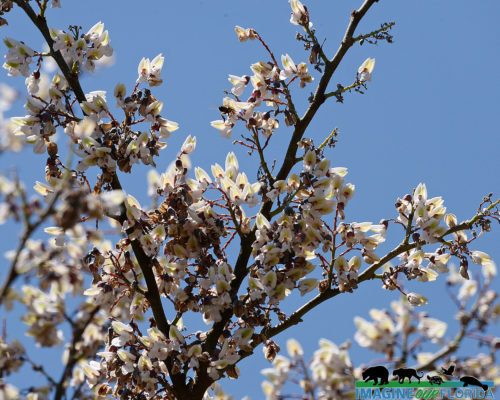
Blue Toadflax
Brazillian Peppertree
Sunshine Mimosa
Carolina Sea Lavender
Poisonwood Tree
Texas Vervain
Moonflowers
Grass Pink Orchid
Indian Blanket
Indian Blanket, Gaillardia-pulchella, is also commonly known as a Firewheel. Indian Blanket flowers are members of the Aster family, grow to 1.5 feet tall and 2 feet wide, and are considered a short-lived perennial or an annual in Florida.
The Indian Blanket can often be spotted near Florida’s coasts on dry land. Since the early 1700s, this flower has been planted along roadsides much to the delight of Floridians and tourists.
A study done by Marlowe & Hufford in 2007 showed the DNA from the Indian Blanket was similar to those found in the more western species. More recent research by Weakley et al. 2020 has shown more evidence that it was likely cultivated rather than naturally spread.
The bright orange, red, and yellow flowers of the Indian Blanket make a beautiful addition to your garden. Butterflies, bees, and wasps are attracted to its pollen. Titmice, chickadees, and warblers enjoy the seeds. Once the flowers dry up, gather seeds by deadheading the plant. Indian Blankets are dormant in the winter.
Photo Credit: Aymee Laurain
American Sycamore
The American sycamore, Platanus occidentalis, is a beautiful tree that grows 100 – 170 feet tall with a diameter of 3-14 feet. Its bark is white at first but turns brown as it grows. As the tree ages, the scales fall away and reveal the whitish-green bark beneath. Its distinctive leaves and green globe-shaped fruit make it easy to recognize. Songbirds dine on the seeds.
Sycamore trees are native from southern Canada to northern Florida. However, the tree has been planted far south of its range in Florida. The tree pictured in these images is located at Lake Lily in Central Florida.
Sycamore trees are known for their hurricane resistance and the ability of their intertwining root system to stabilize erosion. This makes them perfect specimens to plant in parks near waterways. The trees also tolerate acidic soils and as a result, they have been planted at phosphate mining sites. Before planting this beautiful shade tree in your yard, consider the height as well as the debris from falling bark and fruit.
Photo credit: Dan Kon
Roadside Wildflowers
Florida has many wildflower test sites along roadsides. In the panhandle, including near I10, you can see miles of these sites. These photos were taken off the side of the road in Live Oak, FL. The projects are part of Florida’s roadside plantings and highway beautification programs by the Florida Department of Transportation.
The area has a total of eight planting districts throughout the state, each with different plant species for those areas. These sites serve two major goals; to increase pollinator populations and diversity and to produce native vegetation that negates the need for mowing. The projects were also found to increase safety (Norcini 2014) and provide a great benefit through carbon sequestration (Harrison 2014). Finally, they add the beauty of true Florida that everyone can enjoy. Have you seen any roadside wildflower sites? Tell us about them in the comments.
Photo credits: Aymee Laurain
Butterfly Pea
Spurred Butterfly Pea, Fabaceae (Leguminosae) is a native climbing or twining vine that grows up to 6 feet long. Look for this perennial in the wild throughout Florida in a variety of places including in sandhills, pinelands, and coastal plains.
Butterfly Pea is dormant in the winter and pinkish-purple flowers appear from spring through fall in most of Florida. In the southern counties, it blooms all year-round. Long-tailed skippers and northern cloudywings rely on the Butterfly pea for a host plant.
Heavenly Bamboo
Heavenly or Sacred Bamboo, Nandina domestica, is not very heavenly in Florida. It is native to Asia, introduced in the US, and can be found in forests and hammocks throughout Florida.
Heavenly Bamboo is not bamboo. It is a shrub that grows to about 7 feet tall. Reproduction may occur through vegetative regeneration, however, it is known to reproduce through seed dispersal. Red berries appeal to birds and other animals. The tiny white flowers and bright red berries appear harmless.
Heavenly Bamboo is poisonous to some animals. Cyanogenic glycosides can be found in the foliage and the fruit. The shrub is a species of concern because it may compete with understory plants and threaten several of Florida’s endangered wildflowers.
If you have this plant in your yard, IOF recommends you remove it. Protect wildlife and ecosystems when you replace Heavenly Bamboo with one of Florida’s native shrubs.
For more information:
https://www.fs.fed.us/datab…/…/plants/shrub/nandom/all.html…
Butterfly Weed
Butterfly weed, Asclepias tuberosa, is also known as Butterfly milkweed. It is the most popular native species of milkweed in Florida. This hardy perennial grows 1-2 feet tall and is abundant throughout Florida. Its bright orange flowers bloom in late summer through fall and attract a variety of pollinators.
Butterfly weed is readily available at native plant nurseries. Once established, it thrives in dry, sandy soil in sun or part shade. Monarchs rely on milkweeds in the genus Asclepias for their survival since it is the only plant monarch caterpillars will eat. Plant some in your wildflower garden to attract butterflies, bees, and hummingbirds.
Oakleaf Fleabane
Oakleaf fleabane (Erigeron quercifolius) is a native wildflower usually found in wetlands. Also known as Southern fleabane or daisy fleabane, this annual often pops up in disturbed areas. in sandhills, and yards.
The tiny white with pinkish or purplish tinted blooms are no more than 1/2 in diameter. Pollinators love this early bloomer member of the daisy family. Look for Oakleaf fleabane to bloom throughout the spring and summer.
Ironweed
Ironweed (Vernonia gigantea) is a Florida native and can be a beautiful addition to your wildflower garden. Ironweed grows 3-10 feet tall, can be planted in partial shade or sun, and blooms from July through October. Butterflies, hummingbirds, and bees love this pollinator perennial. As its name suggests, ironweed is a tough plant with deep-set roots and seeds that spread easily in your garden. Be prepared to prune and maintain to keep this beauty in check.
Look for Ironweed growing in the wild where the soil is moist. You may also see this hardy plant along the side of the road or a stream as well as in the woods, prairies, savannas, and grasslands.
Salvinia
Salvinia minima, also known as Water Spangles, is a floating water fern found in Florida’s freshwater swamps, lakes, slow-moving streams, and ponds. Native to tropical America, Salvinia was introduced in Florida from fish tanks and/or tropical gardens where it was used as a decorative aquatic plant.
By cloning itself, Salvinia reproduces quickly. It can be distinguished from native duckweed by its larger leaves and bristles. Salvina is considered highly invasive in Florida.
Kiss-me-quick
Kiss-me-quick (Portulaca pilosa) —
Also known as Pink Purslane, Kiss-me-quicks are native succulents that can be used as a groundcover. They will thrive in nutrient-poor soil as long as it is well-drained. These low-growing plants with linear leaves produce red, pink, or purple blooms in the morning that close in the afternoon, hence the name Kiss-me-quick.
Look for Kiss-me-quicks in the wild in sunny, sandy areas.
Lance-leaf Arrowhead
Lance-leaf Arrowhead, (Sagittaria lancifolia), is commonly found in freshwater marshes and swamps and along streams, ponds, and lakes. It tolerates brackish water. This native Florida plant, also known as Duck Potato, can grow to 4-feet tall. The plant is a rhizomatous perennial that also reproduces with seed dispersal. It thrives in water up to 12-inches deep and in silty, wet soils.
Birds enjoy the seeds and tubers and use the plants for cover. Other aquatic animals such as fish and insects find shelter in the foliage. Lance-leaf Arrowhead extracts metals and nutrients from water and sediments where it grows. Native Americans used the corms which are bulb-like stem parts as food, to treat wounds, and as herbal medicine to treat a variety of ailments. 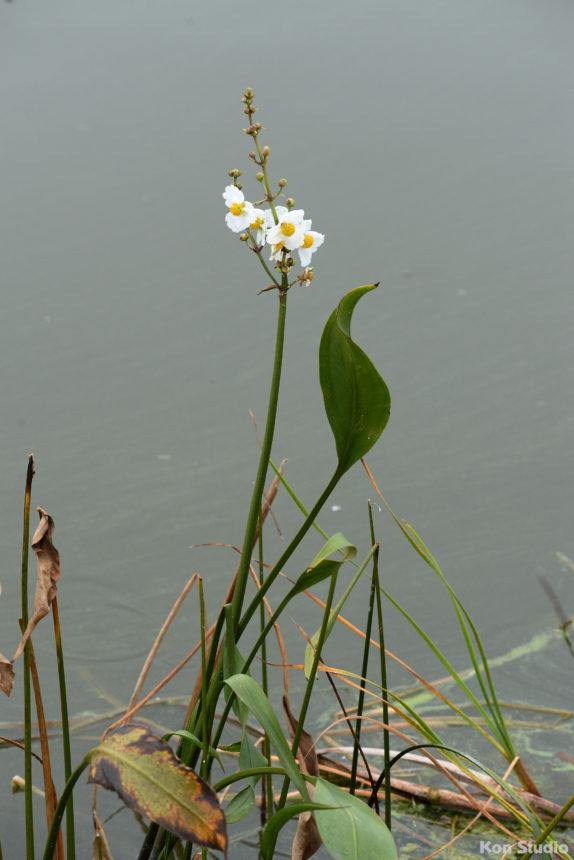
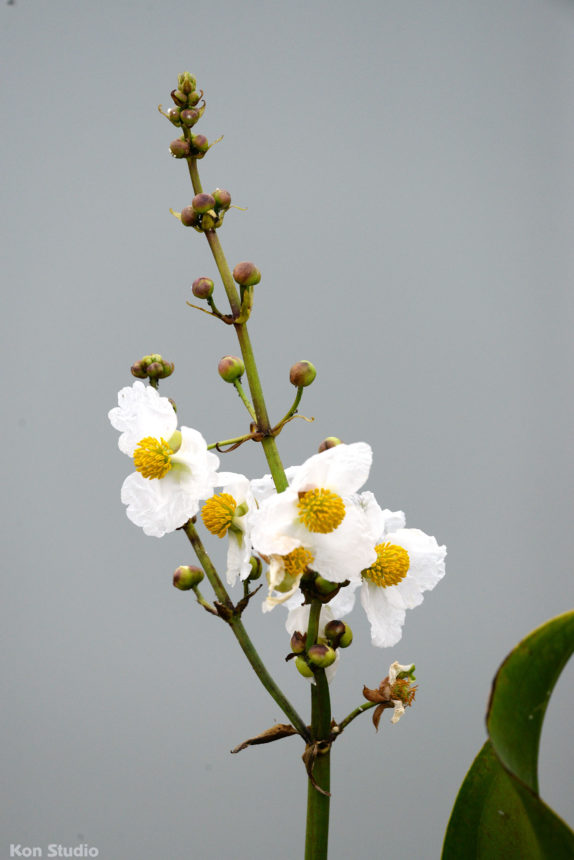
Savannah False Pimpernel
Savannah False Pimpernel, Lindernia grandiflora Nutt., is a native Florida groundcover found in wetlands, swamps, and marshes. Other common names include Blue moneywort and Angel’s tears.
The small violet and white flowers bloom year-round and provide a nectar source for pollinators.
Narrowleaf Yellowtop
Narrowleaf Yellowtop
Native to Florida, the Narrowleaf Yellowtop, Flaveria linearis, is an evergreen perennial commonly found in South Florida and along the coasts of Central Florida. Look for it near mangrove swamps, wet prairies, and tidal marshes. It grows 3 feet tall and produces yellow blooms of 2 -3 inches. Narrowleaf Yellowtop blooms all summer and fall and can be found blooming in the winter and summer too. Bees and butterflies are attracted to this beauty.
Elderberry
Elderberry, (Sambucus nigra ssp. Canadensis), is a shrub that grows 6 1/2 to 13 ft tall.
Clusters of creamy white flowers at the tips of the branches attract bees, beetles, wasps, and other pollinators. The ripened fruit provides food for birds and mammals. Look for native American Black Elderberry in moist habitat along lakes and ponds, and low areas near roads and in the forest.
Toothed Rein Orchid
Toothed Rein Orchid, Habenaria floribunda –
Toothed Rein Orchids are found only in Central and South Florida where they thrive in damp thickets and hardwood hammocks. They can grow to just over 3 feet tall. Each orchid has 5-12 bright, glossy green leaves and 10-60 flowers and lips. The flowers are light green but appear more yellow in South Florida. Fall blooms appear in September in Central Florida and bloom into February in South Florida. The flowers of the Toothed Rein Orchid have an unpleasant odor that is most noticeable around dusk.
Cypress Trees
Cypress Trees
Two varieties of Cypress trees live in Florida. The Bald Cypress (Taxodium distichum) and the Pond Cypress (Taxodium ascendens) are deciduous conifers. Both lose their leaves in the winter after turning a beautiful autumn color. They are flood-tolerant and both form knees from their roots.
The Bald Cypress generally grows to a height of 150 feet but can grow taller. They live for up to 600 years. The Pond Cypress is much smaller reaching a height of about 80 feet. It is nearly maintenance-free and can be a beautiful addition to your landscape. Birds enjoy the seeds from both Cypress trees while the Bald Cypress provides roosting and nesting spots.
Pine Lily
The striking Pine Lily, Lilium catesbae, is a Long-lived perennial. Pollinators including Swallowtails are attracted to this native plant’s gorgeous flowers.
Pine Lillies grow in the wetlands of prairies, bogs, and pine savannas where they thrive in moist, sandy soils with partly shaded areas. They become dormant in the winter and flower throughout the summer. Sporadic blooms may occur in spring. The flower is the largest lily in the U.S.
The Pine Lily is designated as threatened due to habitat loss, conversion of their native habitats, and fire suppression. The restoration of Longleaf pine forests and regular prescribed burns will give these beauties the opportunity to multiply and continue to dazzle us with their beauty when we encounter them while hiking.
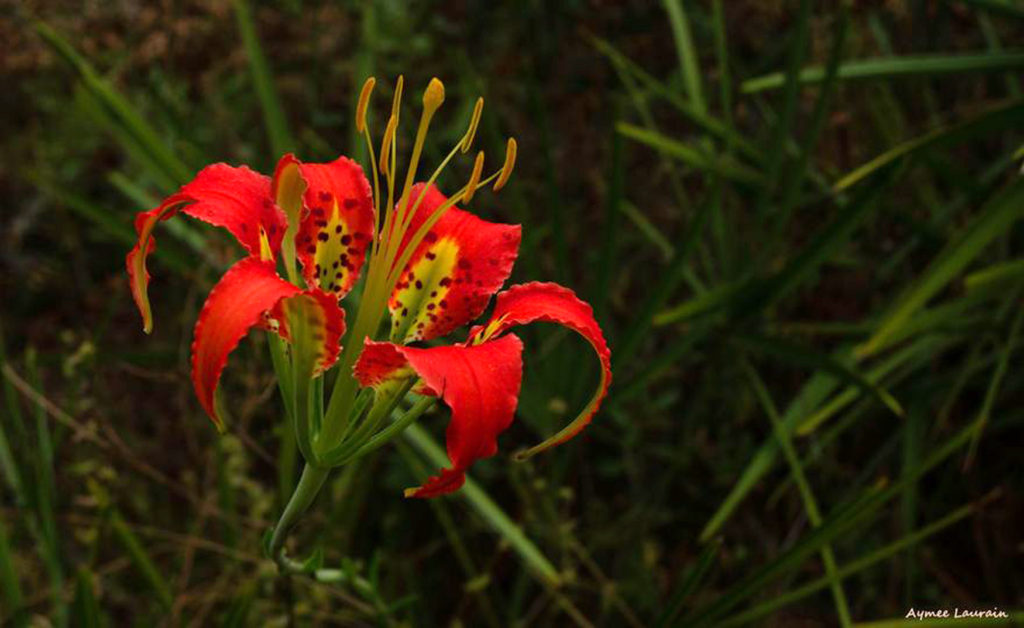
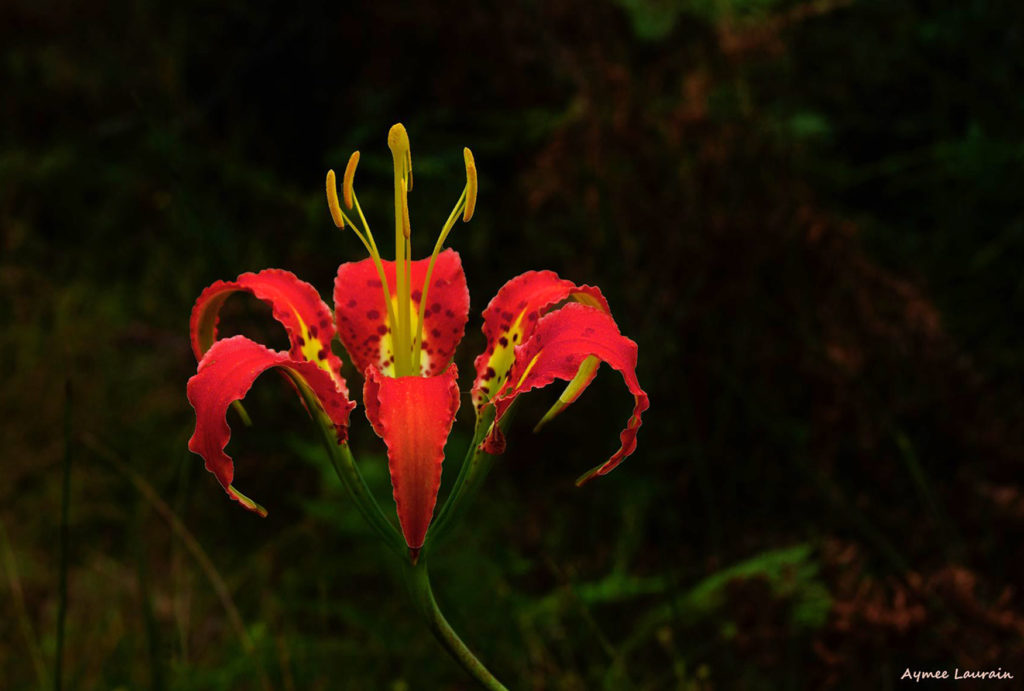
White Mangrove
White Mangrove, Laguncularia racemosa, found in Florida’s coastal ecosystems is a shrub or tree that can reach heights of 40 to 60 feet. The root system varies depending on the location. White Mangroves may have prop roots that arch away from the trunk or a limb. Other White mangroves will have cone-shaped pneumatophores that grow from the root and protrude from the ground. Greenish-white flowers bloom all year round. The flowers produce a red fruit and its seed will start sprouting while it is still on the tree. The White Mangrove’s leathery leaves are rounded on each end, are dark green on the top, and smoother and lighter green on the underside. Each leaf has two nectarines which are glands that secrete a sugary substance that many insects love.
White Mangroves play an important role in the ecosystem. They provide food, shelter, and breeding grounds for nesting birds, fish, crabs, insects, and other wildlife. They provide protection from storm surge and produce tons of leaf letter each year that benefits estuarine food chains.
Take some time to sit quietly near a Mangrove. Discover all the different animals who live there.
Saltwort
Blue Passion Flower
Blue Passion Flowers (Passiflora incarnate), also known as Maypops, are native to Florida and easy to grow in your yard. They are host plants for Gulf Fritillary butterflies and attract a variety of bees and butterflies as well as hummingbirds and bats. Look for Blue Passion Flowers along roadsides and in citrus groves or anywhere there is dry soil.
A Blue Passion Flower vine is a must-have for your butterfly garden. The stunning 3-5 inch blooms only last for a day, however, they bloom summer through fall. Plant this vine along a fence or let it climb up your arbor or trellis. The Maypop will die back after frost but will pop up again in May.
Forked Bluecurls
Forked Bluecurls, Trichostema dichotomum, are native to Florida and a member of the mint family. Bees and other pollinators are attracted to their aromatic blue-violet flowers. They are often found in thickets and dry pinelands. Look for blooms in August and September.
Because they propagate easily from seeds, Forked Bluecurls will thrive in your wildflower garden and may need to be controlled to leave room for other wildflowers.
Twoleaf Nightshade
The FLEPPC, (Florida Exotic Pest Plant Council), considers Twoleaf Nightshade to be a category II invasive exotic plant. FLEPPC defines Category II invasive exotics as those that have increased in abundance or frequency but have not yet altered Florida plant communities. It is recommended that you remove Twoleaf Nightshade when you discover it in your yard.
Twoleaf Nightshade, (Solanum diphyllum), attracts bees, butterflies, and birds. It is an upright shrub that grows 3-6′ tall and has alternating leaves with one larger than the other on mature plants. White to lavender fragrant flowers produce fruit that is orange when ripe.
Native to Mexico and Central America, the Twoleaf Nightshade is an exotic that relies on birds to play an important role in seed dispersal. These shrubs can be found in disturbed areas, flood plains, roadsides, hardwood forests, hammocks, and a shady spot in your yard.
Scarlet Rosemallow
Scarlet Rosemallow, Hibiscus coccineus, is native to Florida and can be found in swamps and wetlands along lakes and streams. Also known as Marsh Hibiscus, the scarlet flowers on this water-loving shrub appear in late spring and summer and only last for a day. Hummingbirds and butterflies are attracted to the beautiful crimson wildflowers.
Bonus: Scarlet Rosemallow can be grown in your home garden in an area that receives plenty of water.
Spiderwort
Spiderwort, Tradescantia ohiensis, is a native Florida wildflower. It grows in wetlands, disturbed areas, and is commonly found in Florida yards.
Spiderwort, a clumping perennial, appears in the spring and flowers and produces seeds through mid-summer. Blue, purple or white flowers grow in clusters on stems with grass-like leaves. The flowers only last until mid-day.
Spiderwort attracts pollinators and is recognized by pollination ecologists as attracting large numbers of native bees.
Florida Tasselflower
Florida Tasselflower
Despite its name, Florida Tasselflower (Emilia fosbergii), is not native to Florida. They are very adaptable and can be found in sunny or shady areas and are commonly found in yards in peninsular Florida.
Also known as Flora’s Paintbrush, this dainty little plant is most often considered a weed. They can reach heights of 2-3 feet and may produce 50 or more florets. Seeds are spread by the wind from their dandelion-like seedheads.
As a member of the aster family, Florida Tasselflower is an annual and may bloom year-round. Bees, wasps, and butterflies are attracted to their pink, red, or purple flowers.
Note: USDA considers the Lilac Tasselflower, Emilia sonchifolia, to be native. https://plants.usda.gov/core/profile?symbol=EMSO
Leafless Beaked Lady Orchid
Leafless Beaked Lady Orchid, Sacoila lanceolata, is a threatened Florida native found in pastures, pine flatlands, and most often, on roadsides. These striking red beauties with hints of white and fine hairs were apparently gifted to IOF Directors Dan & Nancy by a seed-dispersing bird. Lady Orchids bloom on a leafless stem from mid-March through June and will reach heights of 8 – 24 inches.
Bonus: Hummingbirds in search of nectar are attracted to Lady Orchids.
Sky-Blue Lupine
Sky-Blue Lupine
Photo Credit – Andy Waldo at Lake Wales Ridge
Scorpion-tail
Scorpion-tail Heliotropium angiospermum
These delightful little plants are members of the Boraginaceae family which include common forget-me-nots. They can establish well in sandy and disturbed sites and are commonly found in coastal hammocks. They also make an excellent addition to your garden.
Creeping sage
Creeping Sage (Salvia misella)
These blue beauties are quite subtle but get a lot of buzz from the bees. It makes an excellent groundcover and does well in sandy soil. It has a slight aroma that is very earthy but not overwhelming and is a host plant for the fulvous hairstreak. It goes dormant in the winter but quickly returns when temperatures warm up for spring. Do you have an interesting native ground cover in your yards?
Creeping Indigo
Creeping Indigo Indigofera spicata
Creeping indigo is an invasive plant that originated in Africa. This plant is particularly concerning due to its toxicity. It is highly toxic to cows, horses, and donkeys. Symptoms include a wide range of abnormal behavior such as mouth ulcers, dehydration, heavy breathing, high temperatures, rapid heartbeat, foaming of the mouth, pale mucous membrane, light sensitivity, lethargy, odd gait, pressing their head into a corner, etc. Any abnormal behavior should be brought to the attention of a veterinarian.
This plant can spread rapidly and is difficult to remove due to its strong taproot. If you spot these popping up in your garden remove them before they become overwhelming.
Leavenworth’s tickseed
Leavenworth’s tickseed Coreopsis leavenworthii
The Leavenworth’s tickseed is an endemic flower that provides food for several pollinators. It can usually be found in pine flatwoods where the soil is dry but can adapt to other regions. Here we have pictures with a species of fruitfly, Dioxyna picciola, and a Green sweat bee, Agapostemon splendens. Most flowers are produced in spring but flowers can be found year-round. Have you spotted these beauties anywhere around the state?
Winged Sumac
Winged Sumac, Rhus copallinum, is a beautiful native shrub that is found in sandhills, Flatwoods, and dry prairies as well as disturbed areas. Winged Sumac gets its name from its leaves which appear to be pairs of wings lined up on the leaf stem.
The red-banded hairstreak uses the Winged Sumac as a host plant. Bees and butterflies are attracted to its yellowish-green flowers. Birds such as jays, warblers, crows, and more dine on the berries.
Winged Sumac can be used in home landscapes and is well suited for a background plant in large areas. It generally grows in clumps to about 15 feet but has been known to reach 30 feet.
In the fall, the leaves turn a brilliant red color. A December frost makes this native shrub stand out in your native garden and in Florida woodlands.
Photo credit – “Frosted Wings” by Andy Waldo
Red Buckeye
Red Buckeye, Aesculus pavia, is native to Florida from the panhandle through Central Florida. It occurs naturally in soil that is rich in calcium carbonate and in moist areas.
Before cold weather arrives they will lose their leaves to reveal brownish flaky bark with dark reddish-brown twigs. Among the first plants to bloom in spring, the Red Buckeye is an important early source of nectar for butterflies and hummingbirds. Fruit appears in the fall and when split, reveals a seed that resembles a chestnut.
Red Buckeye is a gorgeous addition to your native plant garden. It is a fast-growing plant and can be grown from seeds. Red Buckeyes can be maintained as a shrub or allowed to grow into a tree. The plant grows quickly, thrives in moist, rich soil and partial shade. Irrigation may be required in full sun or dry areas. When planning your garden, you may want to consider the leaves and seeds from the fruit contain saponins that are poisonous to humans and pets.
Photo Credit: Andy Waldo
Resurrection Fern
Resurrection Fern – Pleopeltis polypodioides
The Plant that Rises from the Dead.
The Resurrection Fern, also known as. the Miracle fern lives on branches and trunks of trees. Live Oaks and Cypress Trees are their favorite hosts. They have been seen growing on rocks and on the sides of buildings. Resurrection Ferns are air ferns that attach themselves to a host plant or rock and will get moisture and food from the air and rain. They will also gather nutrients that collect on the outer part of their host. The fern does not steal any nutrients from its host and therefore will not harm the host.
Have you seen ferns that are curled up, brown, and appear to be dead? Simply add water and they miraculously uncurl and resurrect to a live, healthy, green fern.
Resurrection Ferns can lose up to 97% of their water content and still come back to life when water returns. In contrast, most plants can only lose 10% of their water content before their cells collapse and they die. Like all ferns, Resurrection Ferns reproduce from spores.
These ferns can be found from Florida to as far north as New York and as far west as Texas. They are so fascinating that in the late ’90s, NASA sent a Resurrection Fern on the space shuttle Discovery to watch it miraculously come to life in zero gravity.
Gumbo Limbo Tree
Native to South Florida, the Gumbo Limbo tree, Bursera simaruba, is a striking addition to landscapes south of Tampa Bay. Also known as the West Indian Birch or the Turpentine Tree, Gumbo Limbo Trees quickly grow to 50-60′ tall with a round canopy. They are extremely wind tolerant and are recommended as a hurricane-resistant species. Gumbo Limbo trees can be grown simply by sticking sprouts in the dirt.
Gumbo Limbo trees prefer sun but quickly adapt to shady, moist, dry, and slightly salty habitats. They are easily recognized by their reddish-brown bark which peels to reveal a beautiful green wood beneath. Vireos and Mocking birds dine on their deep red fruits during summer and fall. Gumbo Limbo trees are naturally found in coastal hammocks, tidewater areas, and mixed forests.
Cocoplums
Cocoplums are a delicious native fruit. It’s similar in flavor to lychee but with the fibrous texture of a plum. Their ideal growth zone is in zone 10, they can tolerate moderate amounts of salt, are highly tolerant of wind, and require very little care. This plant makes for a beautiful addition to gardens while providing a tasty snack
Rose of Plymouth
Rose of Plymouth (Sabatia stellaris)
This vibrant wildflower is found throughout the coastal regions of Florida, from the panhandle to the Keys. It is tolerant of salty and flooded soils. These plants are annuals and require open soil to spread and reseed. Depending on the conditions, the Rose of Plymouth can grow from 6 inches to 24 inches tall. The flowers are 1 to 1-1/2 inches wide and the plant creates many blooms. Flowers peak in the summer but can be seen blooming all year long. Rose of Plymouth can be grown from seeds and cuttings in wet to moist soils.
Orange Blossoms
The Orange Blossom from the sweet orange tree, Citrus x sinensis, was made Florida’s state flower in 1909. The sweet orange tree that bears this flower was introduced to Florida by the Spaniards in the 15th century. The orange tree is not endemic to Florida but has been naturalized.
Orange Blossom flowers have waxy petals that are small and white. Each flower has 5 petals with 20 to 25 stamens in a compact spiral. In the spring flowers grow in clusters of 6 flowers per cluster. Each flower is a point where an orange will grow in the spring. Orange Blossoms have a strong citrus scent and are an incredibly fragrant flower. The scent of the blossoms has been described as creamy, sweet, and rich, with a hint of a tart, citrus essence.
A full sunlight location and soil with a mixture of sand, clay, and organic matter is needed to produce these vibrant flowers. The orange tree begins to bloom at 2 to 5 years and blossoms can appear while there are oranges on the tree. The Orange Blossom is the only state flower used to make perfumes, colognes, toiletries herbal teas, and the ever-popular Orange Blossom Honey.
Did you know?
Throughout history, the Orange Blossom has come to symbolize good fortune and brides often include the fragrant blossoms in their bridal bouquets.
Photo credit: Aymee Laurain
Cattail
There are two species of cattails that are found in Florida. They are Typha domingensis (southern cattail) and Typha latifolia (common cattail).
Cattails are important to our water since they continuously filter the water where they grow and thrive. They are capable of filtering arsenic, pharmaceuticals, and explosives. Cattails also store algae-producing nutrients in their leaves while their roots stabilize the water edge and prevent erosion.
Cattails are a great haven for protective nesting areas for animals and birds. Cattail seeds can remain in a dormant stage for up to 100 years. Once established, cattails grow up to 8 feet tall and multiply from thick, underground rhizomes.
Cattails are used as a buffer between sugar farms and the Everglades where they remove phosphorous from the water before it flows into the Everglades. Unfortunately, cattails love phosphorous and can grow out of control and block out the sun while out-competing the native sawgrass. Spraying herbicides to kill them has a negative effect on the water quality and local wildlife. Of course, any plant given the right conditions, albeit unnatural conditions, can become invasive and will need to be thinned out at times.
Cattails can be used to prevent excess methane emissions in an effort to slow global warming. Currently, scientists are exploring the possibility of using cattails as biofuel.
Other fun facts – Cattails can be woven into baskets, hats, mats, and beds. The dried seed heads attached to their stalks can be dipped into oil and used as torches. The honey-like substance of the plant near the root has been used as an antiseptic and for toothaches. The roots and cattails themselves can be cooked and turned into a sweet flour that has gluten similar to wheat. The sap in between the leaves is an excellent starch and can be used to thicken stews and soups.
So the next time you see a cattail remember, some may call it a super plant.
Sea Oats
Sea Oats (Uniola paniculata)
Sea Oats are an important species of coastal sand dunes. The dunes provide housing and food to a variety of wildlife. The Florida beach mouse is an endemic species isolated to coastal dunes. Roseate terns, least terns, loggerheads, Kemp’s Ridley sea turtles, green sea turtles, hawksbill sea turtles, leatherback sea turtles, and Black skimmers rely on dunes for nesting. Piping plovers and southeastern snowy plover spend the winter in Florida where they breed in coastal dunes. American oystercatchers feed on small invertebrates and breed on sand dunes (U.S. Fish and Wildlife).
Reconstruction of coastal dunes is a common method of fighting climate change. In an effort to determine if this approach was offering a benefit to vertebrates, a study was conducted between June 2015 and June 2016 to compare natural coastal dunes and reconstructed coastal dunes. After collecting 2537 photos, 33 species were recorded. Common species overlapped both natural and reconstructed dunes. Differences were a result of rare species that were isolated to one area. Overall, the two types of dunes attracted similar types and numbers of vertebrates (Martin et al 2018).
Sea oats may not be endangered but they are protected under Title XI Chapter 161 Section 242 of Florida Statute due to their ability to stabilize sand in coastal regions and protect coasts from erosion. Can you think of any beautiful spaces with sea oats?
References
Martin, Scott A., Rhett M. Rautsaw, M. Rebecca Bolt, Christopher L. Parkinson, and Richard A. Seigel. 2018. Estimating the response of wildlife communities to coastal dune construction. Vol. 161.
U.S. Fish and Wildlife Beach Dune, Coastal Strand, and Maritime Hammock. Multi-Species Recovery Plan for South Florida. 3:72-76
Photo credit: Aymee Laurain
Pickerelweed
Pickerelweed, Pontederia cordata, is a Florida native and is found throughout the state in shallow wetland areas, edges of lakes, marshes, and ponds. These plants have shiny green blade-shaped leaves and emerge in the springtime from under the water level. They will grow about 3 to 5 feet tall and flower with 3 to 4-inch purple-blue flower spikes. The individual flowers will only last one day but the plant will flower from spring through fall.
Pickerelweed is very important ecologically. The underwater portion of this plant provides habitats for micro and macroinvertebrates. These invertebrates are a food source for many animals and fish. Above the water, the flowers attract local pollinators such as butterflies, dragonflies, and bees, Once the flowers die the plant will bear fruit with seeds. The seeds are a treat for ducks who will at times, eat the whole plant. Pickerelweed holds and stabilizes the banks of the water bodies that they surround.
Pickerelweed would be a natural beauty when planted on the edge of man-made ponds in parks and HOAs, and on golf courses and other public places. Advocating for pickerelweed and other native aquatic plants would benefit pollinators and underwater species while beautifying your neighborhood naturally.
Fun fact – Pickerelweed’s fruit contains a nutritious seed that can be eaten by humans straight from the plant. The dried seed can be boiled, roasted, or ground into flour. Young leaves have been eaten in salads.
Flame Vine
The flame vine is native to Brazil. This beautiful vine with long orange tuber flowers has become a common accent to many gardens and has attracted pollinators including hummingbirds. However, the flame vine grows like wildfire and can become invasive rather quickly (University of Florida).
Indigenous people of Brazil used the plant to treat several conditions including skin irritations, diarrhea, coughing, respiratory infections, bronchitis, flu, and cold. Research has found several pharmaceutical properties in the plant including antioxidant, anti-inflammatory, analgesic, antinociceptive, wound healing properties, antimicrobial, reduction in cold and fever symptoms, treatment of menopause, and melanogenesis. These properties can be carefully extracted and refined to produce a number of medications (Mostafa, El-Dahshan, and Singab 2013).
References
Mostafa NM, El-Dahshan O, Singab ANB (2013) Pyrostegia venusta (Ker Gawl.) Miers: A Botanical, Pharmacological and Phytochemical Review. Med Aromat Plants 2:123. doi:10.4172/2167-0412.1000123
The University of Florida. Flame Vine. Gardening solutions. Accessed June, 19,2019. http://gardeningsolutions.ifas.ufl.edu/…/or…/flame-vine.html
Warri Tree
Warri Tree (Caesalpinia bonduc)—
This vine is native to Florida and contains casings with coarse hairy seed pods containing smooth seeds. The seeds inside, called Nickernuts, have had many purposes.
-Jewelry
-Indigenous people used the seeds for medicinal tea.
-Yellow and red dyes
These plants can be found around coastal areas of South Florida. The first specimens recorded in Florida were found in Monroe County in 1891. The ones in these photos were found at the TECO Manatee Viewing Center in Hillsborough County.
Florida Jujube
The Florida Jujube (Ziziphus celata) is a shrub that can grow 6 feet tall. It is nearly extinct. This plant is endemic to central Florida. Jujube prefers to grow in open sunny areas prone to fire.
The Florida jujube once occupied sand scrubs as well as longleaf pine and wiregrass savannahs. Much of these areas have been lost to citrus orchards and residential development. Jujubes are drought and fire-tolerant. They can resprout vegetatively following a fire. Fire suppression has undoubtedly contributed to its rarity as broad-leafed trees shade them out.
The Florida Jujube has small, rounded leaves and orange fruits. The branches all have sharp, distinctive thorns. The fragrant blooms are pale yellow and are attractive to bees, butterflies, and birds. Jujube fruit is similar in taste and texture to an apple when ripe and similar to raisins when they dry. The bush-like tree is a heavy producer of fruit that ripens from December to March.
Sadly, this interesting native plant is listed as endangered by the U.S. and state of Florida. This status is due to habitat destruction of the remaining and rare scrub habitat it needs to thrive. Efforts are being made to protect Florida jujube and the rare scrub habitat it is found in. Because Extinct is Forever.
Manchineel
Manchineel (Hippomane mancinella) grows in the Florida Keys and Everglades. Every part of the manchineel tree is poisonous. A milky sap oozes from this tree and its leaves. The greenish-yellow apple-like fruit is poisonous. This tree is so toxic that if a leaf brushes across your face it can cause temporary or permanent blindness. To some this tree is fatal. It is classified by the Guinness World Book of Records as the most dangerous tree in the world. When a tree is located it is marked with a warning to keep people away from it.
The Manchineel can grow as high as 50 feet. It can be found along the coast in brackish water. This tree is endangered but grows in clusters when encountered.
Its roots prevent erosion and it serves as a natural windbreak.
The Manchineel does not depend on birds and animals to spread its seeds. It drops its fruit and nearby water carries the buoyant fruit until eventually the fruit rots and it spreads its seeds.
The Manchineel is sometimes known as the beach apple. Early Spanish explorers called it, la manzanilla de la muerte, which translates to “the little apple of death,” or as Arbol de la Muerte, “tree of death.” Legend says that the tip of the arrow that killed Ponce de Leon was dipped in the sap of the Manchineel. If you ever encounter this tree do not touch it or breathe near it. Quickly move away from it.
Photo credit: Beach apple picture UF IFAS Blogs
We believe this picture was taken with a long lens camera
Florida tickseed
Florida State Wildflower
Florida tickseed (coreopsis floridana) is just one of Florida’s many diverse and beautiful wildflowers. This wildflower is endemic to Florida. It can be found throughout most of the state, except the extreme northern Panhandle counties. The Coreopsis was adopted as Florida’s State Wildflower in 1991.
Coreopsis grow best in wet open habitats such as the upper edges of marshes, savannas, and prairies. This is a robust fall bloomer and can stand 3 feet tall in ideal conditions. The petals are bright yellow, surrounding a dark disc. The flowers form a bloom that is two inches across. The leaves are narrow and elliptical in shape. This plant requires wet to moist soil to survive. In such settings, it blooms into showy, beautiful wildflowers.
Pineapples
Ananas comosus – flowering pineapple plant.
Pineapples have been cultivated by indigenous people throughout the tropical areas of the Americas and the Caribbean for thousands of years. The pineapple was introduced to Florida in 1860. While there is no commercial farming of pineapples in Florida, it is known as the dooryard yard plant. A dooryard garden plant is a plant that is in the front of the house. The goal of a dooryard garden is to have curb appeal while guiding the steps of the visitor to the front door.
The pineapple is created by the fusion of all of the flowers into one fruit. Pineapples love good drainage and areas that are not prone to flooding or puddling.
After maturing, the pineapple is ready to eat when it starts to turn yellow and smells sweet. With first-hand experience, if you wait until this time to pick your fruit, it is usually too late. Why? The squirrels, raccoons, and other animals will usually feast on it before that time.
Pineapple can be eaten fresh, juiced, dried, made into candies, and made into dishes and desserts. The fruit is a good source of potassium, vitamin C, and vitamin A. Pineapple upside-down cake anyone?
Photo Credit: Dan Kon
Longleaf Pine
The Longleaf pine (Pinus palustris) gets its name from the shape of its needle-like leaves. They can grow up to18 inches long and come in bundles of three. The tree with its thick, scaly bark grows almost completely straight, boasts a 3-foot diameter, and can reach 80 to 100 feet tall. These slow-growing trees can live up to 300 years.
Prior to restoration efforts, longleaf pines only occupied 3% of their former range. Forests of longleaf pine were cleared for development and agriculture.
Longleaf pine seeds are developed in cones and dispersed by the wind. They must find their way to soil to take root and grow. Fires caused by lightning would naturally clear away leaf litter and brush allowing this to take place. When the fire is suppressed, the seeds cannot reach the soil.
Once the seeds take root, they go through a grass stage. During this stage, the Longleaf pine starts to develop its central root, called a taproot, which will grow up to 12 feet long. Once the taproot is firmly in the earth, the tree will begin to grow in height. Both the tree and the grass stage are resistant to fire.
There are more than 30 endangered and threatened species, including red-cockaded woodpeckers and indigo snakes who rely on the longleaf pine habitat. Longleaf pines are more resilient to the negative impacts of climate change than other pines. The tree can withstand severe windstorms, resist pests, tolerate wildfires and drought, as well as capture carbon pollution from the atmosphere. Restoration of Longleaf pine forests has become a major effort in Florida and gives us a renewed hope that these ecosystems and all who live there will thrive once again.
Wild Coffee
Wild Coffee (Psychotria nervosa) is a Florida native shrub that gets its name from the small, red fruit it produces. Other names are wood balsam, Seminole Balsamo, and café marron. It is extremely cold sensitive. If it freezes it resprouts in the spring producing a shorter plant.
Wild Coffee, grows as a dense, round, multi-stemmed shrub about 5 feet tall and spreads between 4 to 8 feet. You will see it in pinelands, shell ridges, coastal hammocks, and sandy shaded areas. Its leaves are glossy, puckered, waxy, and light green when in full sun. When in the shade the leaves are deep forest green. The leaves are 5 inches long with veins running through them. Small, white flowers bloom in spring and summer and produce a fragrance similar to the gardenia.
Many butterflies, including the Florida state butterfly, the zebra longwing, and the spicebush swallowtail drink nectar from the flowers of wild coffee. Honeybees visit the flowers and pollinate them. Bright red, half-inch berries appear, in late summer or fall, each with two seeds. These seeds are an important food source for cardinals, catbirds, mockingbirds, and blue jays, as well as other birds. Wild coffee berries were once used as a coffee substitute even though they do not contain caffeine.
The shrub grows well in alkaline soil. It is not salt-tolerant, but germinates readily, has few pest problems, needs only varying amounts of water, and is not invasive. It also prevents soil erosion. With its contrasting green leaves and red berries, its fragrance when in bloom, and its wildlife benefits, the Wild Coffee shrub will make a wonderful addition to a shady spot in your landscape.
Photo Credit: Mary Keim – berries Bobby Putnam – flowers
https://www.flickr.com/photos/38514062@N03/6415497635…
Ghost Orchid
The Ghost Orchid (Dendrophylax lindenii,) is rare and endangered. There are only an estimated 2000 left in Florida. This orchid is prized for its long, white delicate petals. It is leafless and its roots attach to the host tree. The mass of green roots clings tightly to the trunks. It is distinguished from other species of orchid by the presence of thin white markings dotting its roots.
The Ghost Orchid gets its name from its ability to move at night. It appears as if it’s floating, like a ghost.
The Ghost Orchid is pollinated by the Giant Spinx Moth, whose long tongue can reach the nectar that is not accessible to many insects. The swamps of cypress, pond apple, and palm trees are its preferred environment. The orchid’s specific habitat requirements are high humidity, mild temperatures, and dappled shade.
The Ghost Orchid does not flower reliably. It will typically flower one to two weeks once a year. It requires a specific fungus (mycorrhizal) to be able to thrive. because it is leafless, the orchid relies on its roots to produce sugars from sunlight. The Ghost Orchid has a symbiotic relationship with the fungus as it gathers nutrients from it in exchange for extra sugars.
Habitat destruction and development, as well as over-collecting, have been responsible for the decline of ghost orchid populations. The Ghost Orchid is a protected species in public land areas.
With gratitude to Jay Staton for his patience and perseverance in capturing this rare sight.
JAY STATON -Published on Oct 20, 2014
“A ghost orchid’s flower takes, on average, 2 days to fully open. This short video shows the remarkable beauty of the most sought-after orchid in the world, including background sound that gets you in the mood.”
Sea Grape
Sea Grape (Coccoloba uvifera).
The Sea Grape thrives in Florida’s sandy soils. This plant tolerates windy conditions and can act as a windbreak. As well as being salt and drought tolerant, it will stabilize sand dunes while providing habitat for wildlife. This includes protection for nesting sea turtles from artificial light. Look for Sea Grapes in their natural habitat along the beach.
The Sea Grape has an unusual texture with big, round leaves which grow upright on the branches. The leaves are leathery and grow 8 to 10 inches with a reddish tint. They have red veining and some leaves will turn completely red. The female shrubs produce clusters of fruit that resemble grapes that will start out green, and ripen to purple. This plant needs a male and female to cross-pollinate and bear fruit. A Sea Grape plant with its outstretched branches will grow between 6 to 8 feet tall and wide.
The Sea Grape is a small native evergreen tropical tree that can grow as a shrub or be trained as a hedge and does best in full to partial sunlight. Although sensitive to frost, Sea Grape plants can be grown in your yard or garden. Be sure to water until established. Their fruit is very sweet and when ripe provides a tasty treat for people, birds, and squirrels. Jellies and wine are made from Sea Grapes. Consider planting a Sea Grape Plant in your Florida Native Garden.
White-top Pitcher Plant
WHITE-TOP PITCHER PLANT Sarracenia leucophylla
Florida has more carnivorous plants than any other state. They are mostly found in the panhandle but can be found in bogs as far south as central Florida. Their roots are mostly used to hold the plant in place. Many of the carnivorous plants reproduce by flowering and producing seeds. Some of these plants produce beautiful and showy blooms to attract pollinators.
The carnivorous plants that make Florida their home are not your typical potted Venus flytrap yelling, “Feed Me, Seymour.”. These plants fill Florida’s sandy, wet plains, and bogs. The soil in which carnivorous plants are found tends to be poor in nitrogen due to the wet environment. The nitrogen washes away before the plant can absorb it but these plants have adapted. Using several methods, carnivorous plants are able to trap the bugs and small mammals they need for this vital nutrient.
The whitetop pitcher plant, also known as the Swamp Lily, is endangered. Its habitat consists of mixed-grass wet prairies, wet flatwoods, seepage slopes, streamside seeps, and wet prairie ecotones of dome swamps and depression marshes. Flowering time is from March to May.
Insects are attracted to the pitcher plant’s sweet nectar which is secreted by its leaves. Once on top of the pitcher, the insect slips on the waxy opening and falls into the plant where fine hairs prevent it from escaping. Enzymes will produce a digested insect which provides the pitcher plant with much-needed nitrogen.
Carnivorous Plants are sentinels of the general condition of their environment. One of the first things to go when wetlands degrade is its carnivorous plants.
Threats to pitcher plants include fire suppression, disrupted hydrology, feral hogs, and poaching of the plants.
Learning about Florida’s carnivorous plants may transform you into a naturalist!
Photo Credit – Andy Waldo
Pink Muhly Grass
Pink Muhly (Muhlenbergia capillaris).
Muhly grass is naturally found in Florida’s pine flatwoods, coastal uplands, and along its highways. This grass produces clumps that can reach 2 to 3 feet tall and up to 3 feet wide. In the fall, muhly grass produces fluffy pink to purple flower stalks, that can reach up to 5 feet tall and give the plant a distinctive and attractive appearance. This grass is resistant to heat, drought, humidity, and salt-tolerant, as well as deer and rabbit resistant. Consider planting this native grass in your yard and garden. Native plants typically are adapted to native soils and climate, which also means they thrive with natural rainfall levels. Pink Muhly grass needs little attention and is definitely low maintenance.
Florida Mangroves
— Florida Mangroves, A Native Story —
Florida mangroves, also known as walking trees, are native to Florida. There are four tree species that are considered mangroves. They are the red mangrove (Rhizophoraceae family), the black mangrove (Avicenniaceae family), and the white mangrove and Buttonwood (Combretaceae family). These trees all thrive in tidal zones and are very tolerant of saltwater and water level changes.
All mangroves can live in freshwater areas but have adapted to brackish areas after being out-competed by freshwater-only trees. Buttonwood and black and white mangroves have evolved to excrete the salt they absorb through salt glands at the base of their leaves. Red mangroves do not allow the salt to enter at all.
Mangrove trees produce seeds called propagules. The seeds will begin to germinate and grow roots while still on the tree. The seeds when mature, drop from the main tree and float away with the high tide. They will bobble on the root ball until they find a mudflat where they will attach and start growing into new mangrove trees.
Like many of Florida’s wildlife and plants, mangroves are now protected and it is illegal to destroy a mangrove tree. Human development and impact are the reason Tampa has lost over 44% of its coastal wetlands acreage which includes mangroves and marshes. Punta Gorda has lost 59% of the mangrove forest due to waterfront development. Lake Worth has experienced an 87% decrease in its mangrove acreage due to invasive Australian pines and urbanization.
What do mangroves do for Floridians? Mangrove forests protect uplands from storm winds, waves, and floods. The wider the mangrove area the more protection they give us. Mangroves can help prevent erosion by stabilizing shorelines with their specialized root systems, filter water, and maintain water quality and clarity. Florida has an average of 469,000 acres of mangrove forests.
Underwater, mangrove roots provide surfaces for various marine organisms to attach. The organisms feed off of organic materials, chemical elements, and nutrients that get trapped in the mangrove’s spider-like root system. The marine organisms are food for a multitude of marine species including snook, snapper, tarpon, jack, sheepshead, red drum, oyster, and shrimp. According to the Florida Department of Environmental Protection, Florida’s commercial and recreational fisheries would drastically decline without healthy mangrove forests.
Above water, Mangrove trees provide nesting areas for birds such as the wood stork, roseate spoonbill, brown pelican, and mangrove cuckoos. They provide a smorgasbord of crayfish, crabs, frogs, mice, small fish and snakes for a variety of birds.
So next time you see mangroves, take a closer look at the unique ecosystem right before your eyes. Appreciate the beauty, the wildlife who live within, and the protection the mangroves provide us when we retreat inland. While you are there pick up the trash that always gets caught in the mangrove roots. Together, we can enjoy our mangroves while making a difference for our wild friends and in our wild spaces.
Curtiss’ Milkweed
— Endangered Milkweed Found by IOF Director —
Species Profile: Curtiss’ Milkweed, Asclepias curtissii, is a Florida endemic species that is also an endangered species.
Imagine Our Florida Director, Andy Waldo, discovered this rare species while hiking. After confirming the plant was Curtiss’ Milkweed, Andy immediately notified the Park Rangers and a biologist who hiked back to the site with him and pinpointed the exact location of this endangered endemic species for further research.
What is an endemic species? It is a species that can only be found in a certain area. That means Florida is the only place you can find this species. As you can see by the range map, Curtiss’ Milkweed can be found in several counties across the peninsula of the state.
This milkweed is a herbaceous perennial species that can grow to heights of 2-4 feet tall. This species often dies back in the winter and may not re-sprout the following year. Curtiss’ Milkweed can lie dormant under the soil surface, re-sprouting after a year of dormancy. They stand erect when small. As they continue to grow, this milkweed will become somewhat vine-like, sprawling over large shrubs. There are no definitive studies on longevity, however, a Curtiss’ Milkweed living in a garden is at least 25 years old. This is definitely a long-lived species and as further studies are conducted, we will likely get a better picture of their longevity.
It should come as no surprise that such a unique and rare species would live in an equally unique and rare ecosystem. This plant can only be found in scrub and Flatwoods scrub habitats. These habitats are known for their very deep, sandy soil which is very low in nutrients and moisture. Within this unique habitat, the Curtiss’ Milkweed has an even more narrow micro-habitat. They are almost only found in sites that have disturbed soil. In modern times, that most often includes along the side of trails and dirt access roads in parks and wild spaces. More natural disturbed soil sites would include gopher tortoise aprons (the sand field in front of tortoise burrows), harvester ant sites, and other similar locations.
The Curtiss’ Milkweed has flowers that develop in clusters and last for about 5 days. They begin to bloom in June and can be found blooming into September. The flowers are pollinated by butterflies such as Ceraunus Blues, Hairstreak Butterflies, and several species of Skipper Butterflies. If the flowers are pollinated, the milkweed produces a fruit that takes 60 days to mature. Inside each fruit, there is an average of 68 seeds that, when the pod opens, are released and spread by wind.
Why is the Curtiss’ Milkweed so rare? Probably the biggest single reason is habitat loss. That very deep sand of the scrub community is also very desirable for construction. This species is also dependent upon fire to maintain an open forest floor and canopy. The policy of fire exclusion in the past further reduced the usable habitat of this species. Curtiss’ Milkweed is a very long-lived species but they have a low reproductive rate. This makes their recovery more difficult.
Their natural herbivores include the larva of the Queen Butterfly (Danaus gilippus) as well as deer. Curtiss’ Milkweed, like other milkweeds, has a thick, sticky, white sap that contains low levels of cardenolides which are toxic to vertebrates. The levels are low however and deer still will graze upon this species.
Given the status of this plant, as well as the difficulty to locate when not in bloom, park biologists came out to mark the location of the three Curtiss’ Milkweed found in this section of the park. A few more plants in another section of scrub which were located by a biologist who was studying scrub jays are awaiting identification. Documenting the location of these Curtiss’ Milkweeds will help park staff conserve this species within the boundaries of the park.
So the next time you are hiking, keep your eyes open for unusual flowers, plants, and wildlife. Like Andy’s, your discovery may lead to more research about a rare, endangered species.
*Range map used in this post came from the following link:
http://florida.plantatlas.usf.edu/Plant.aspx?id=1193
*Info for this post from The Pollination Biology and Ecology of Curtiss’ Milkweed (Asclepias curtissii) by Francis E. Putz and Maria Minno
*Images by Andy Waldo -Director Imagine Our Florida, Inc.
Witch’s Broom
Witches’ brooms are caused by stress on the plant. Trees can be infected by a fungus, phytoplasmas (which are wall-less single-celled organisms), or parasitic plants like mistletoe.
These structures can benefit wildlife, providing shelter for animals such as flying squirrels. There are also species of moths that rely on these for shelter and food for their larva.
Cutting from witches’ brooms can be grafted onto normal rootstocks, creating weird dwarf cultivars that people collect.
The photos here are of a Witches’ Broom growth on a sand pine, Pinus clausa in Wekiva Springs State Park.
Giant Air Plant
This cool-looking plant is Tillandsia utriculata, or the Giant Airplant. Its status in Florida is Endangered (listed as a result of the Mexican bromeliad weevil attack).
This one was still small, only about 18 inches in height but these can get up to 2 meters long. When they mature, they produce a single flower spike then die.
Lake Wales Ridge is home to many rare and endangered plants and animals. Make sure to get out and explore. Use our state parks, wildlife management areas, and National parks. This shows government officials how valuable natural spaces really are to people. Attendance matters.
Fetterbush Lyonia
Lyonia lucida, the fetterbush lyonia, was blooming away in Wekiva Springs State Park. Their flowers can be white, pink, or red. This is an evergreen shrub and reproduces both by rhizome or by seed. If the soil is very poor, it will reproduce only by rhizome. They like acidic, damp soil and can be found in swamps, wet savannas, and saw palmetto prairie habitat. The white one was seen in a hardwood swamp and the pink one was seen in a damp, saw palmetto prairie.
Balsam Apple
Also known as balsam pear, bitter melon, bitter gourd, or bitter squash, Momordica charantia is a Category 2 invasive plant species in Florida. People have used this plant for medicinal purposes and this has contributed to its spread. The bright red seeds are attractive to birds, who then spread this vine outside of cultivation. The red seeds can be toxic, especially to children.
This is a common invasive plant in Florida. You will often see it showing up along your fence lines. As of 2017, it was still considered a Category 2 invasive. Let’s all do our part to stem the spread of this invasive, non-native vine in our beautiful state.
Blue-Eyed Grass
Blue-Eyed Grass (Sisyrinchium angustifolium) is a common flower throughout the U. S. and is found in most counties in Florida. This little wildflower is also used for landscaping. It prefers damp conditions near wetlands. The roots were used by Indigenous people for tea and to help soothe an upset stomach. These little flowers should be appearing as we enter the spring months.
Florida False Sunflower
Florida False Sunflower, Phoebanthus grandiflorus. This is a Florida endemic species occurring in the central part of the state. It blooms in June and July and occupies sunny, well-drained areas. This individual was photographed in Wekiva Springs State Park this week in a beautiful longleaf pine and wiregrass ecosystem.
Florida Golden Aster
The Florida Golden Aster is a perennial herb that has been on the Endangered list since 1986. This plant grows approximately 1 to 1-1/2 feet tall and has yellow daisy-like blooms about 1 inch in diameter. The Florida Golden Aster lives a short life and reproduces by seeds that are dispersed by the wind.
The Aster can be found growing in open sunny places. They thrive in vegetation areas that have highly drained, fine white sand and can be found in pine-oak scrub areas. Hardee, Hillsborough, Manatee, and Pinellas county are where this plant can be found in Florida.
This plant continues to be endangered due to habitat destruction caused by over-development (commercial and residential), mowing, grazing, and competing grasses and plants.
Recovery is a slow process. Natural and controlled burns help the Aster produce more seeds and bigger blooms. Continued help from volunteers, officials, and preserves like Golden Aster Scrub Preserve will give this plant a good fighting chance to make a comeback.
Golden Aster Scrub Preserve is located at 12181 East Bay Road Gibsonton FL, 33534. It is home to 2 miles of Golden Aster and the Florida Scrub-Jay,
Britton’s Beargrass
Britton’s Beargrass.
Scientific name – Nolina brittoniana
Britton’s Beargrass is found in central Florida counties including Marion, Lake, Orange, Osceola, and Polk.
It is a perennial herb with long, stiff leaves and a bulbous stem rising out a grass like a clump. They can grow 3-6 feet tall with a large cluster of small white flowers.
The plant loves scrub, sandhill, flatwoods, and xeric hammock areas.
90% of Beargrass has been destroyed by agriculture including orange groves, and development.
This plant is not difficult to propagate because the plants bear abundant seeds which are easily germinated. Some native plant nurseries are producing this species for sale.
If you would like to help this endangered species, search out a Florida native nursery and purchase a few plants for your yard. Let’s bring Britton’s Beargrass back to its grandeur.
American Beautyberry
The American Beautyberry, Callicarpa americana, produces beautiful, showy berries in fall. The plant can be found throughout the southeastern United States. Usually, the beautyberry grows to 3 to 5 feet tall but can occasionally be found up to 9 feet tall under the best conditions.
They produce small, white to pink clusters of flowers and the base of the leaves in summer.
The berries are an important food source for a wide variety of wildlife such as bobwhite quails, mockingbirds, robins, towhees, and brown thrashers. Other animals that rely on the long-lasting berries include armadillos, raccoons, wood rats, gray foxes, opossums, and white-tailed deer. Black bears are known to feed on the leaves of this plant as well.
Go out and enjoy all Florida has to offer. And don’t forget to stop and appreciate the nature around you!
The Goethe Giant
Hiding in the Goethe State Forest lives a Giant! A giant bald cypress tree named The Goethe Giant. At over 900 years of age, the massive tree is an amazing sight to behold.
This majestic old tree lives in Levy County, Florida, and can be found by going down the Big Cypress Boardwalk Trail in the Goethe State Forest. Bring your bug spray for sure as this is a swampy location. The trail is a short walk to where the tree is located.
Visiting this old timer is a must-do for anyone who spends time in Florida. The Goethe State Forest also has many miles of trails to hike and explore. It’s a nice, quiet location, away from the noise of everyday life.
Florida Torreya
The Florida Torreya, Torreya taxifolia, is one of the rarest trees in the world. Living only in Gadsden and Liberty counties in Florida, the Florida Torreya is also one of the longest living trees.
Once numbering over 600,000 during the early 1800s, their popularity as fence posts, shingles, river boat fuel, and Christmas trees reduced the number down to a mere 200 individuals. Because of its extreme rarity, there is a major effort underway to save this species of tree. The Florida Park service along with the Atlanta Botanical Gardens, are taking seeds from individuals growing in Torreya State Park and growing new trees that are being replanted inside Torreya State Park to help increase their numbers.
Despite their low numbers, it is quite easy to see this tree for yourself. Torreya State Park has a nice planting of these trees along their brick walkway leading to the Historic Gregory House. there are also trees planted along the nature trails in the park. The park is also a wonderful place to spend time hiking. When there, you may forget you are in Florida. The ecosystems there are unlike most of what you’ll see in Florida and the hiking is amazing!
Britton’s Beargrass
This week’s endangered plant is Britton’s Beargrass.
Scientific name – Nolina brittoniana
Britton’s Beargrass is found in central Florida counties including Marion, Lake, Orange, Osceola, and Polk.
It is a perennial herb with long, stiff leaves and a bulbous stem rising out a grass like a clump. They can grow 3-6 foot tall with a large cluster of small white flowers.
The plant loves scrub, sandhill, flatwoods and xeric hammock areas.
90% of Beargrass has been destroyed by agriculture including orange groves, and development.
This plant is not difficult to propagate because the plants bear abundant seeds which are easily germinated. Some native plant nurseries are producing this species for sale.
If you would like to help this endangered species, search out a Florida native nursery and purchase a few plants for your yard. Let’s bring the Britton’s Beargrass back to its grandeur. 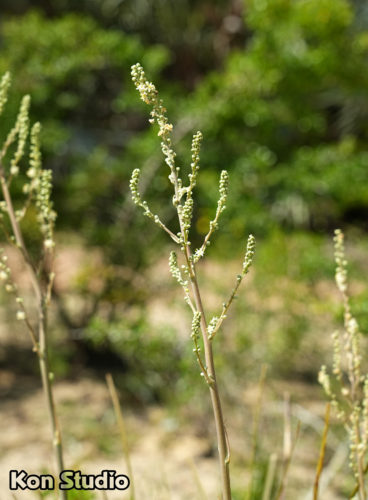
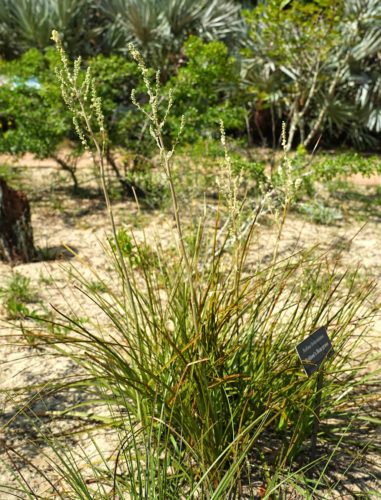
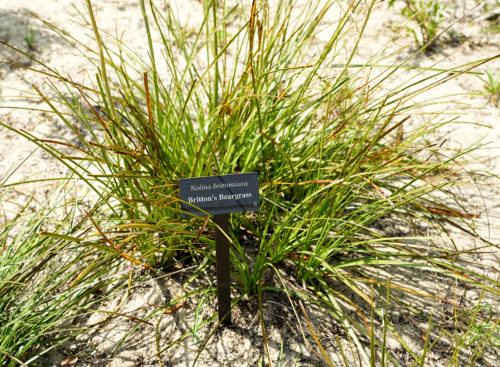

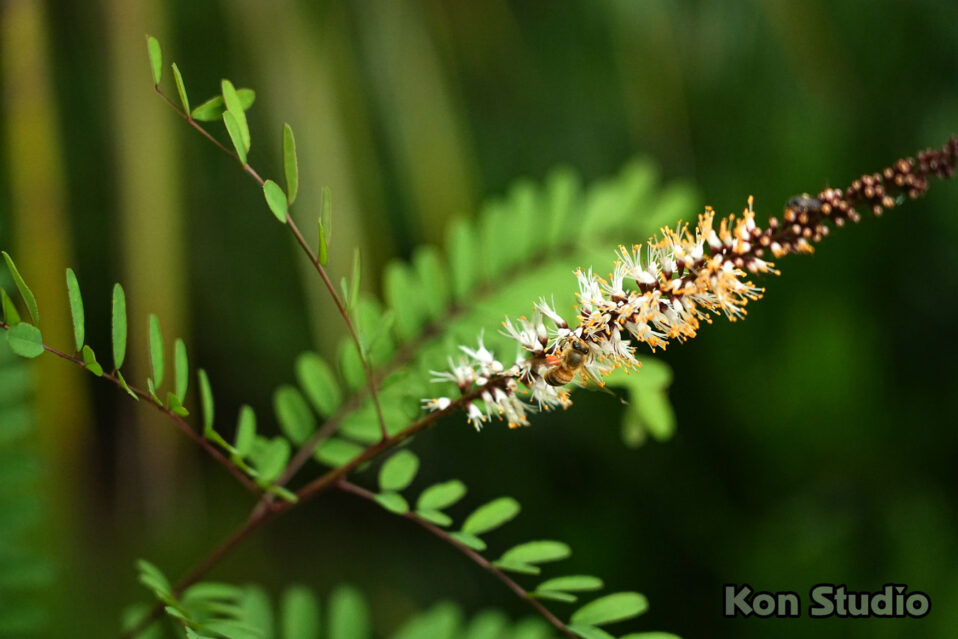
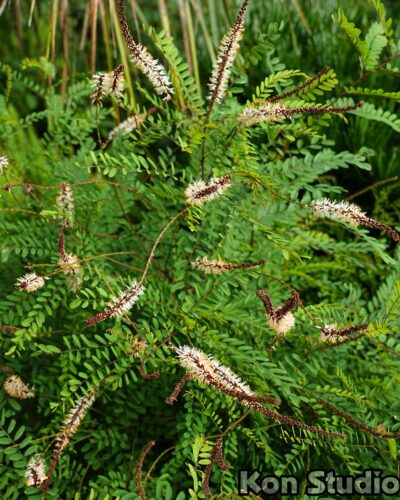
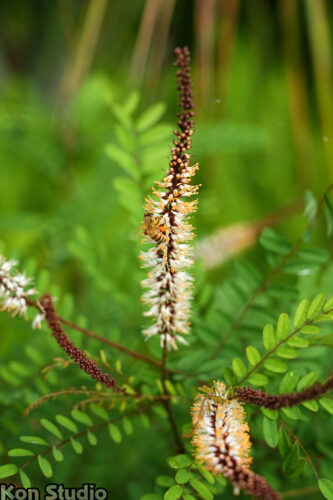
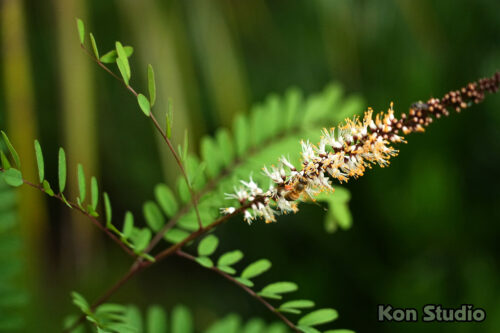
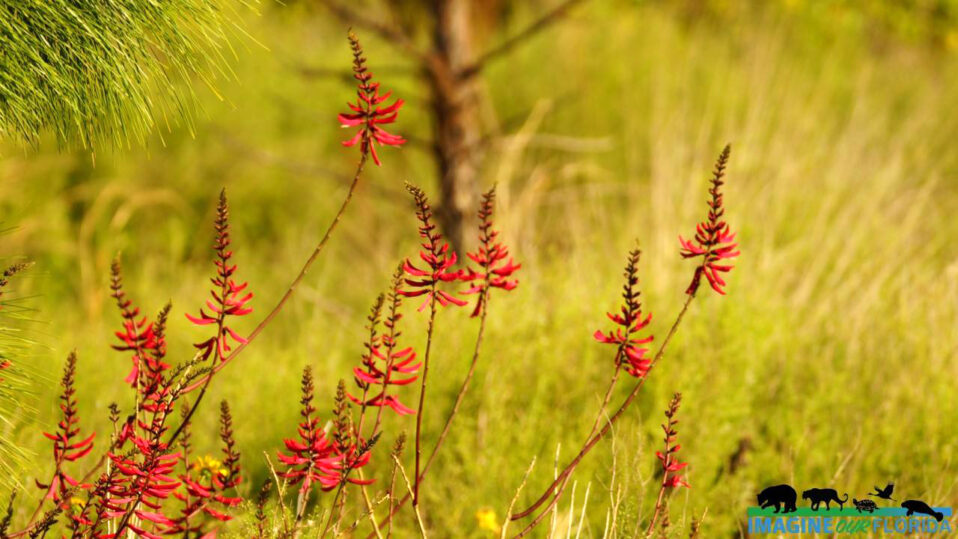
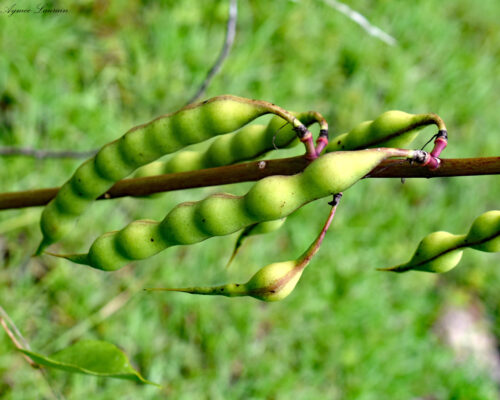
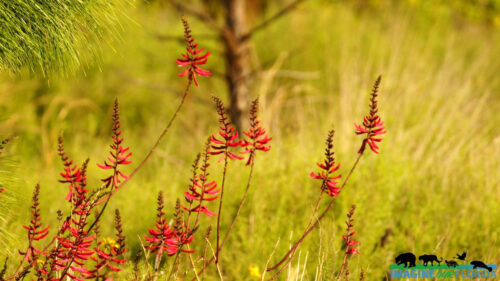
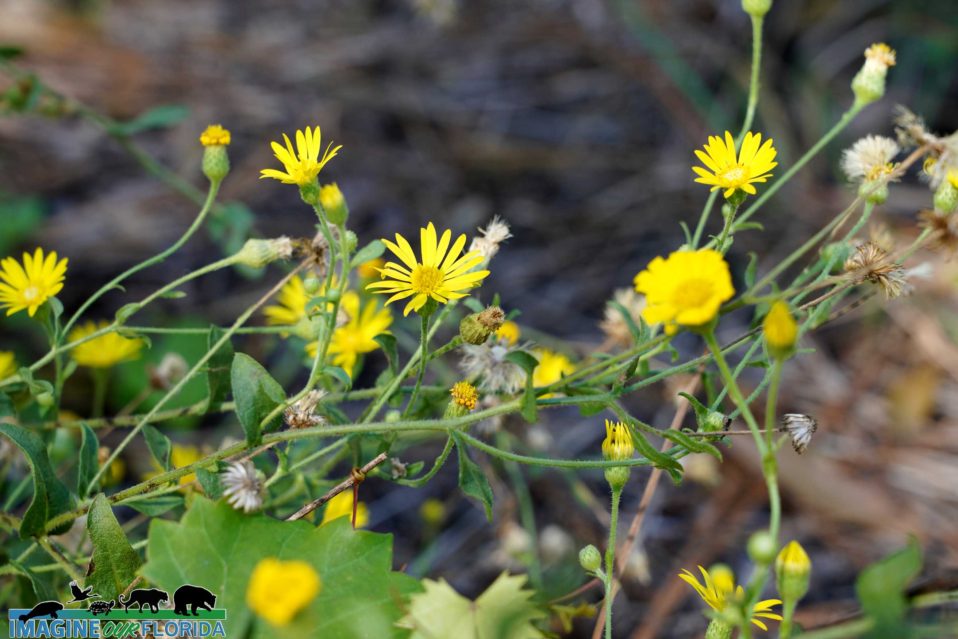
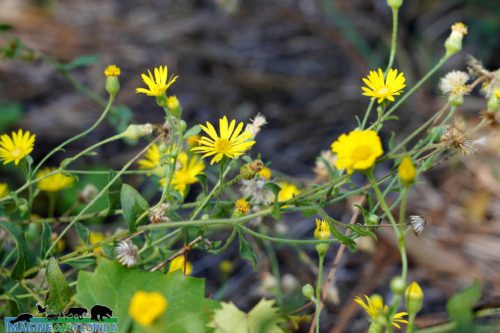
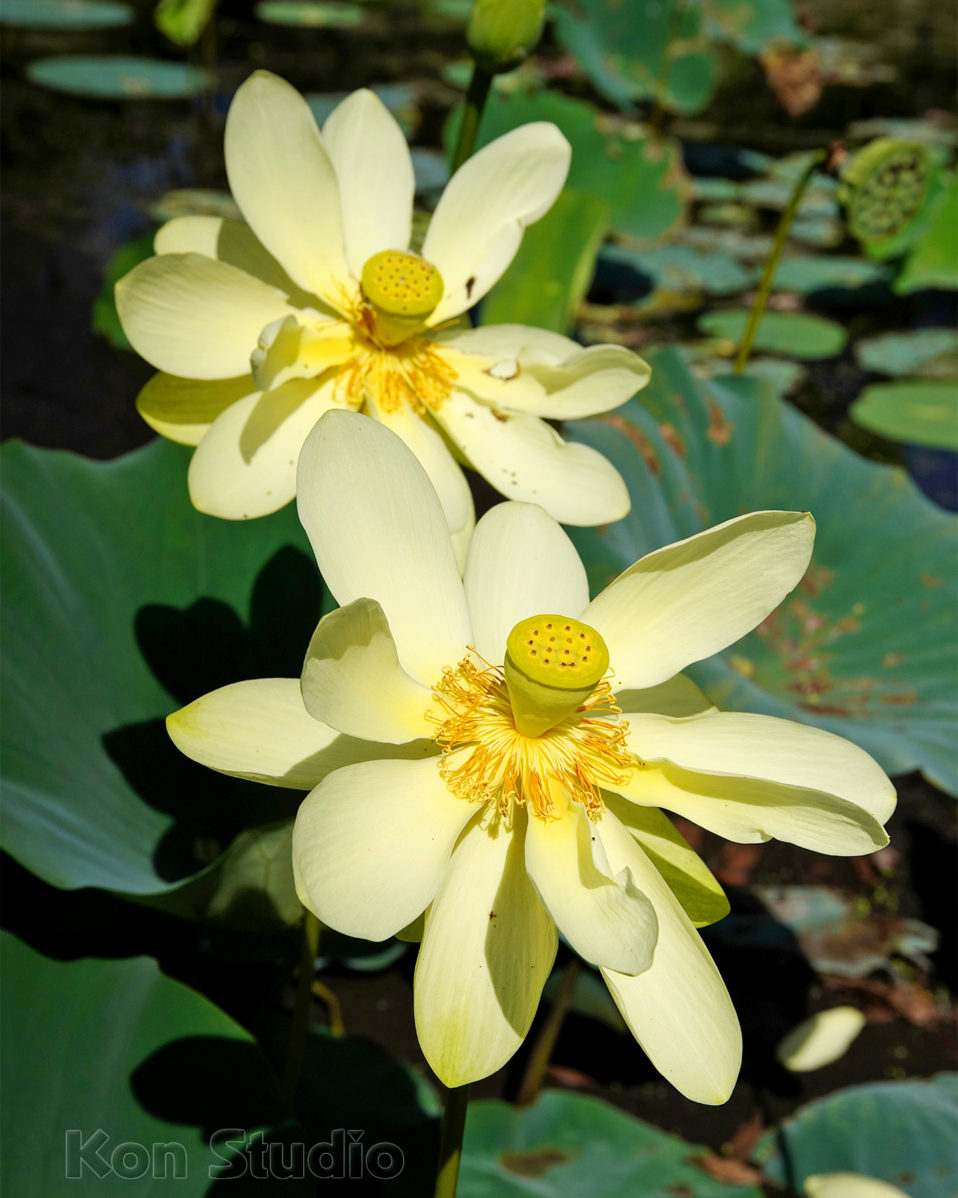
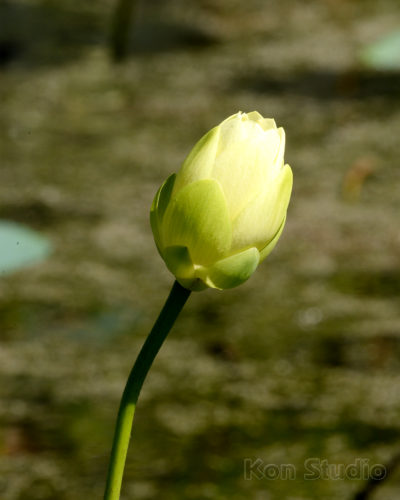
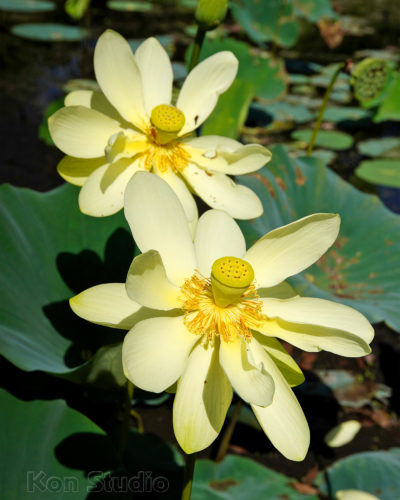
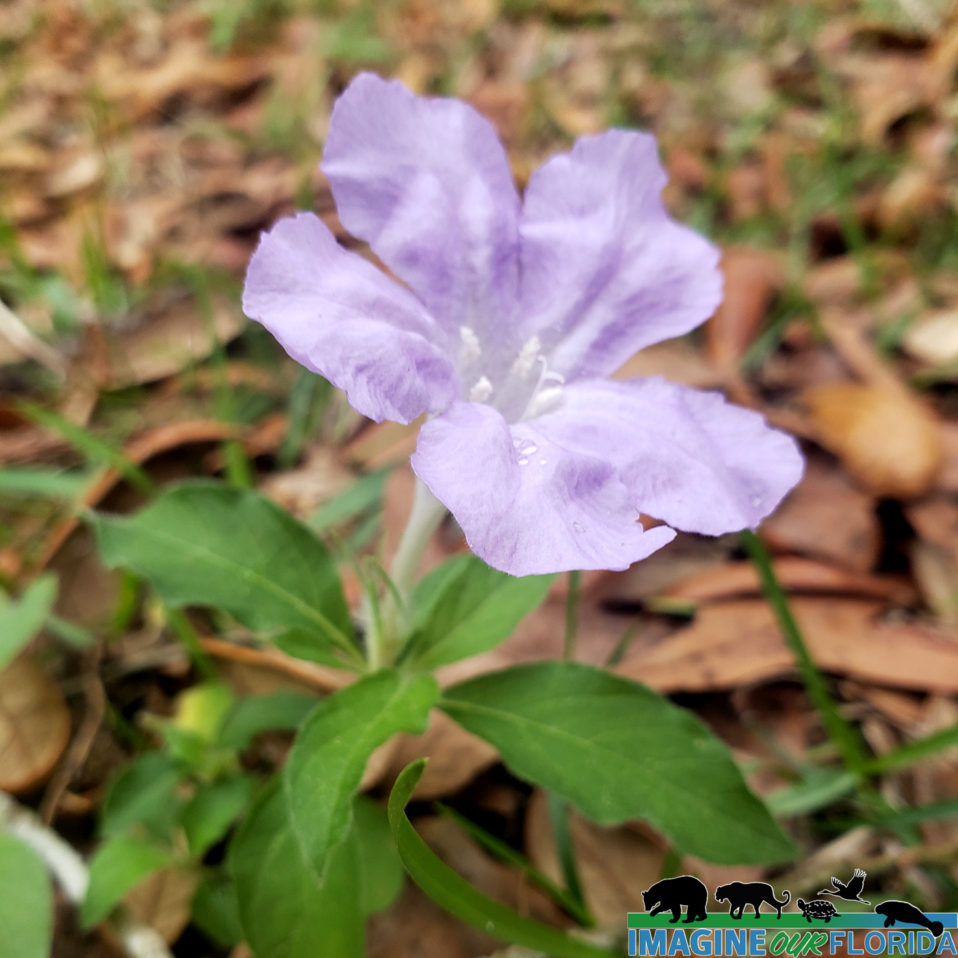
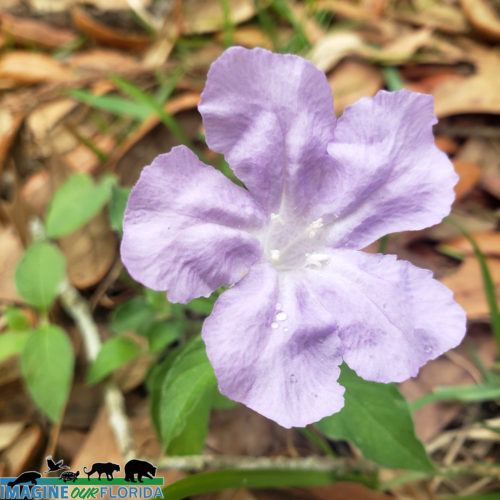
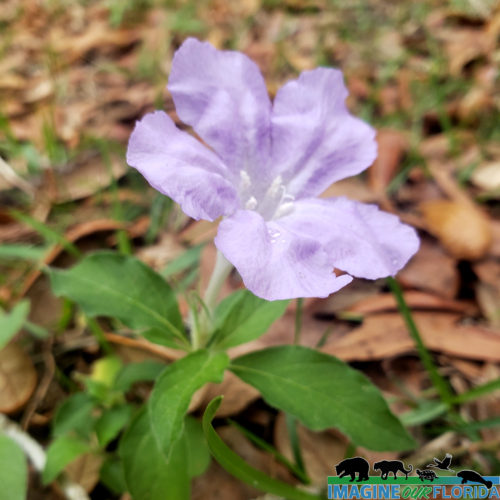
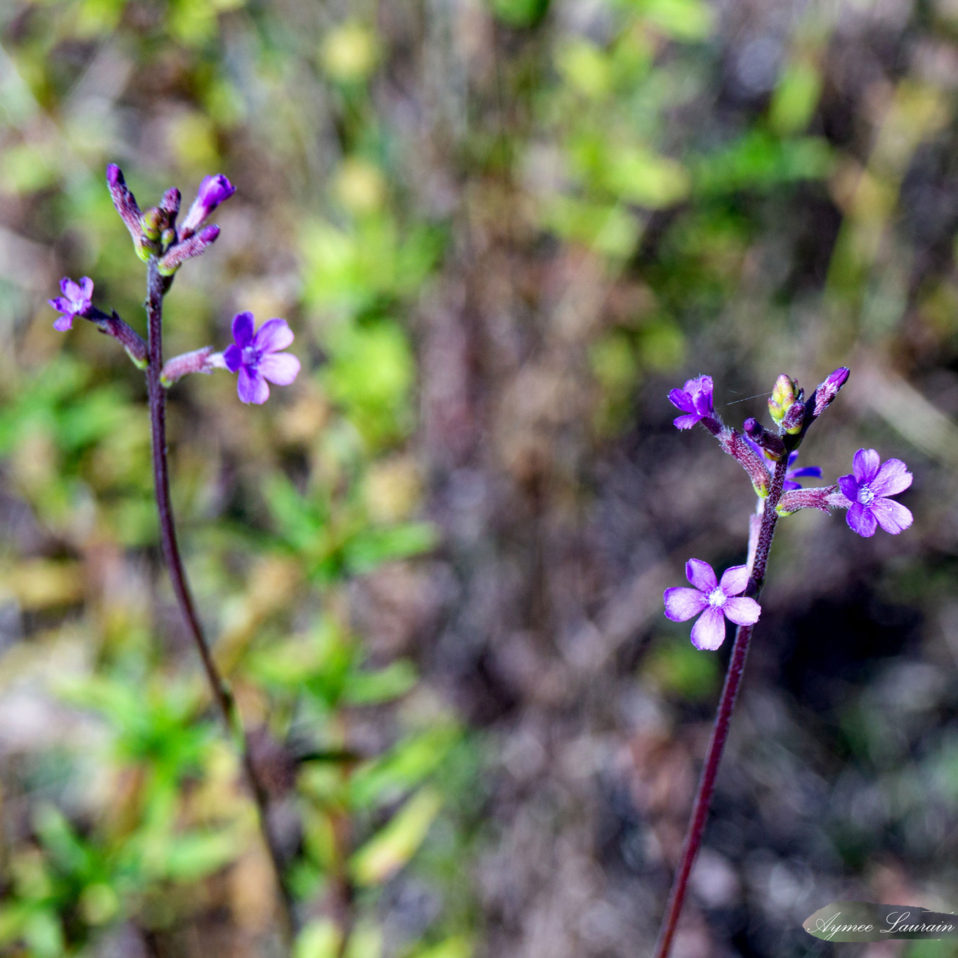
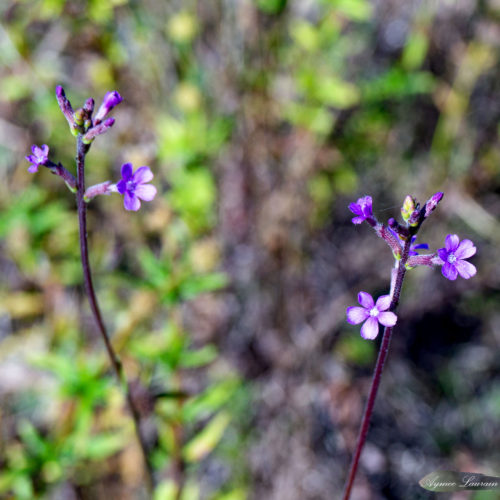
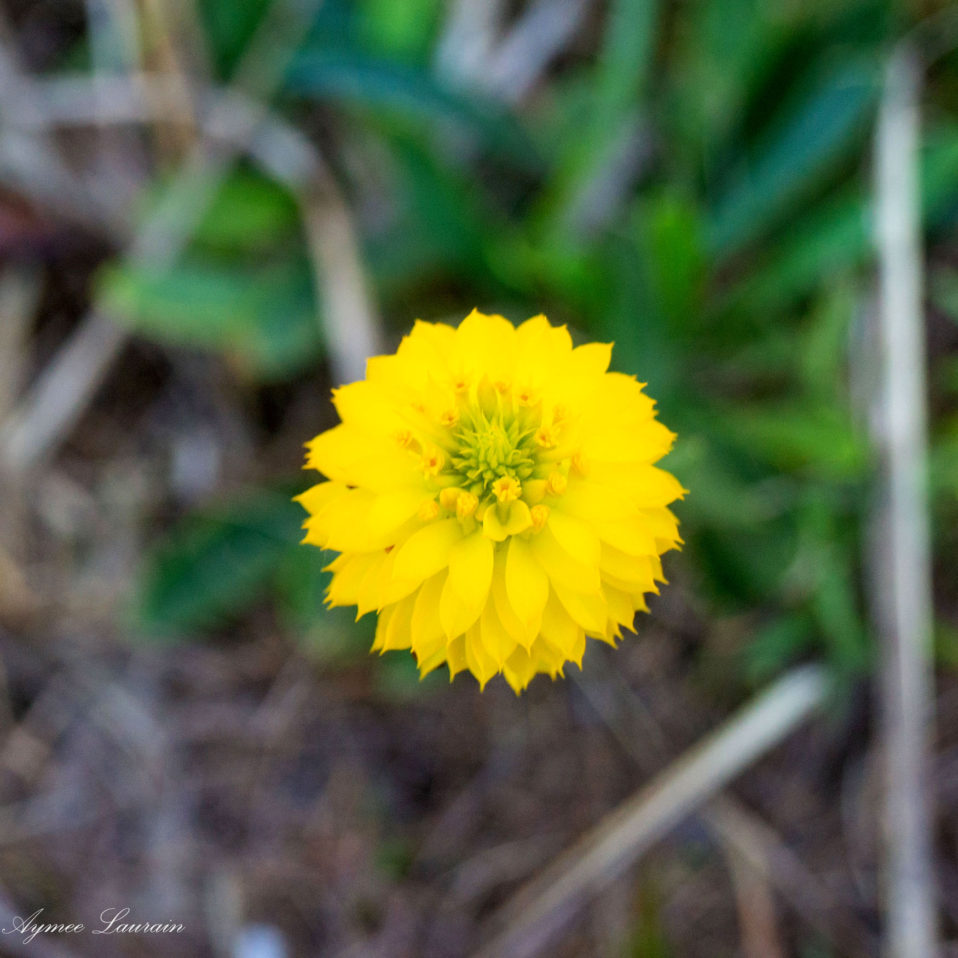
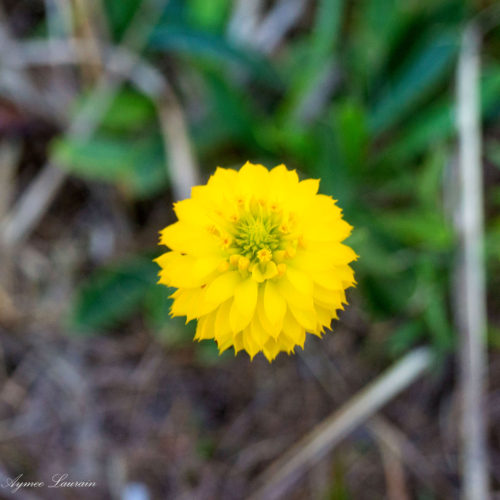
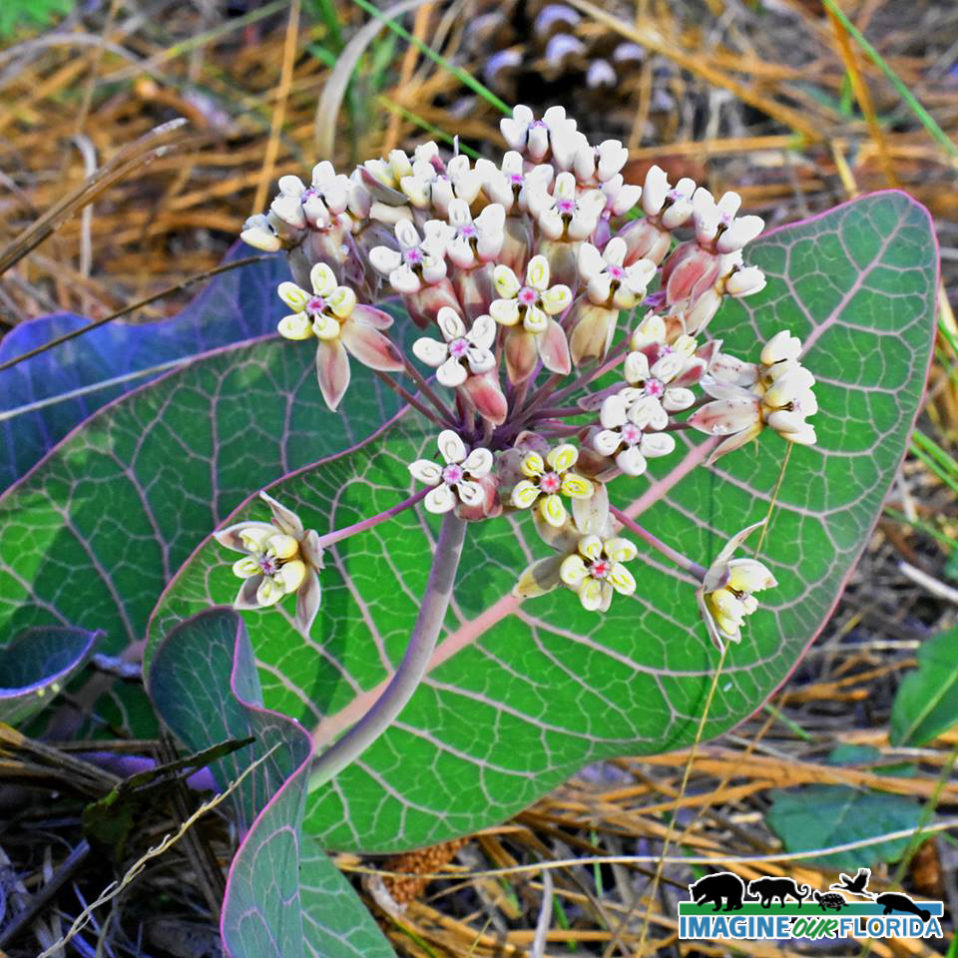
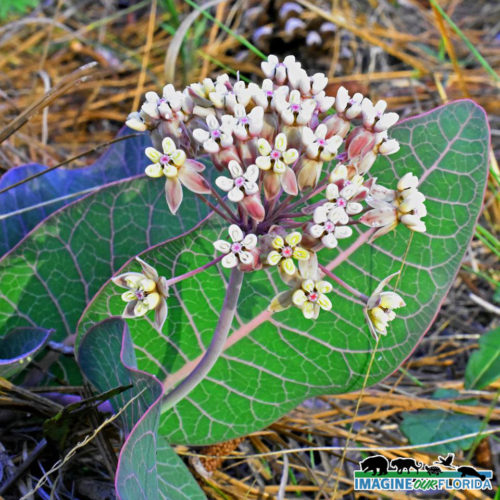
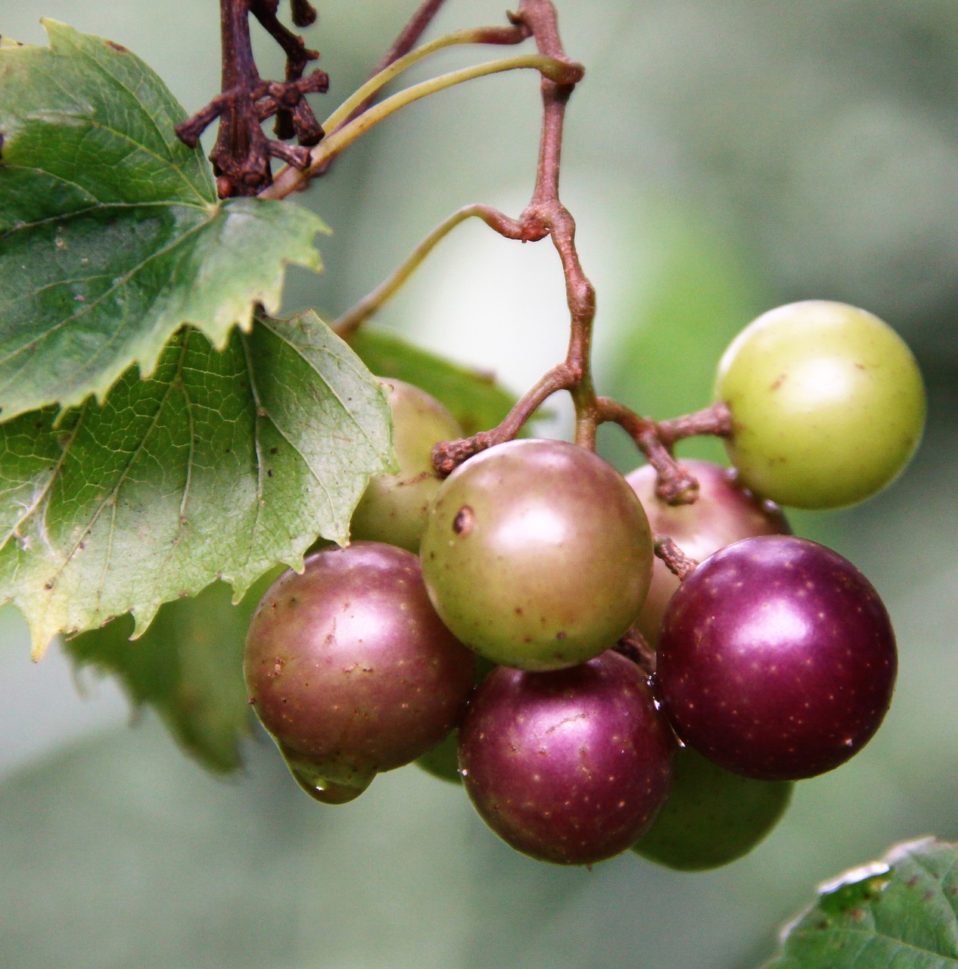
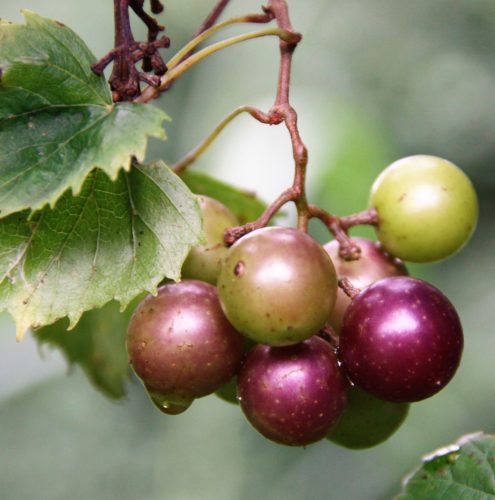
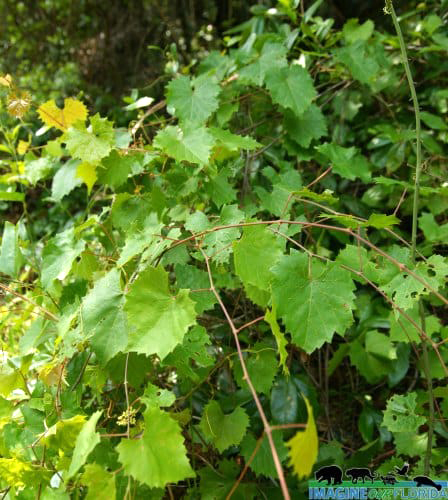
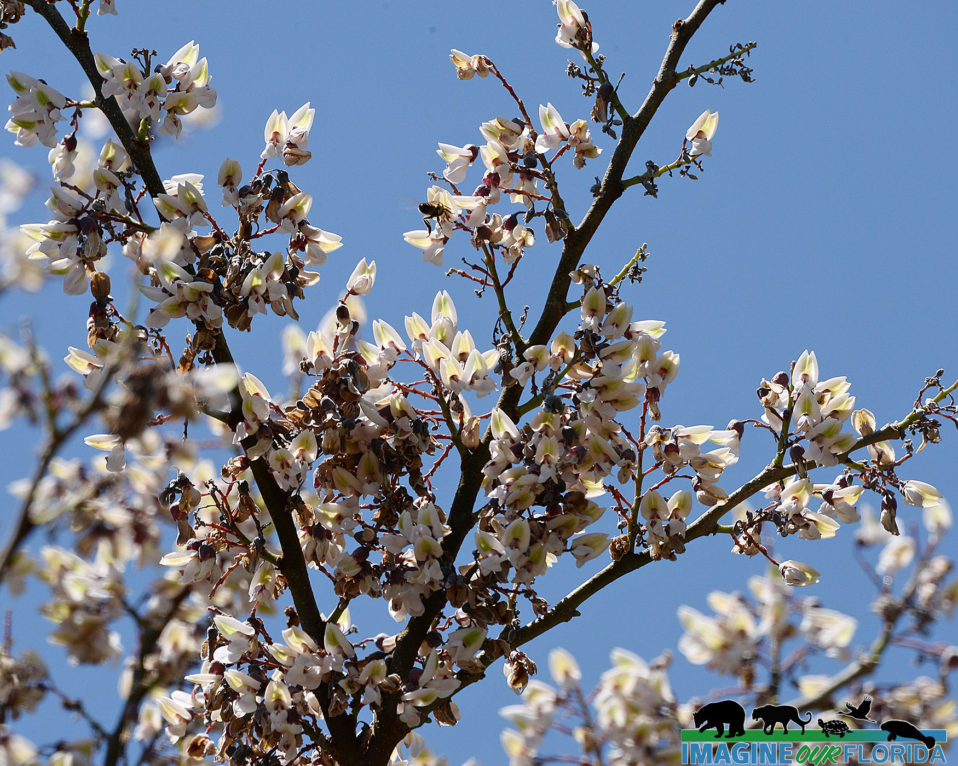
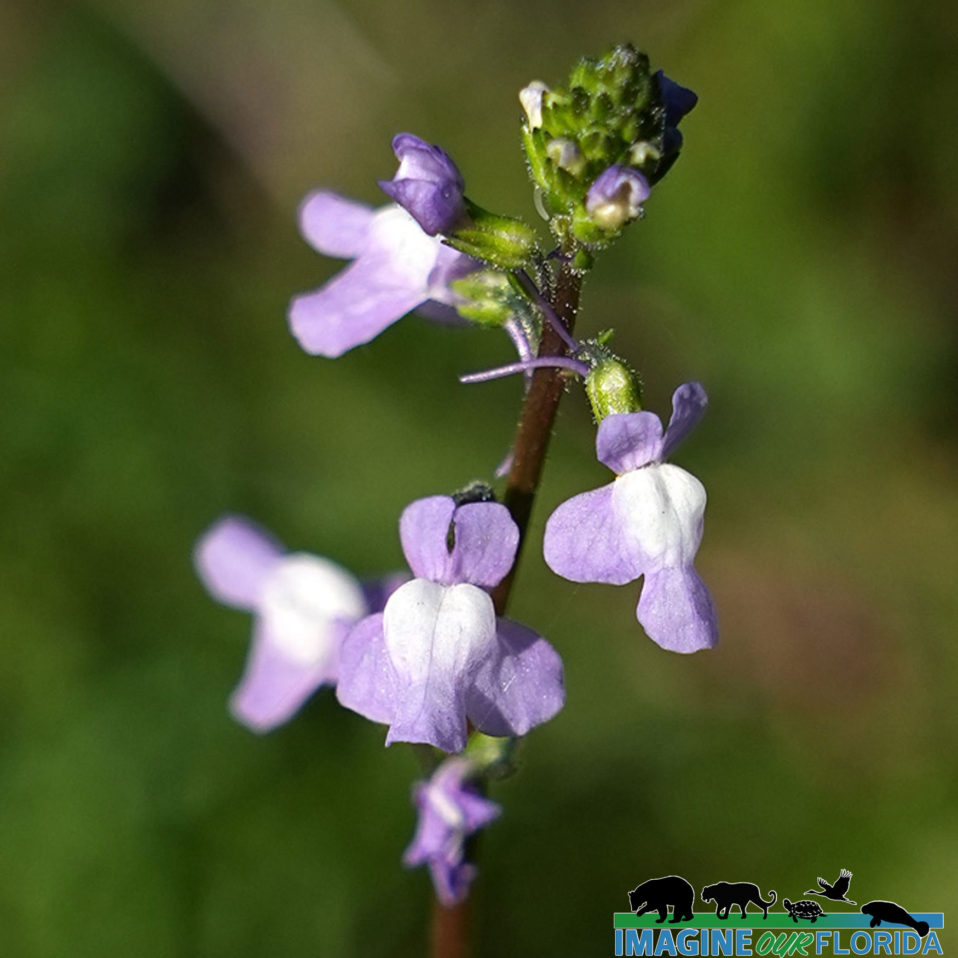
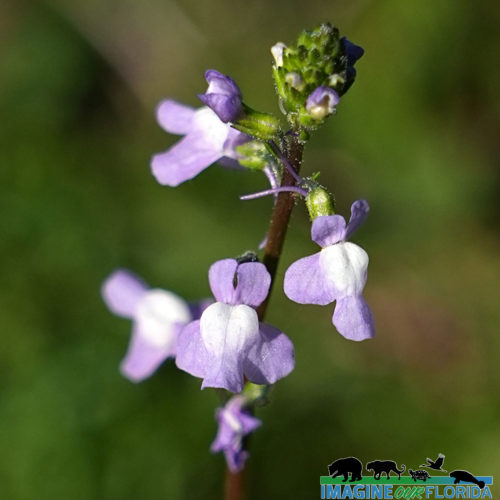
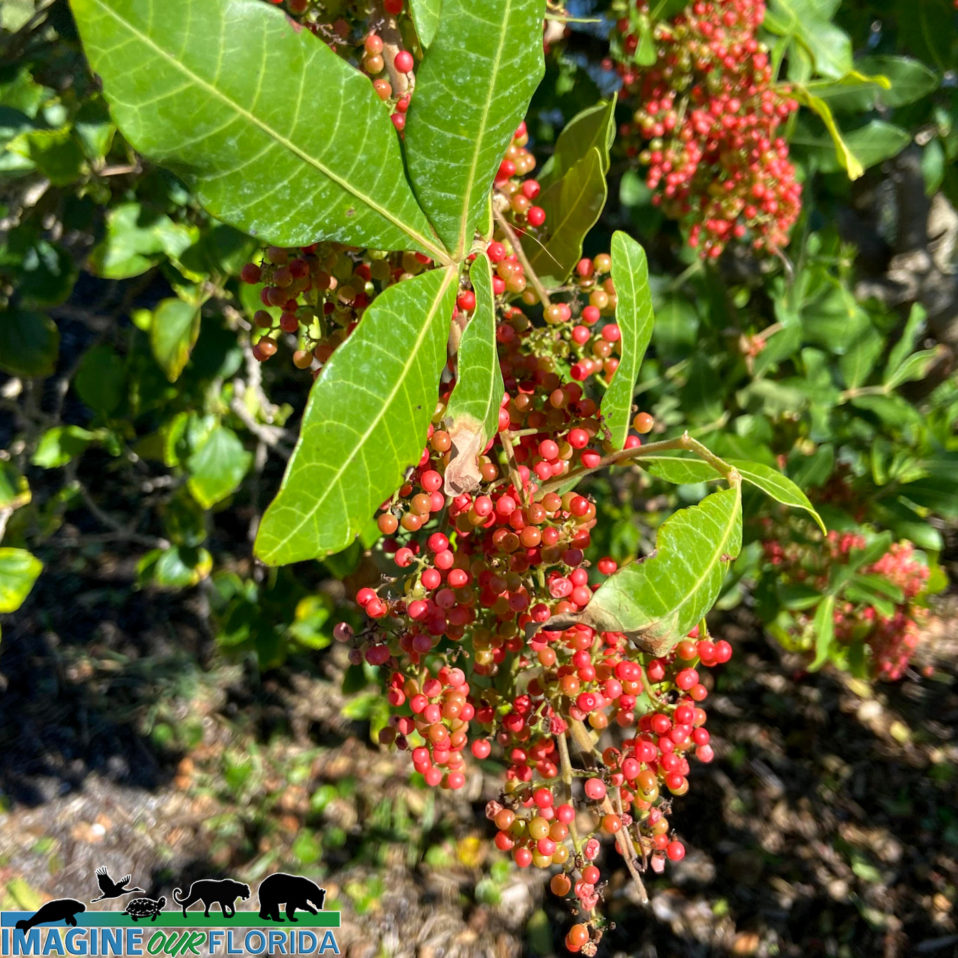
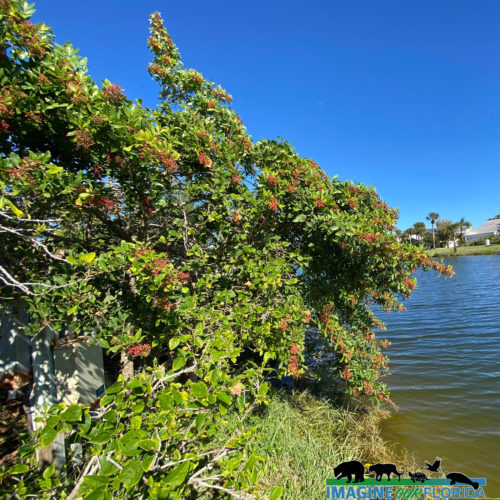
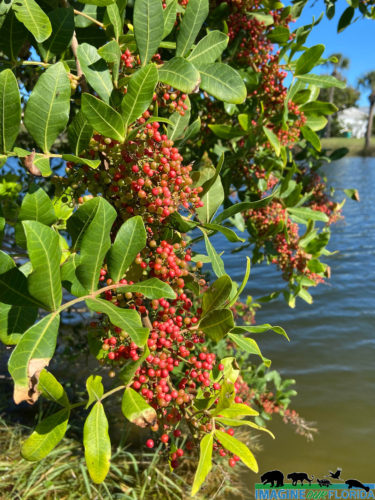 lian
lian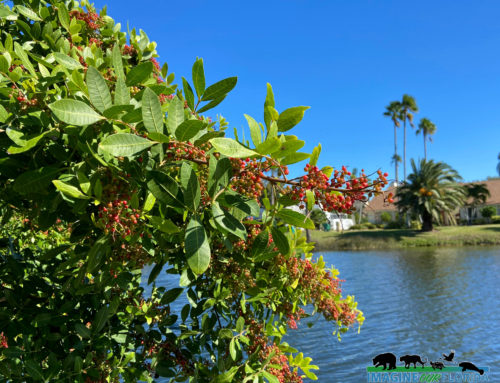
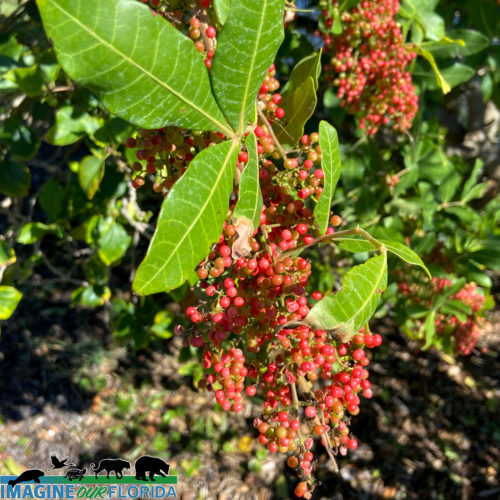
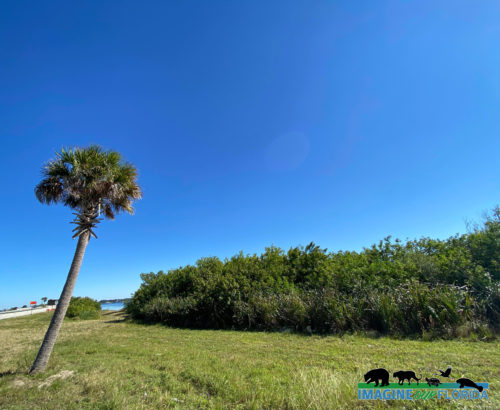
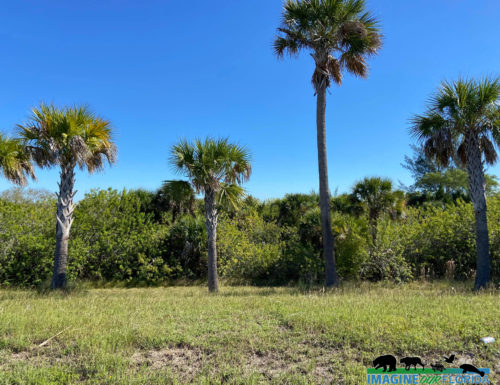
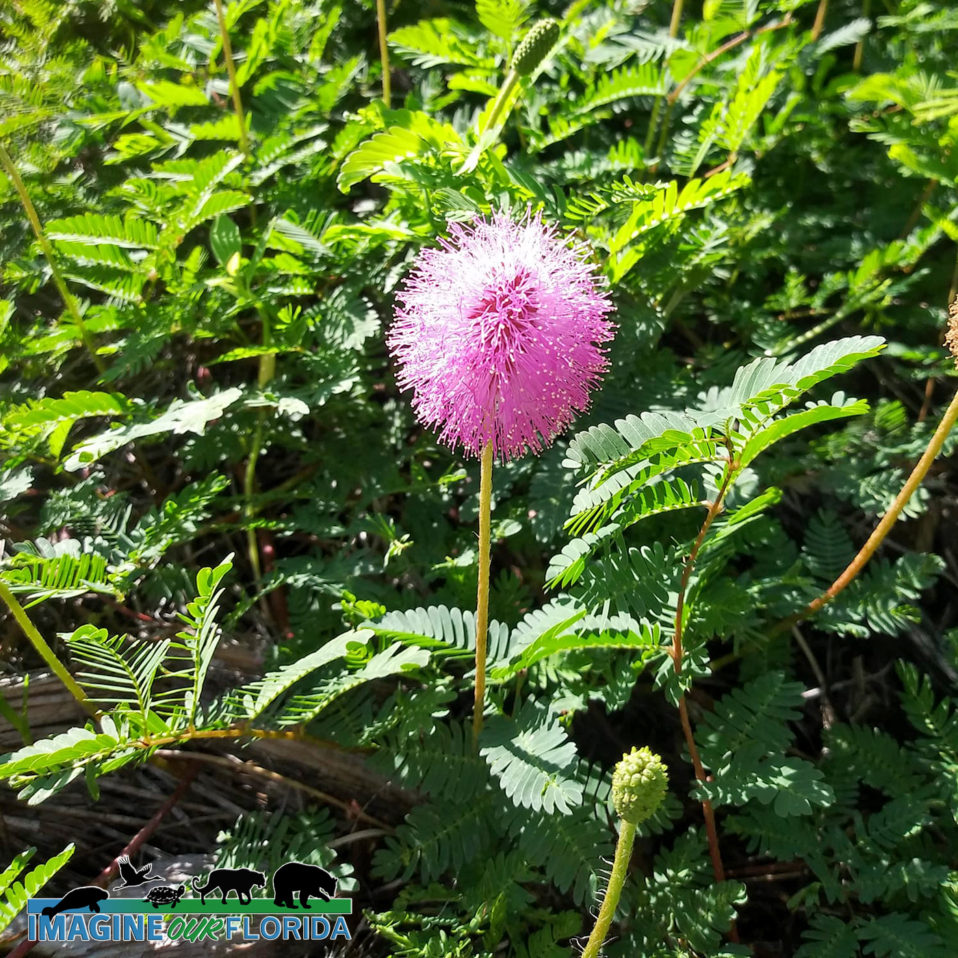
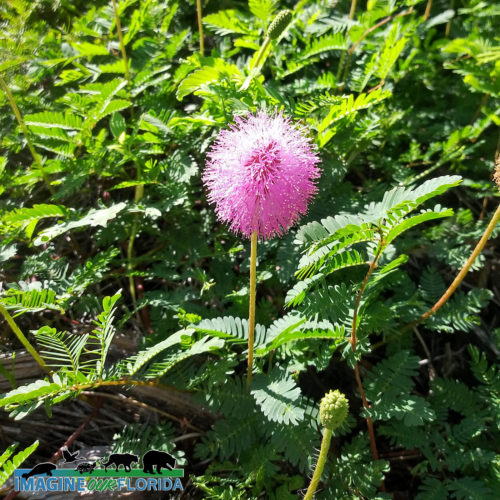
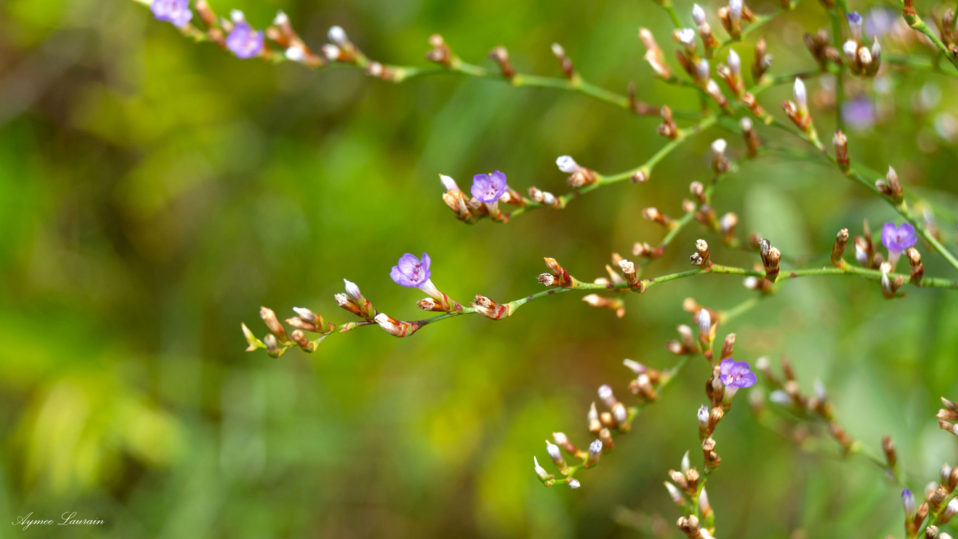
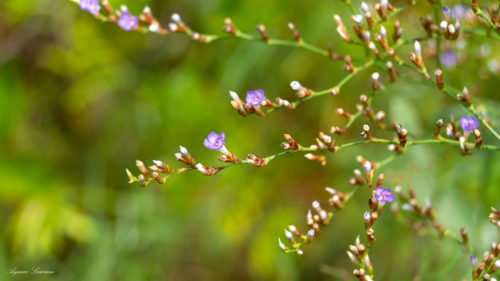
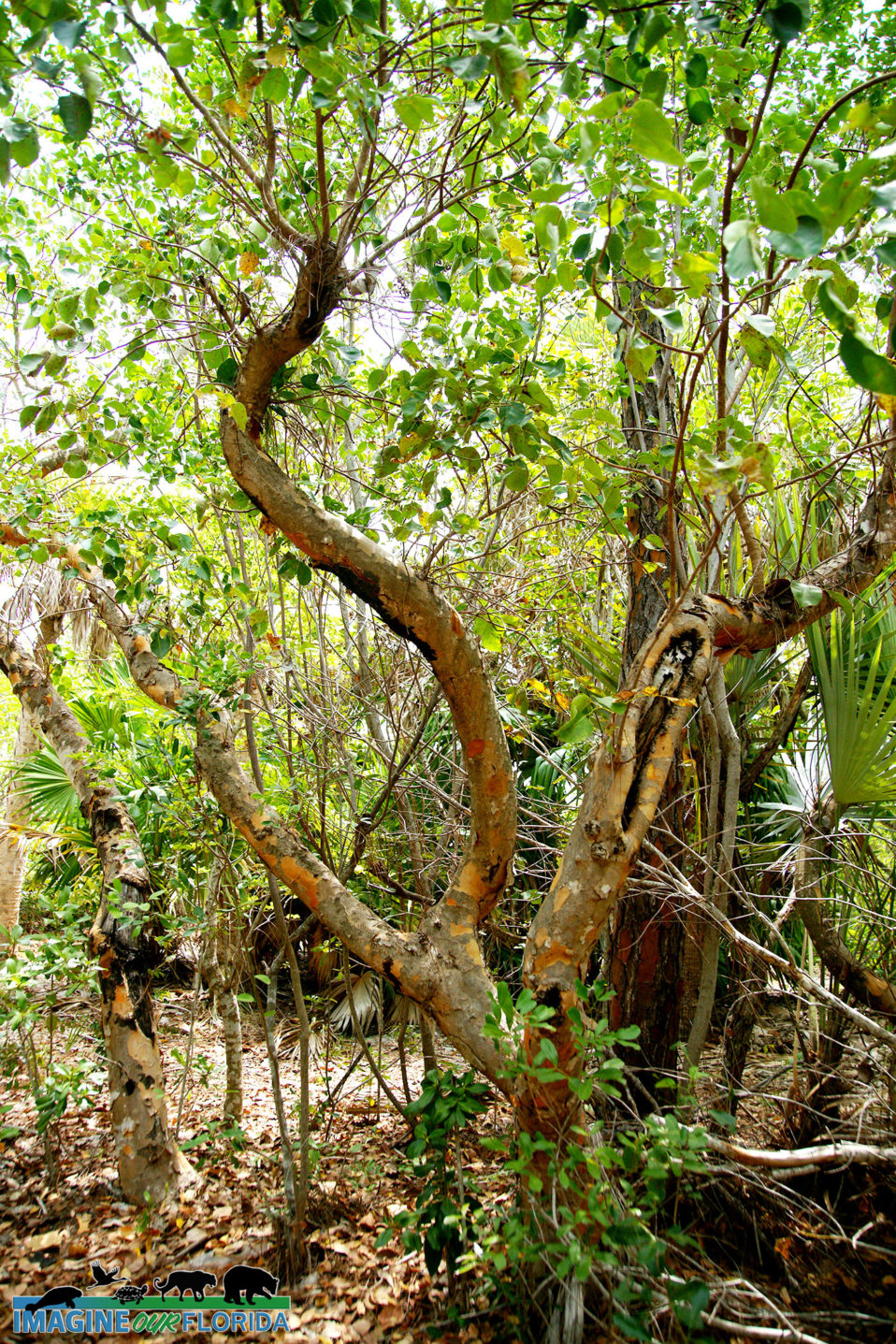
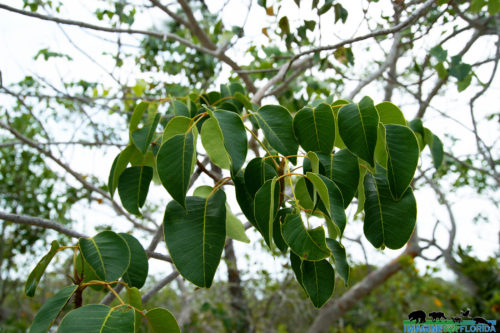
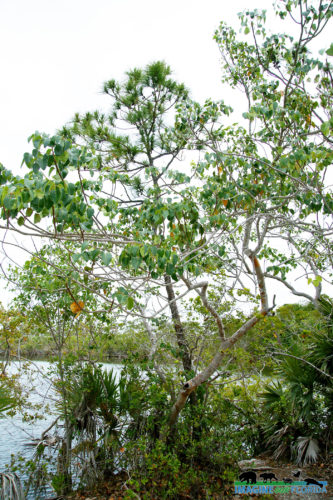
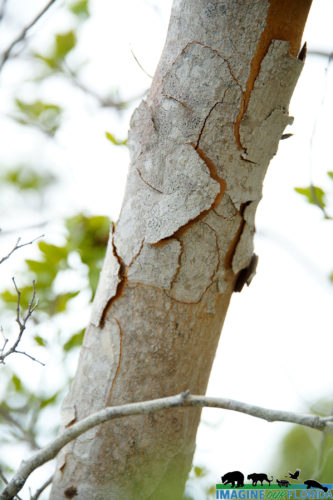
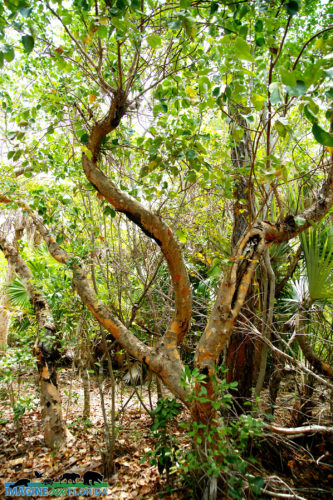
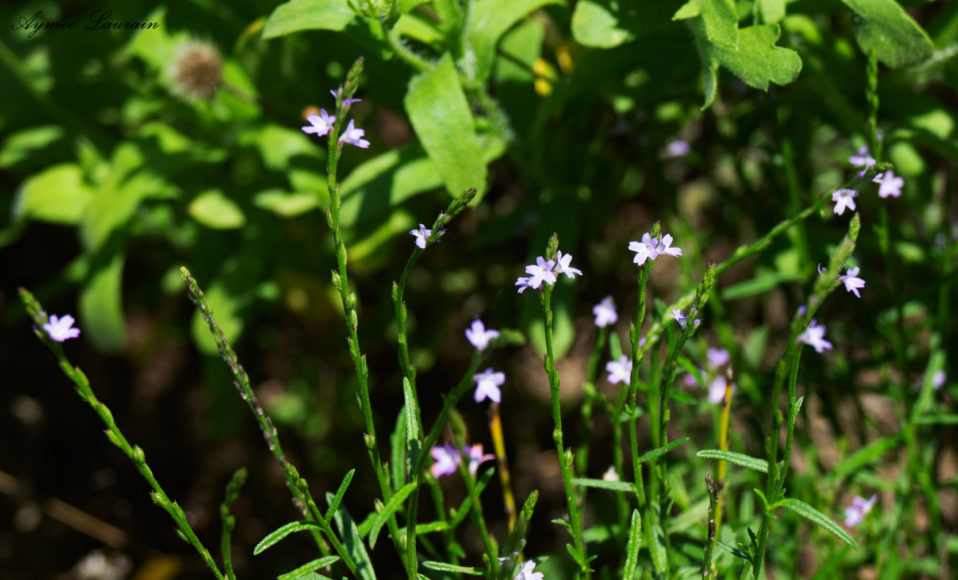
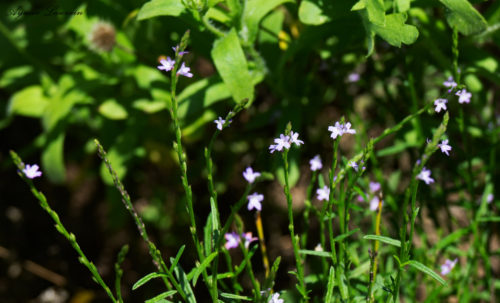
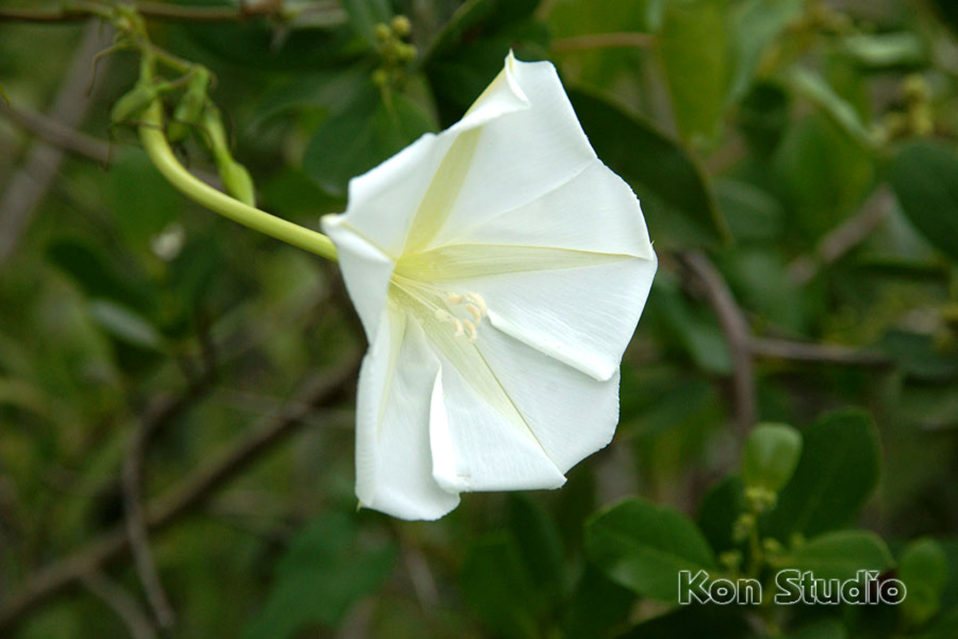
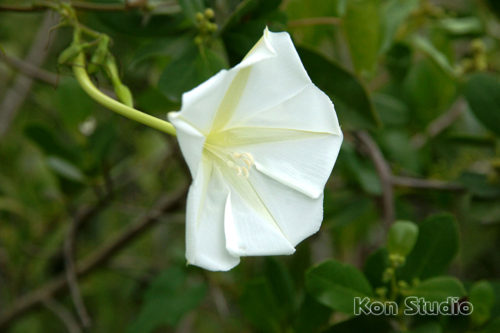
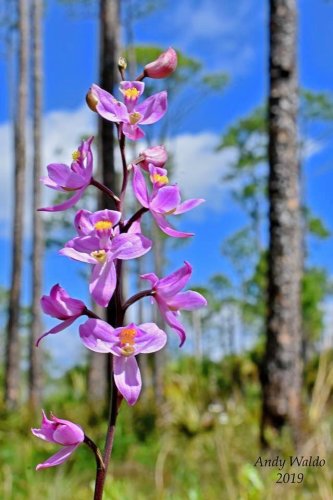
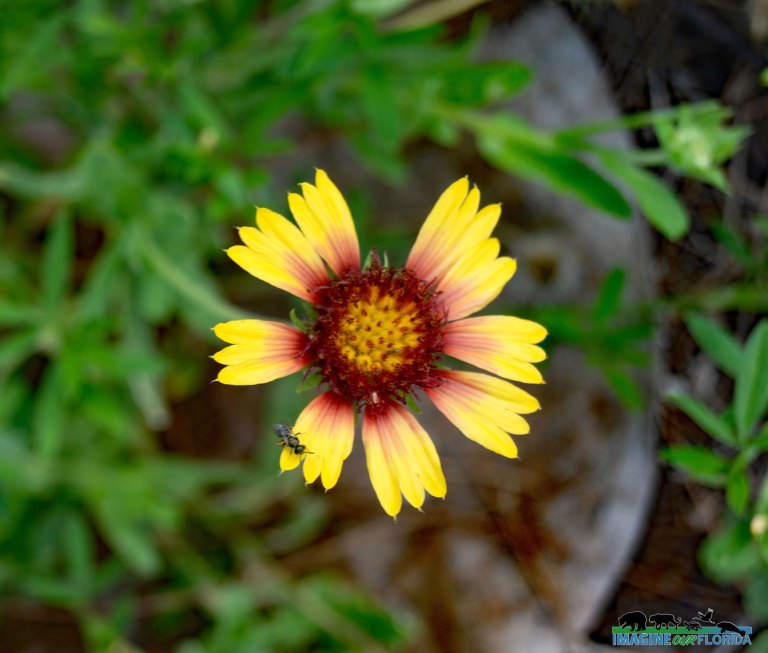
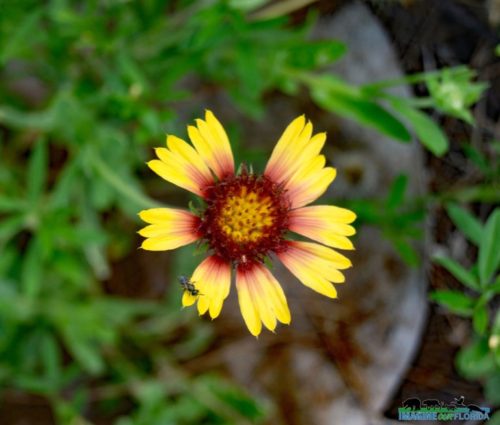
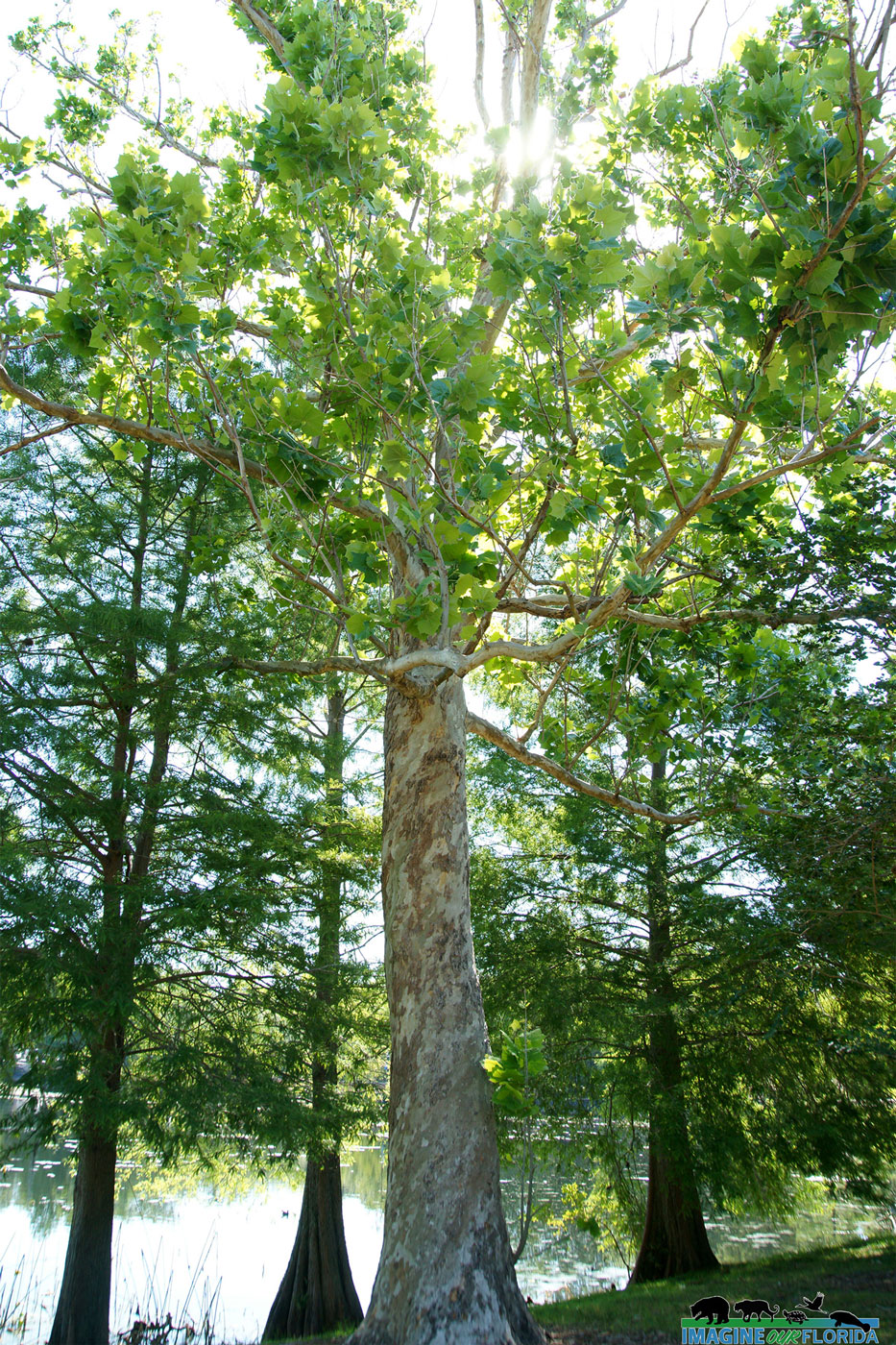
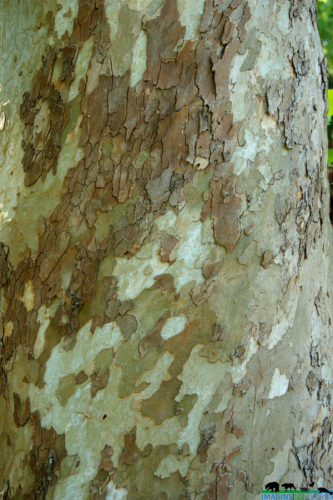
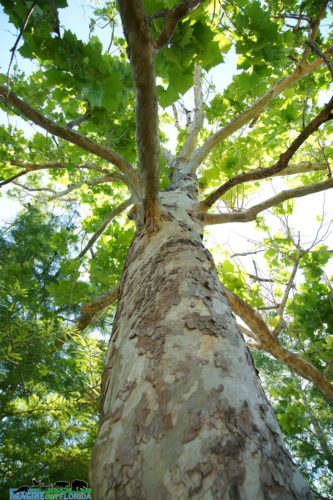
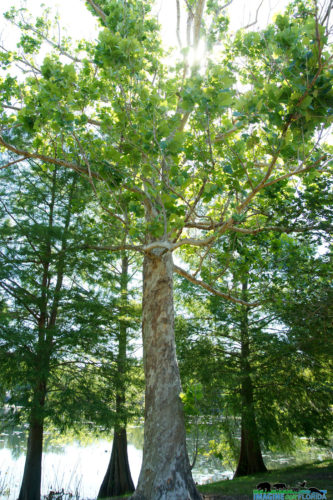
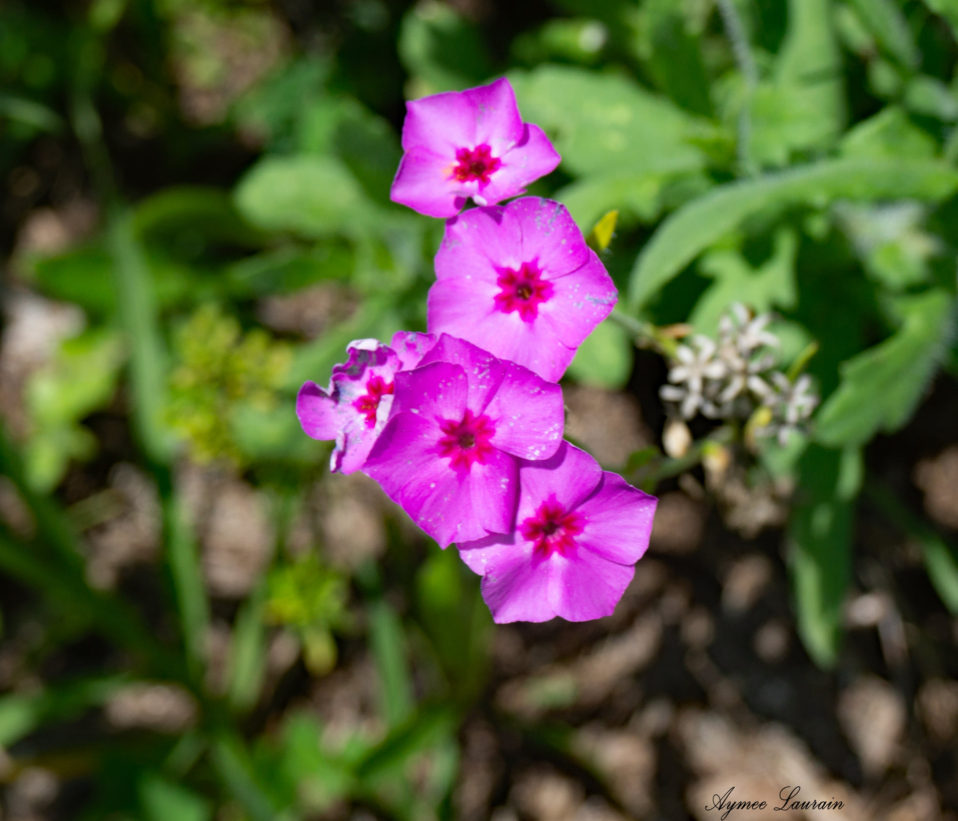
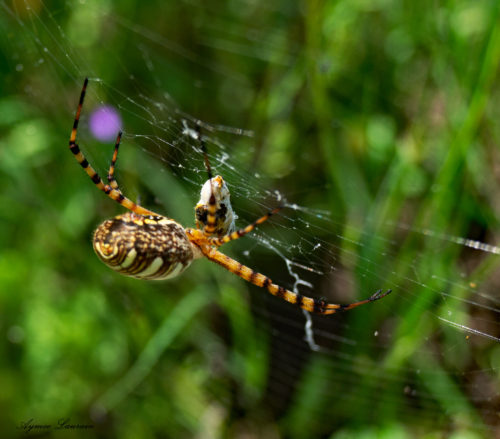
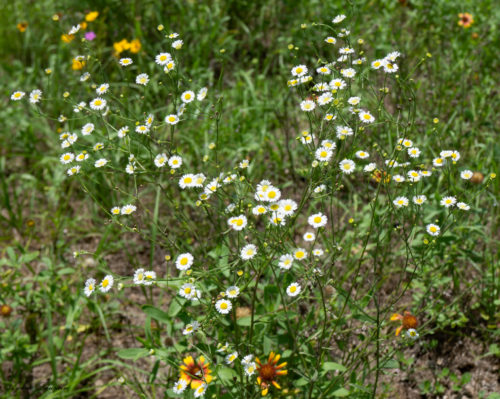
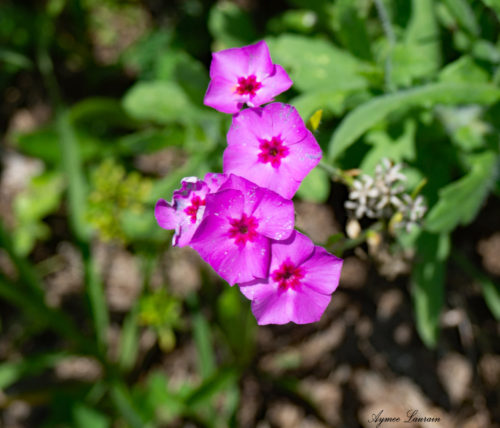
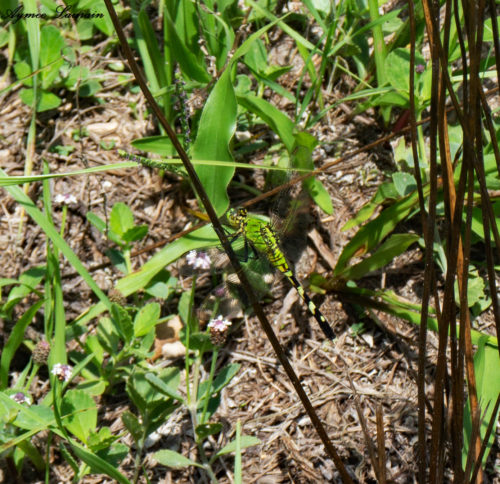
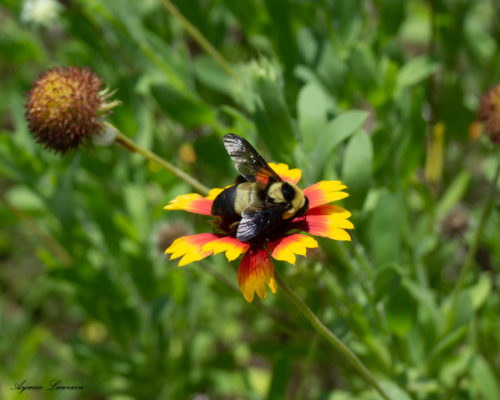
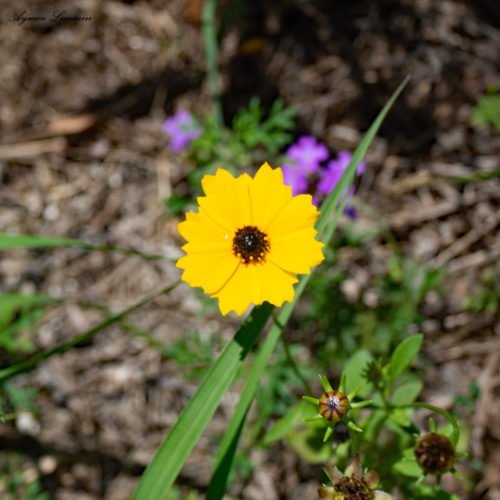
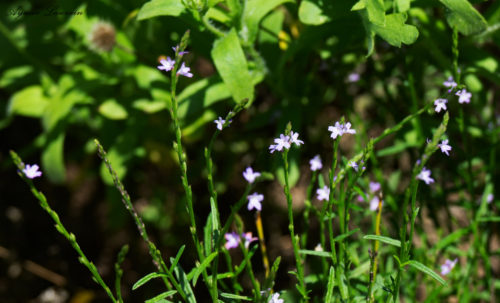
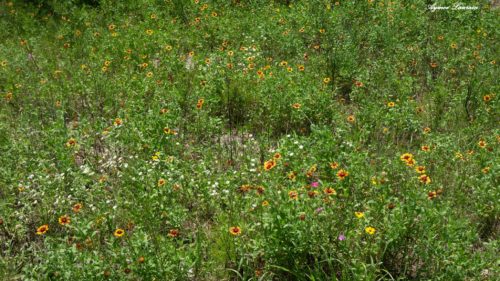
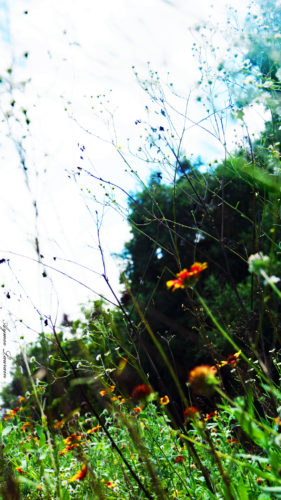
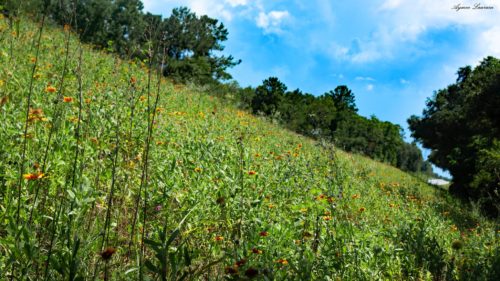
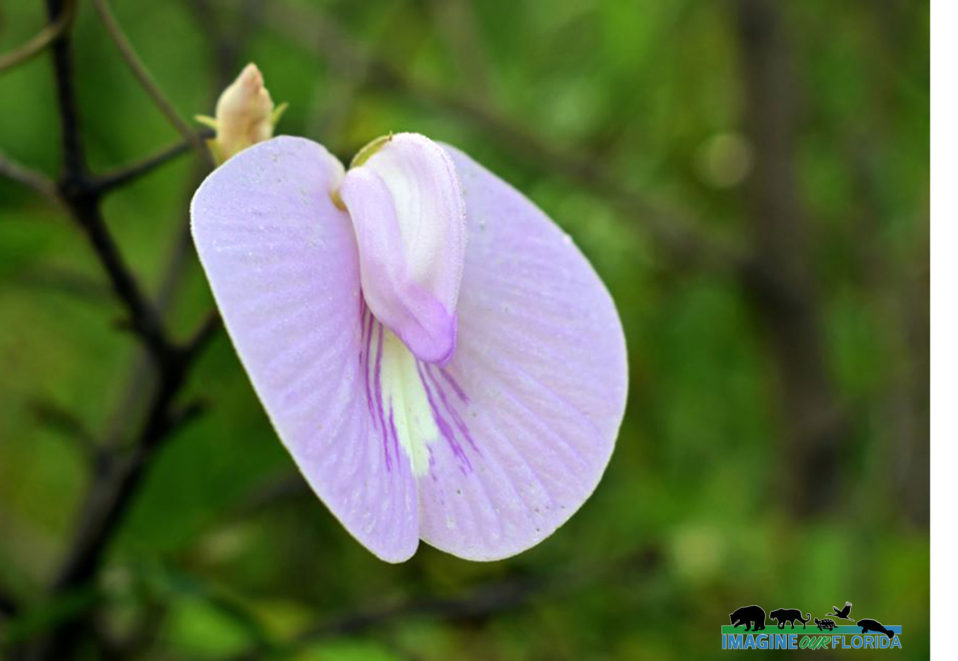
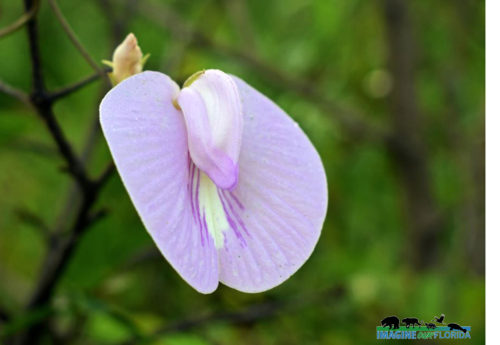
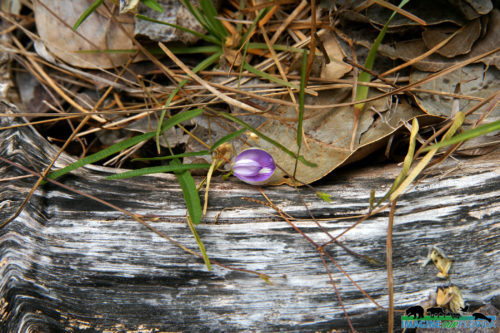
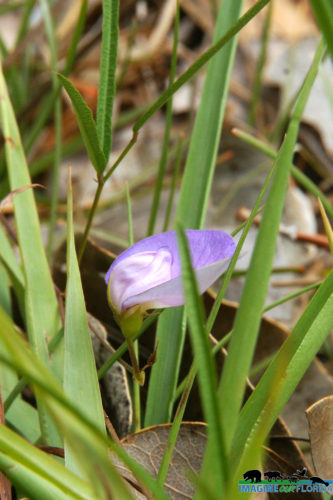
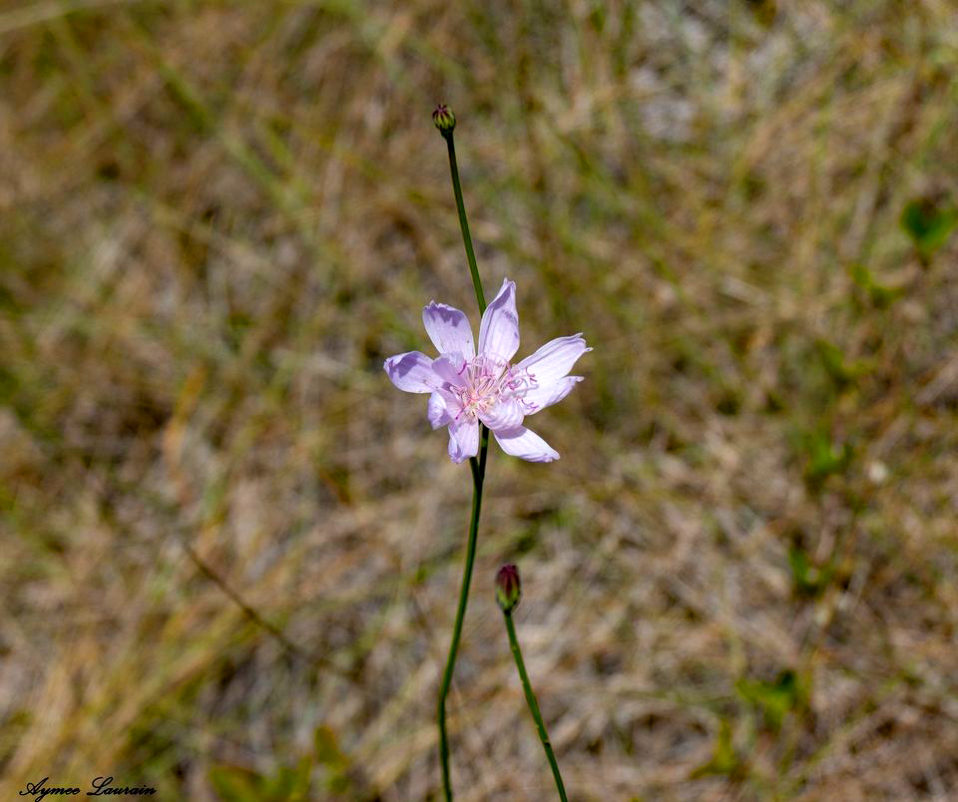
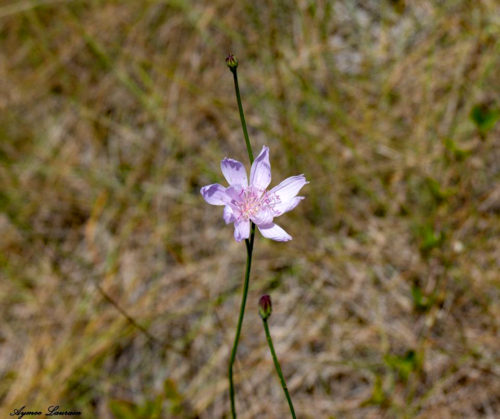
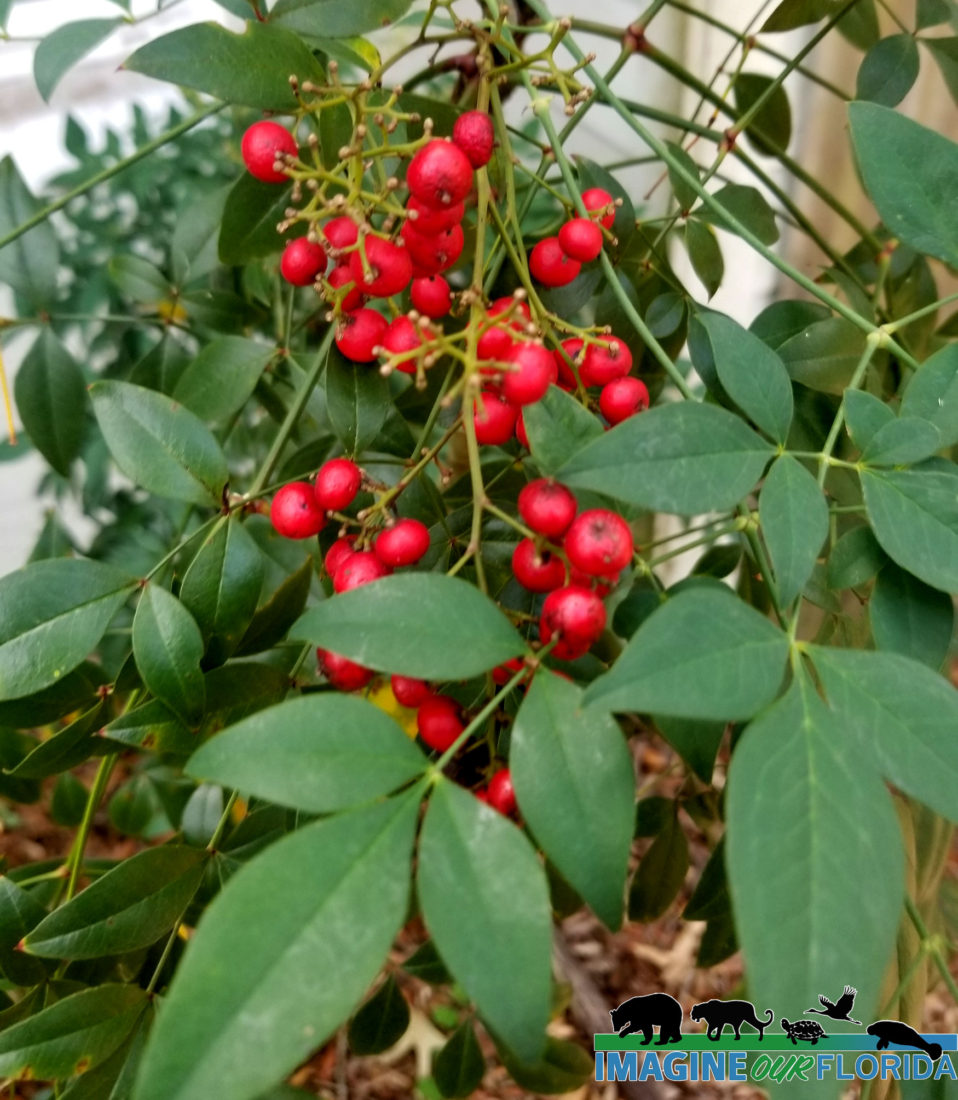
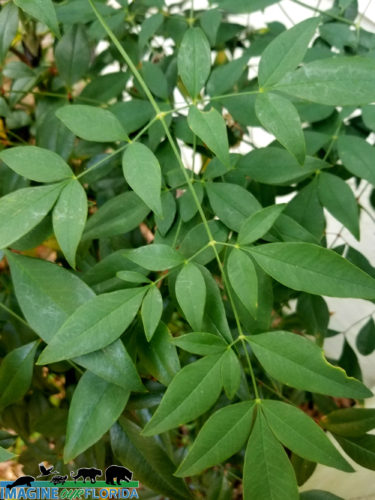
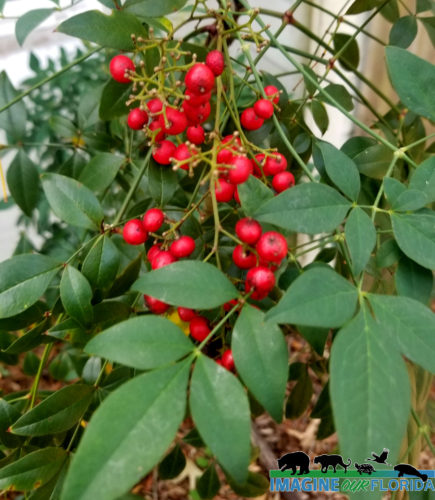
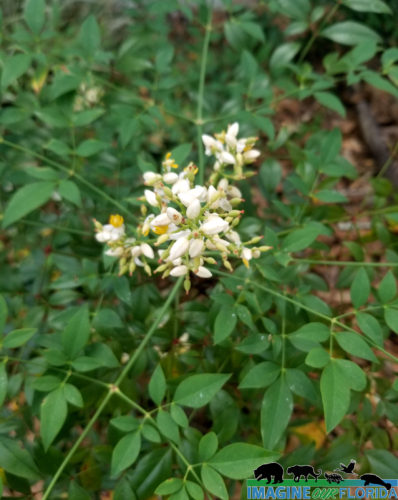
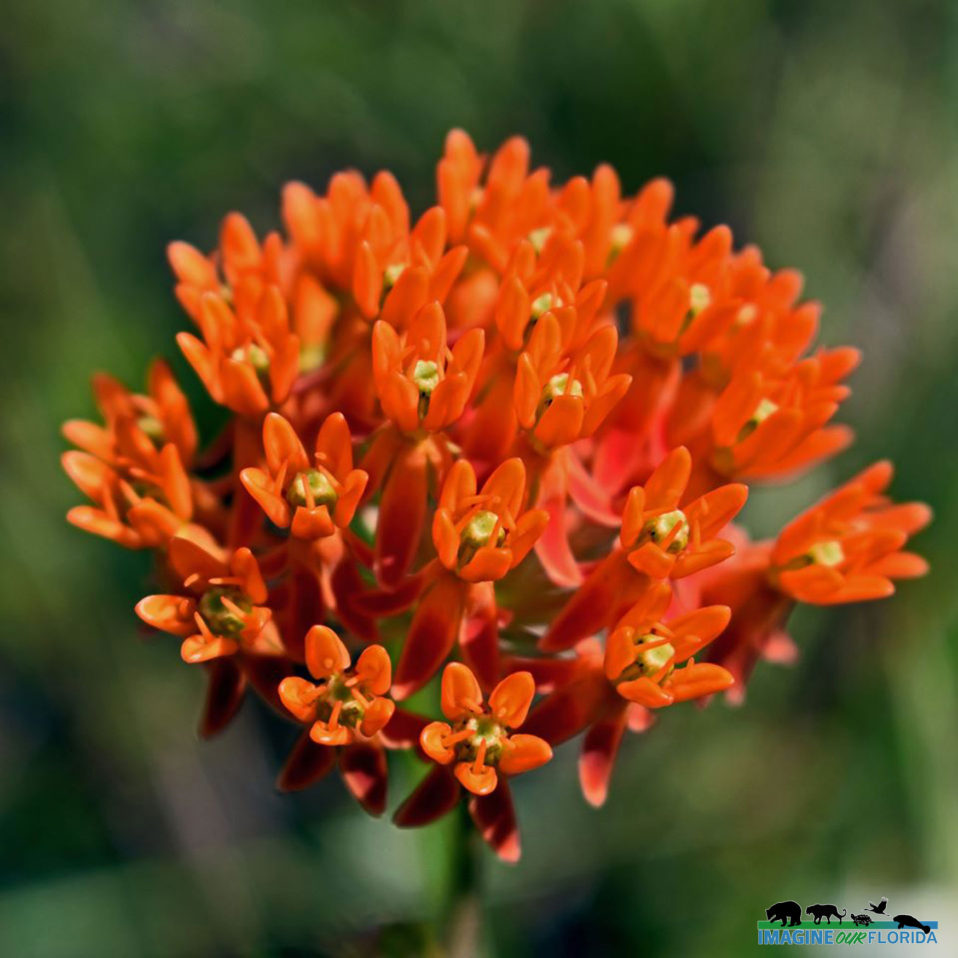
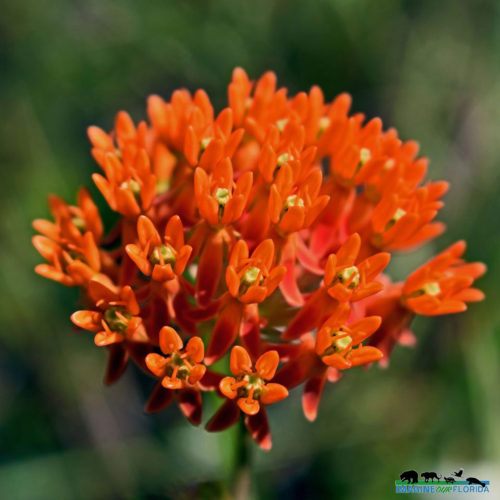
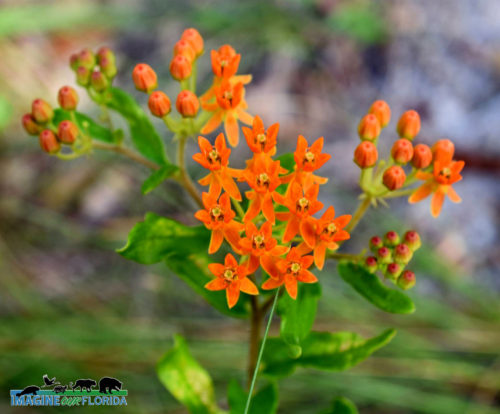
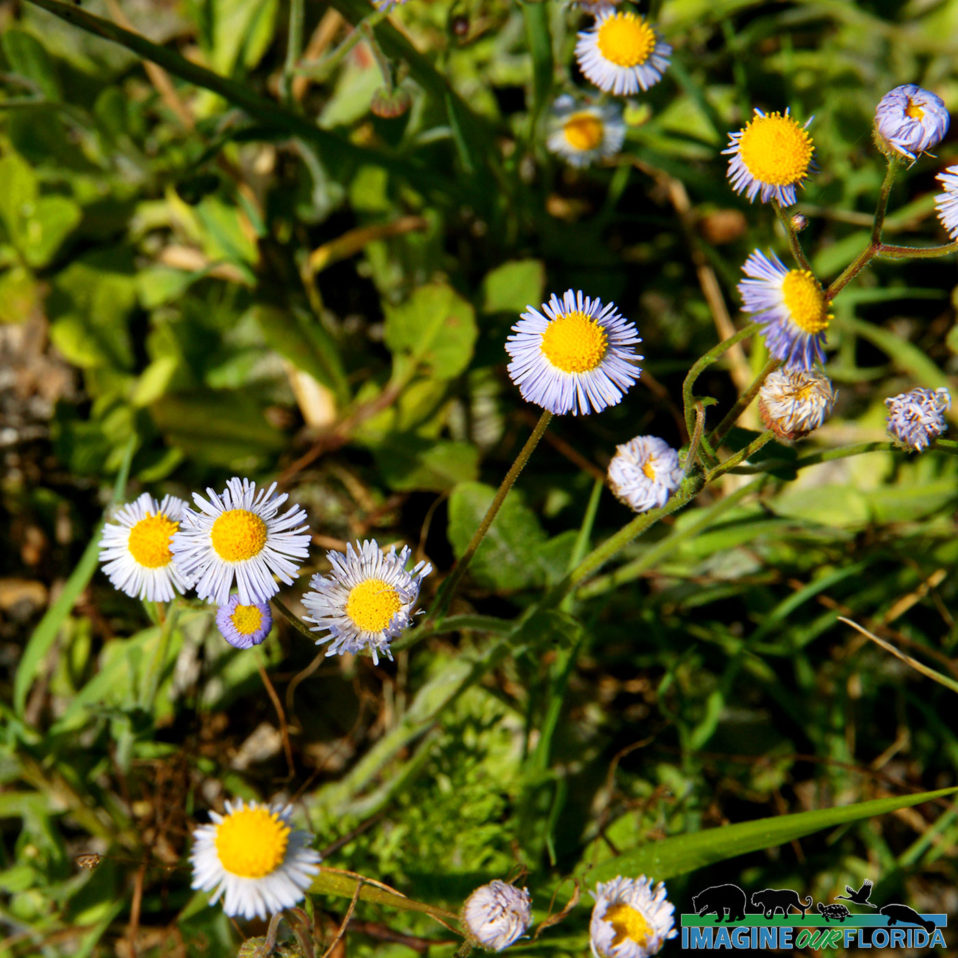
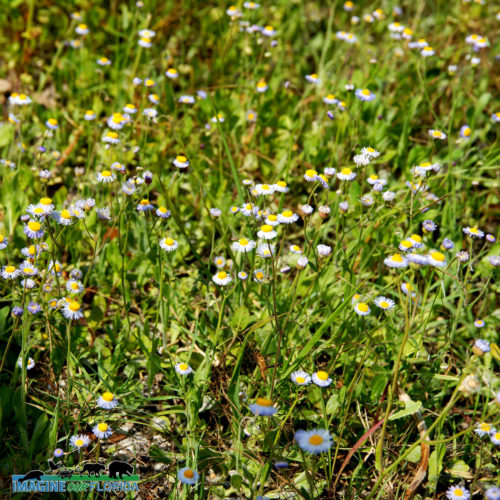
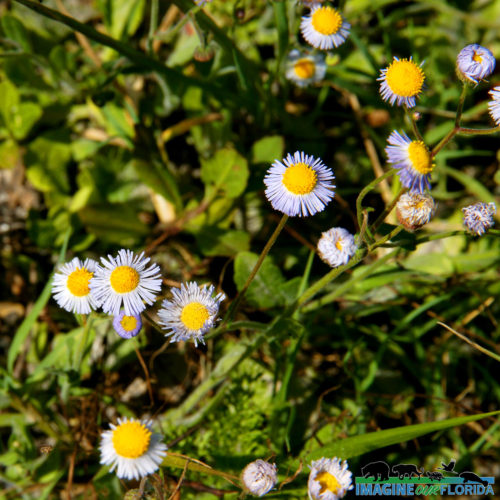
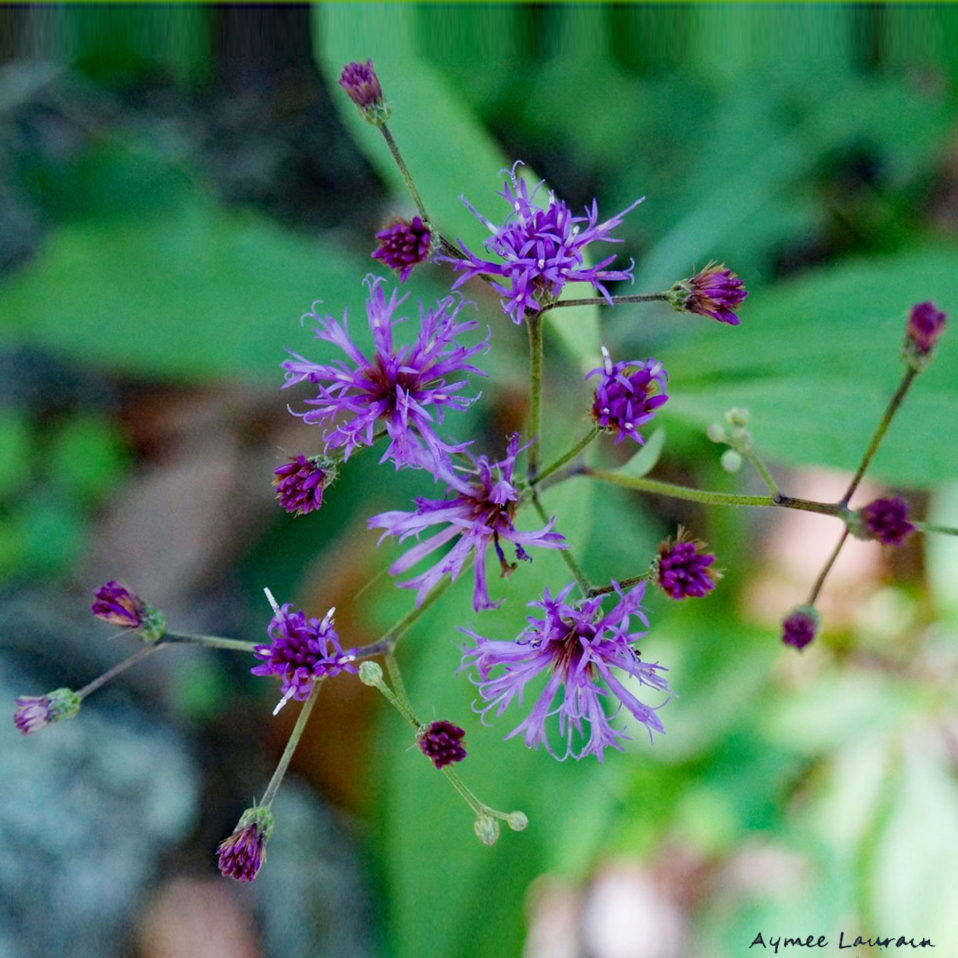
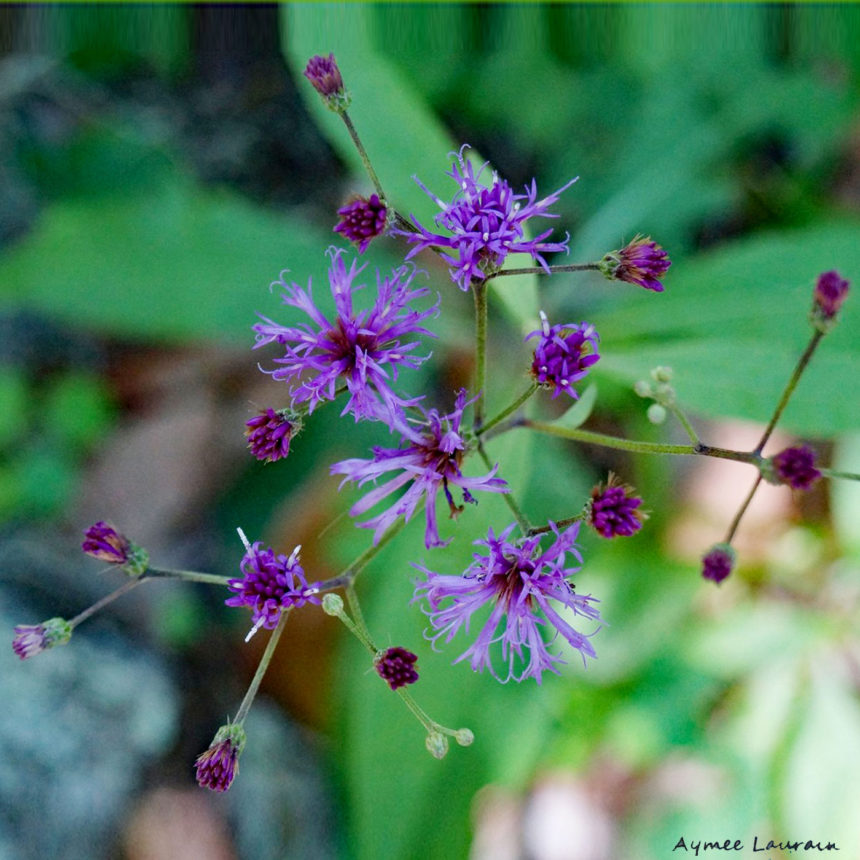
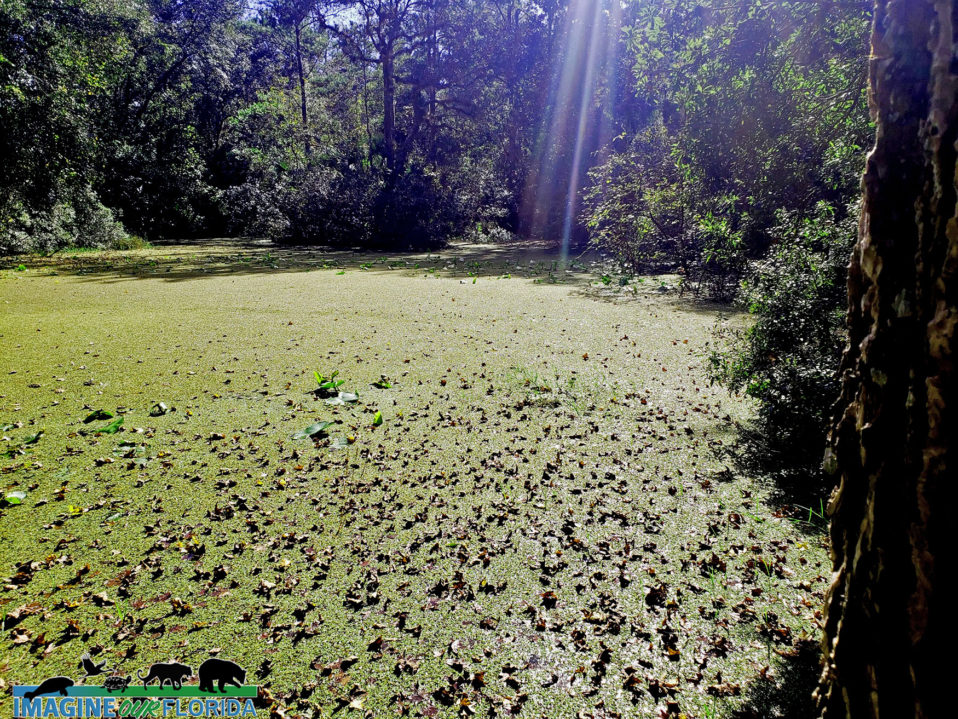
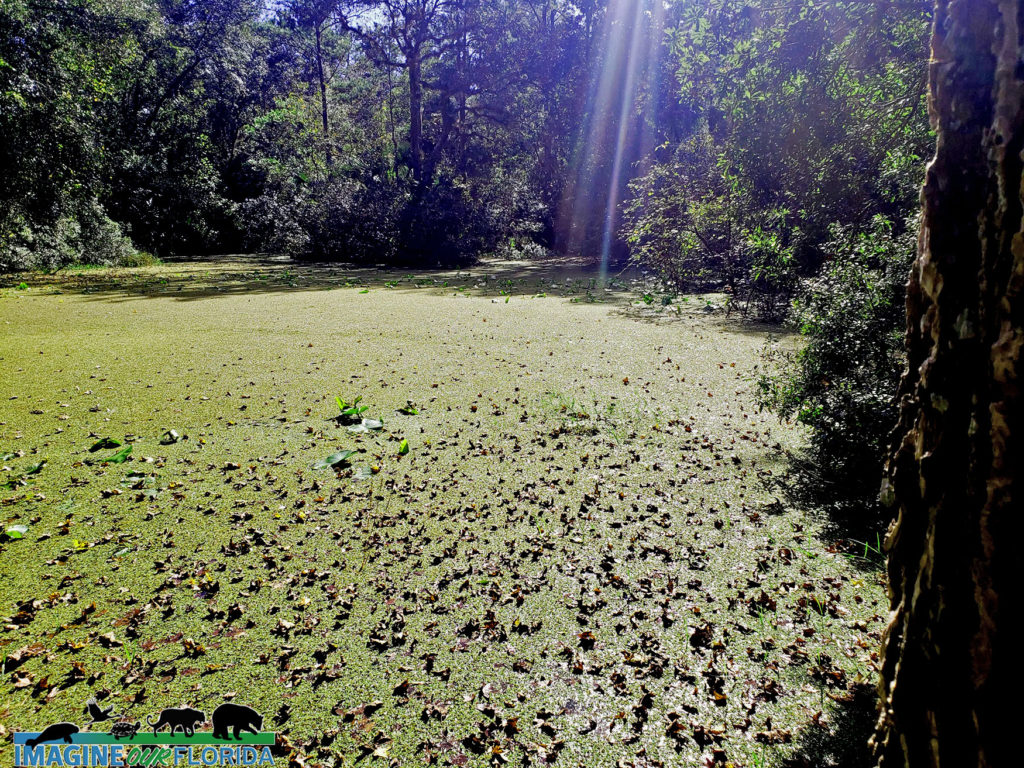
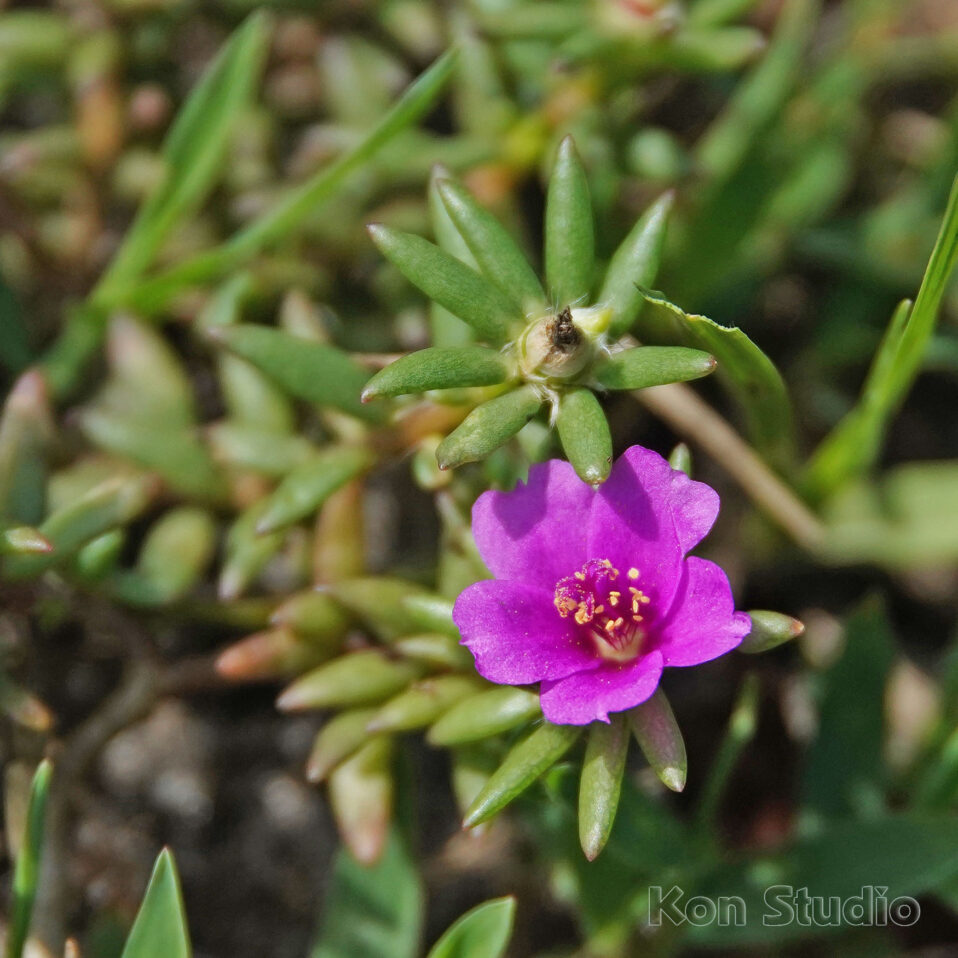
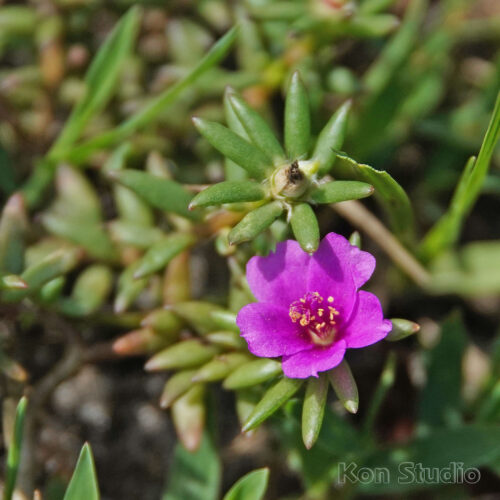
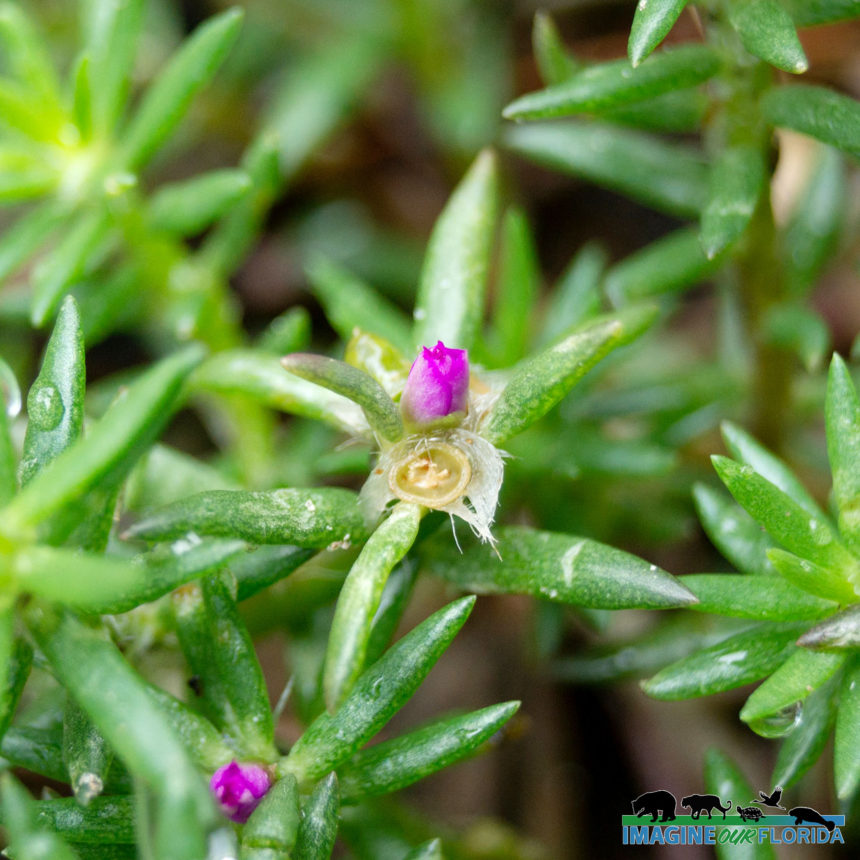
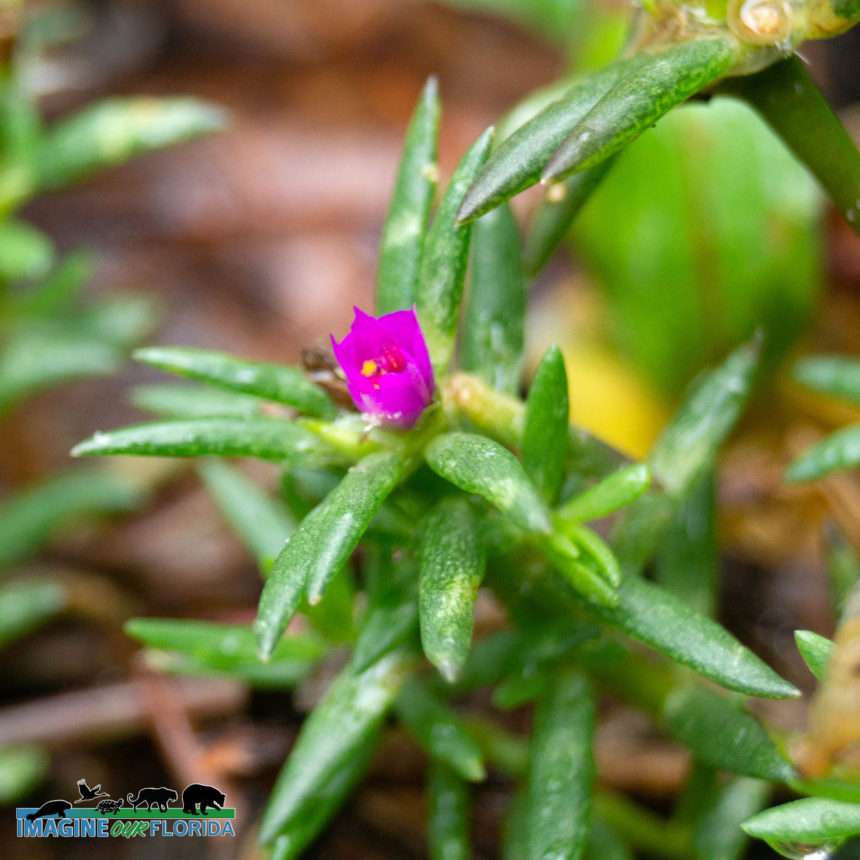
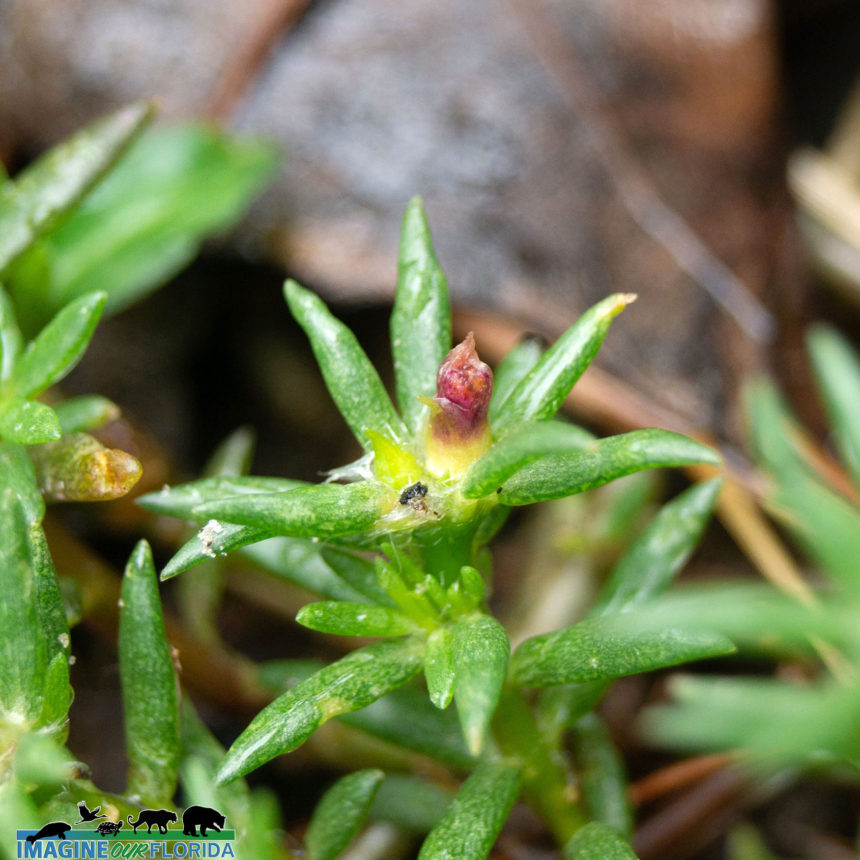
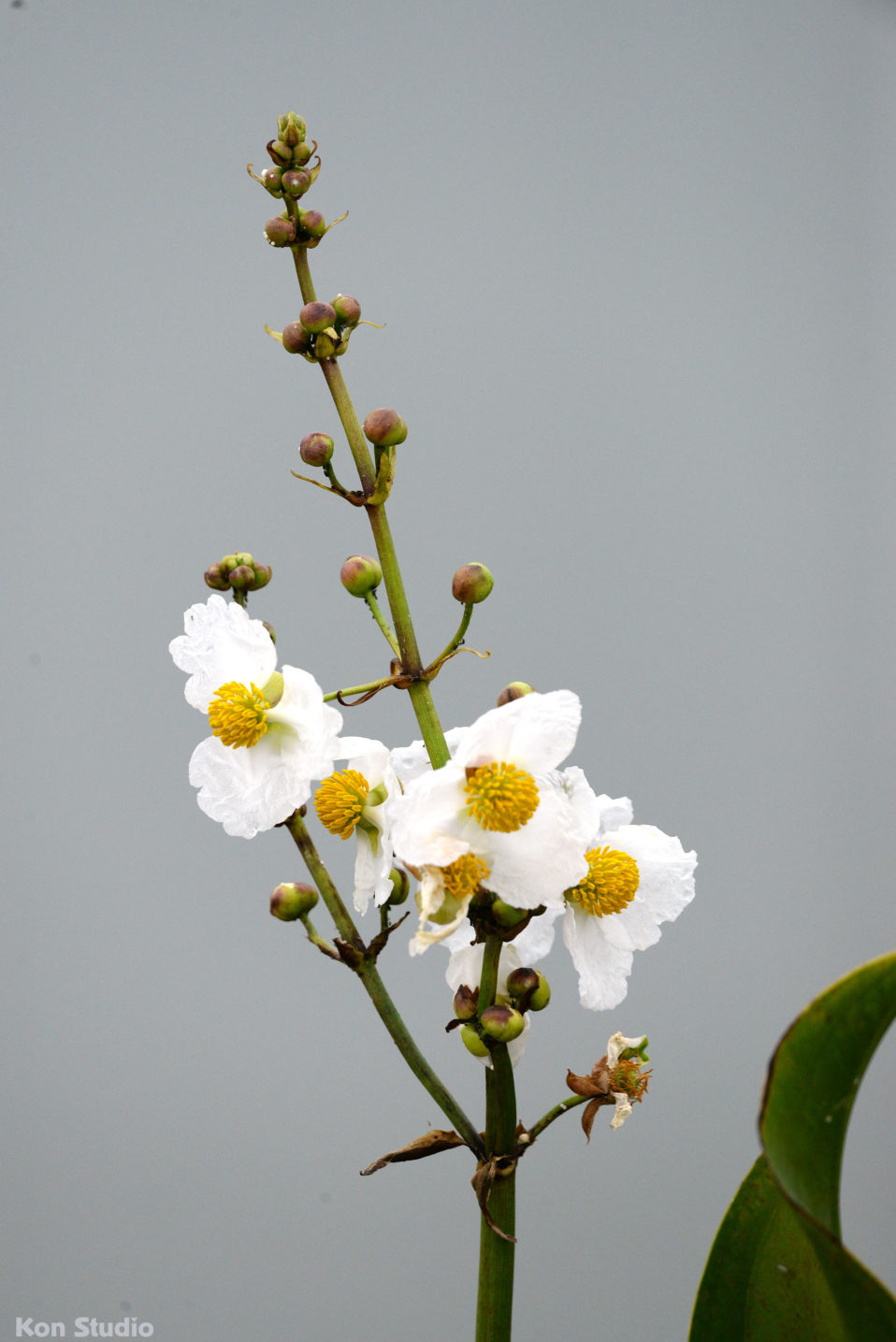
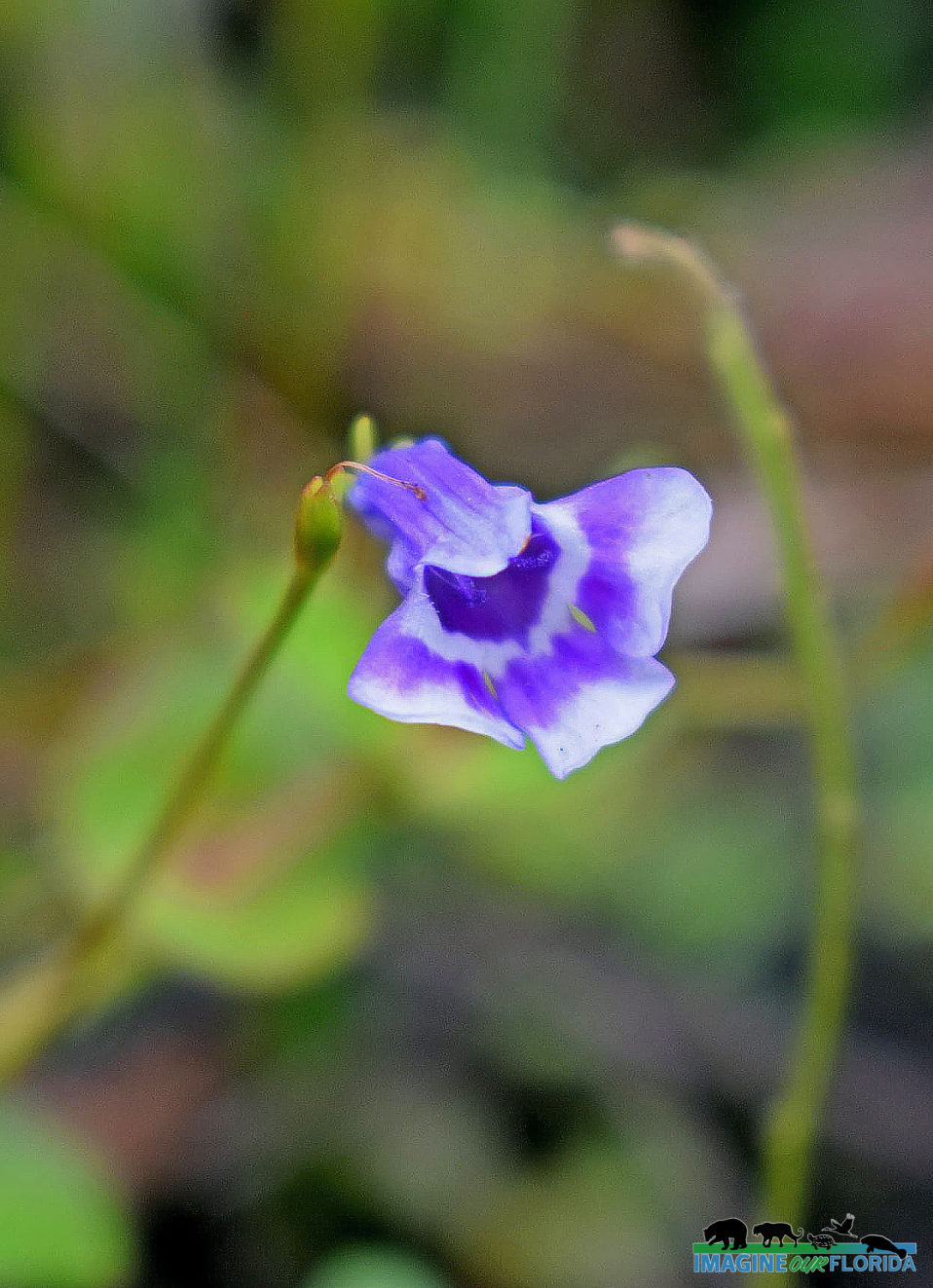
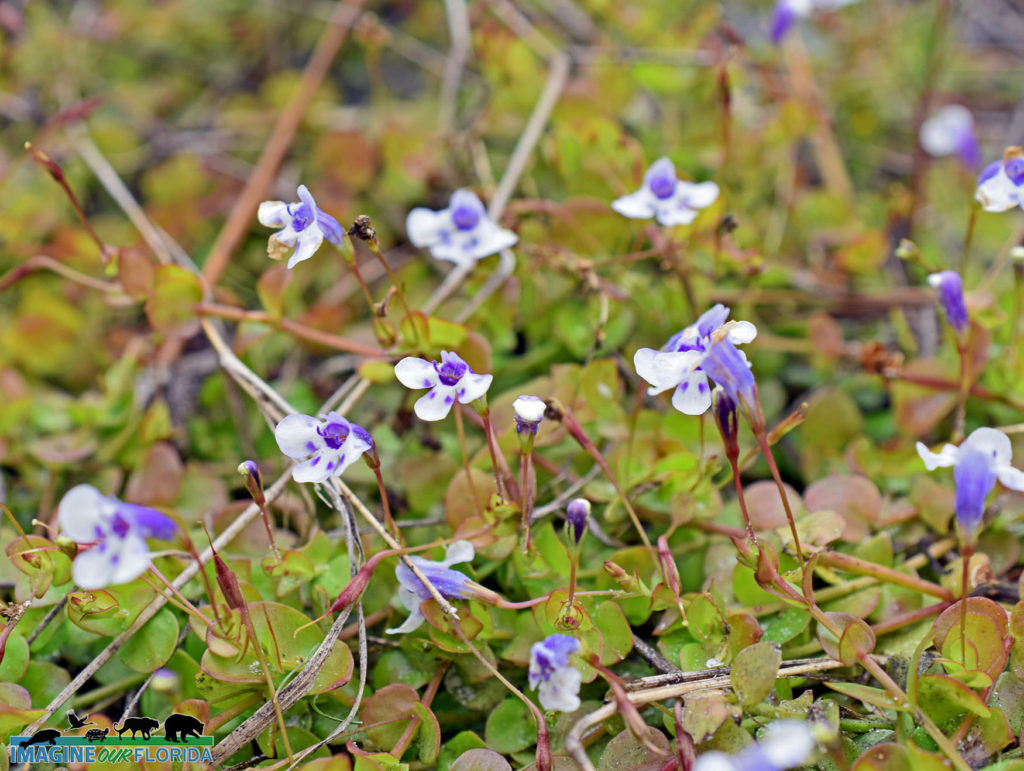
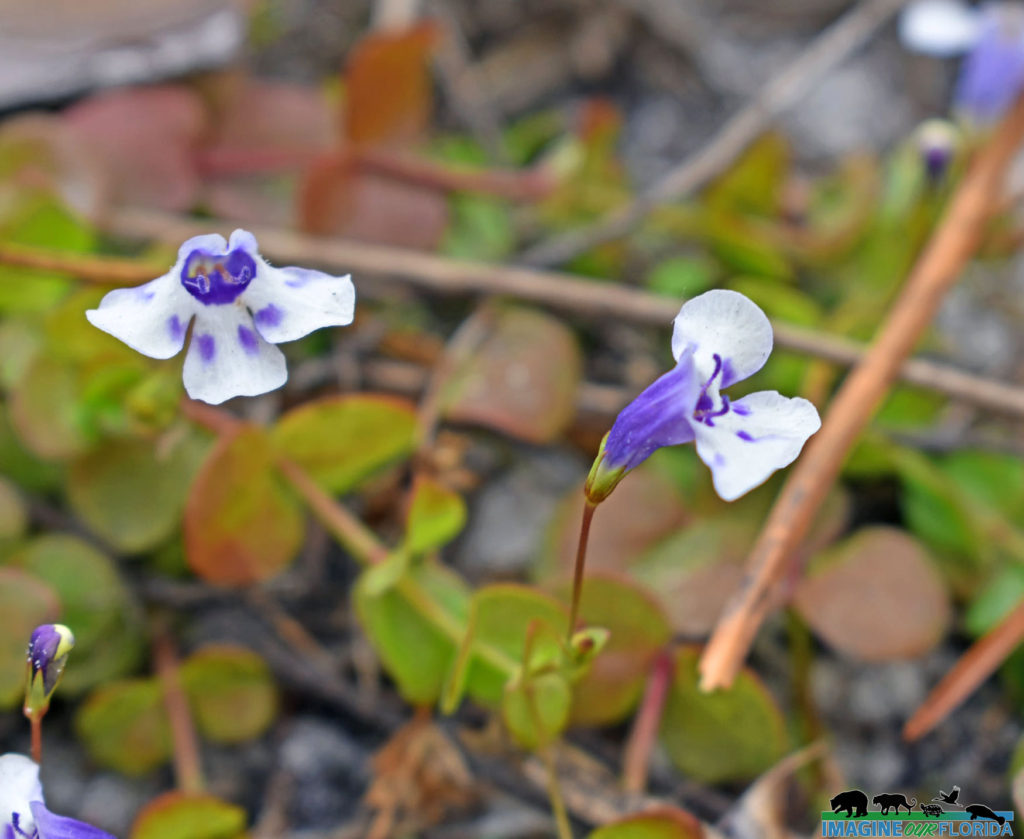
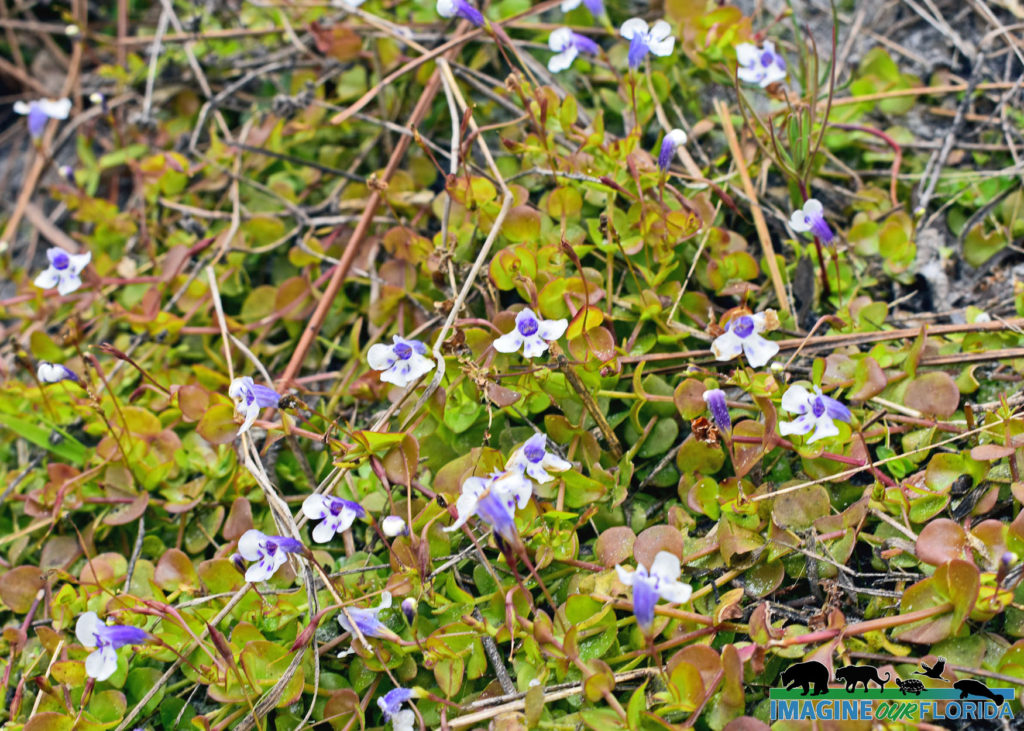
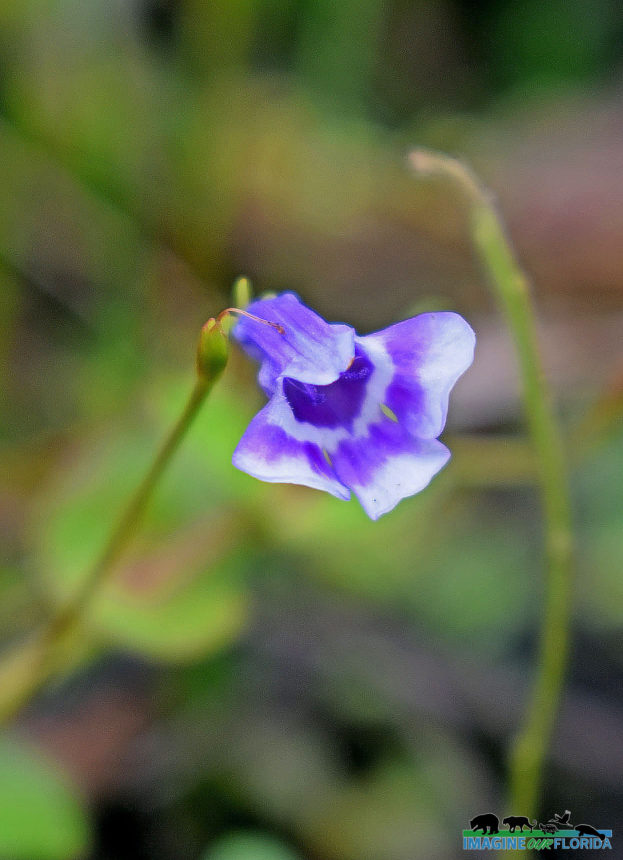
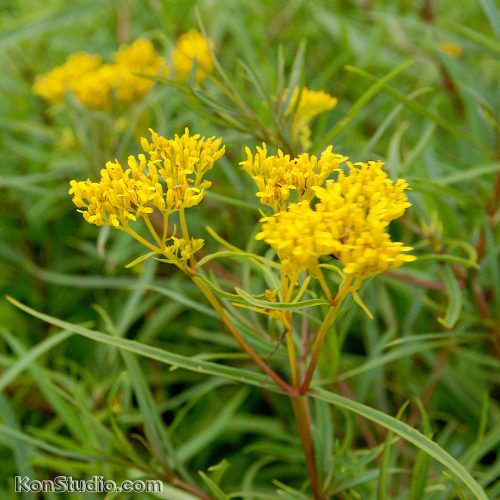
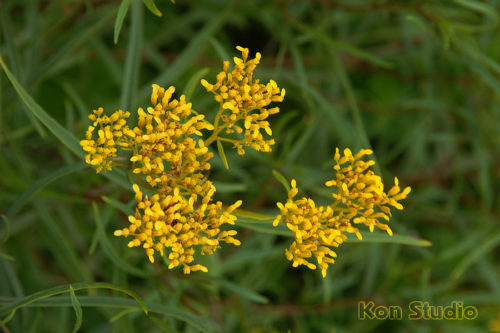
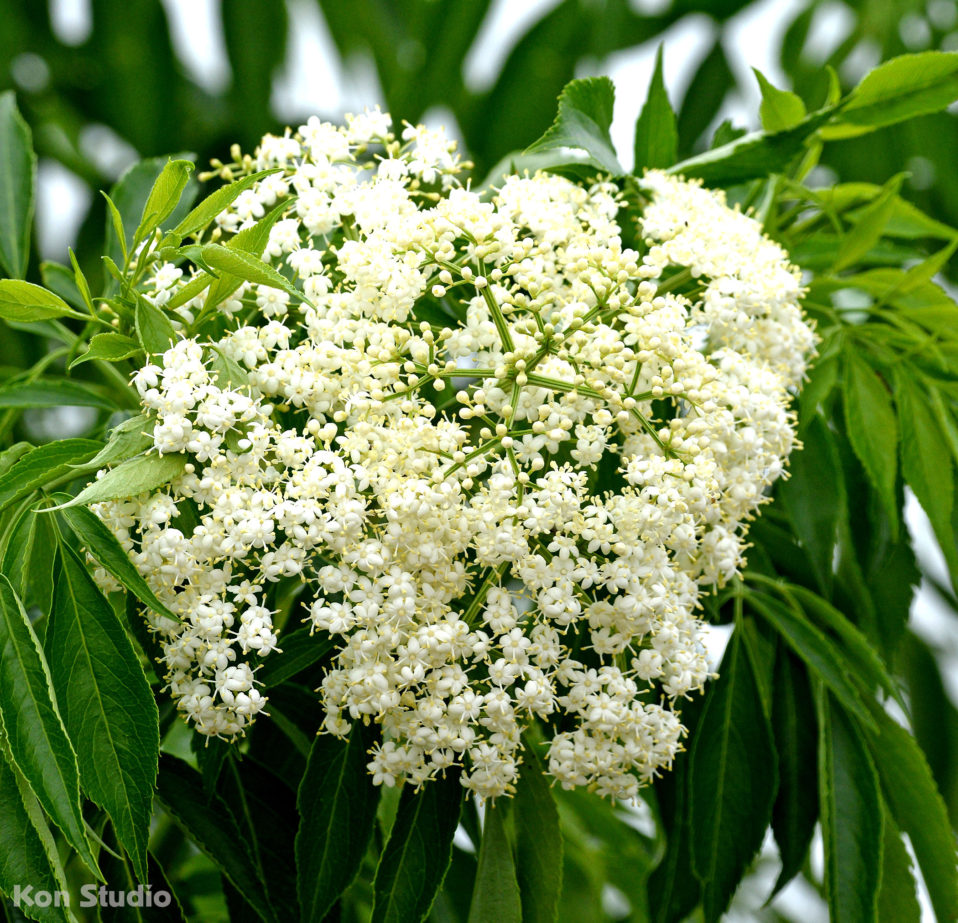
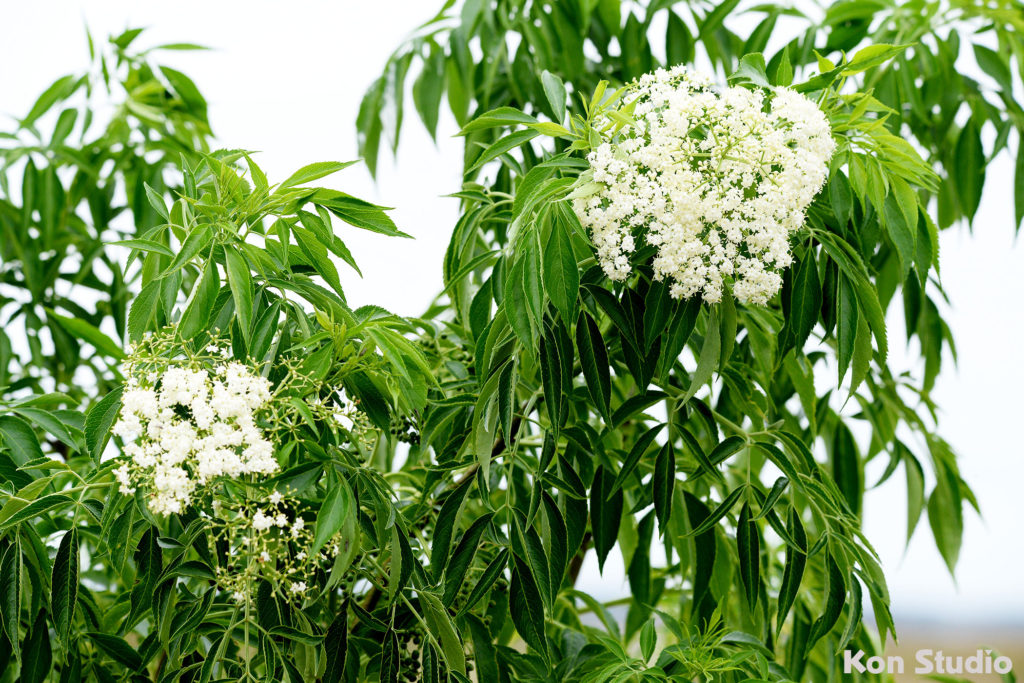
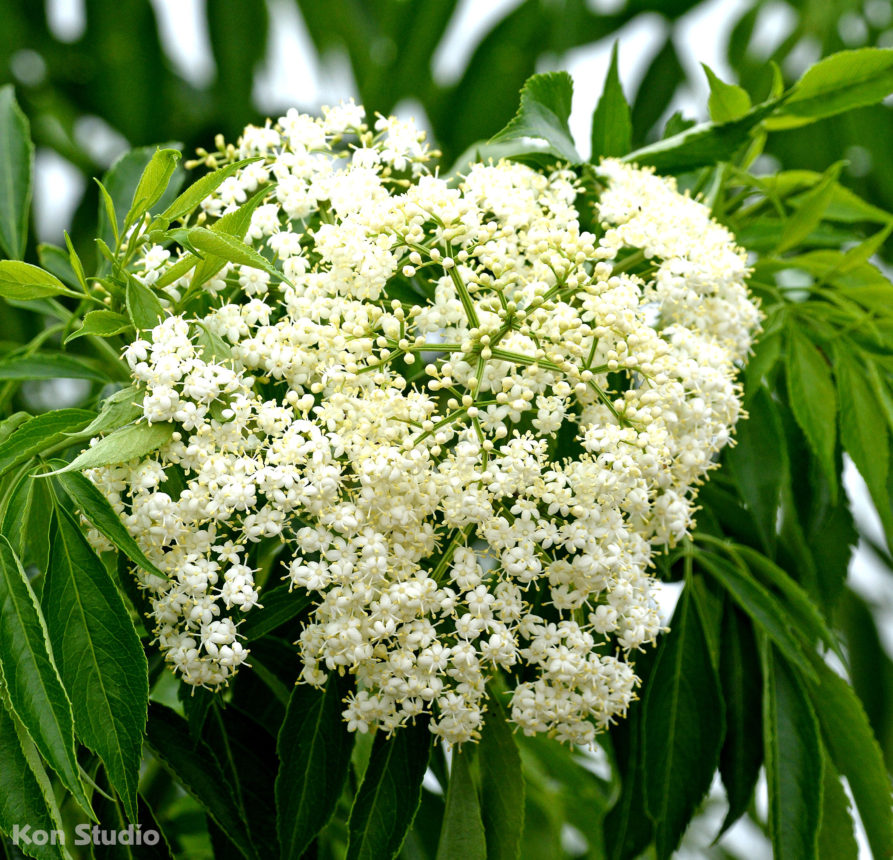
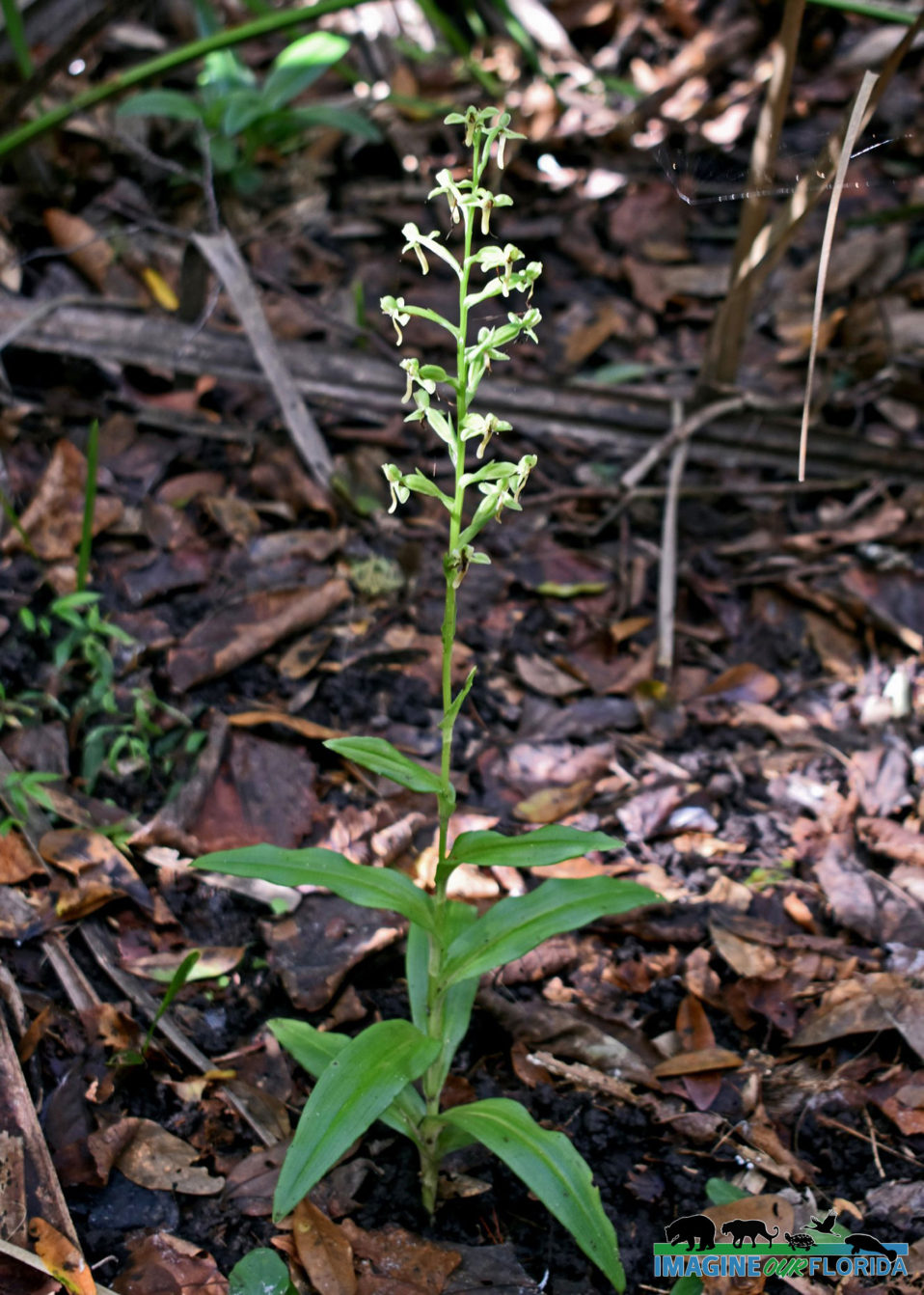
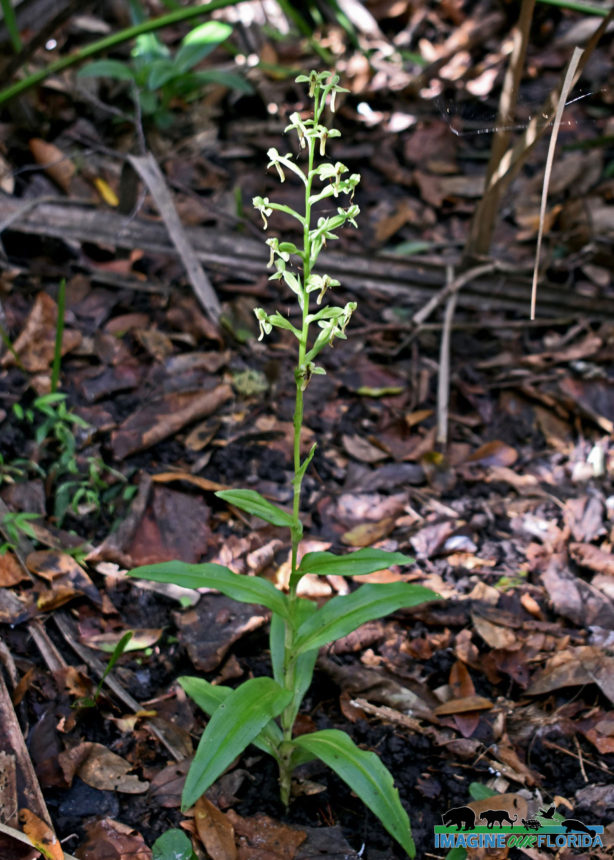
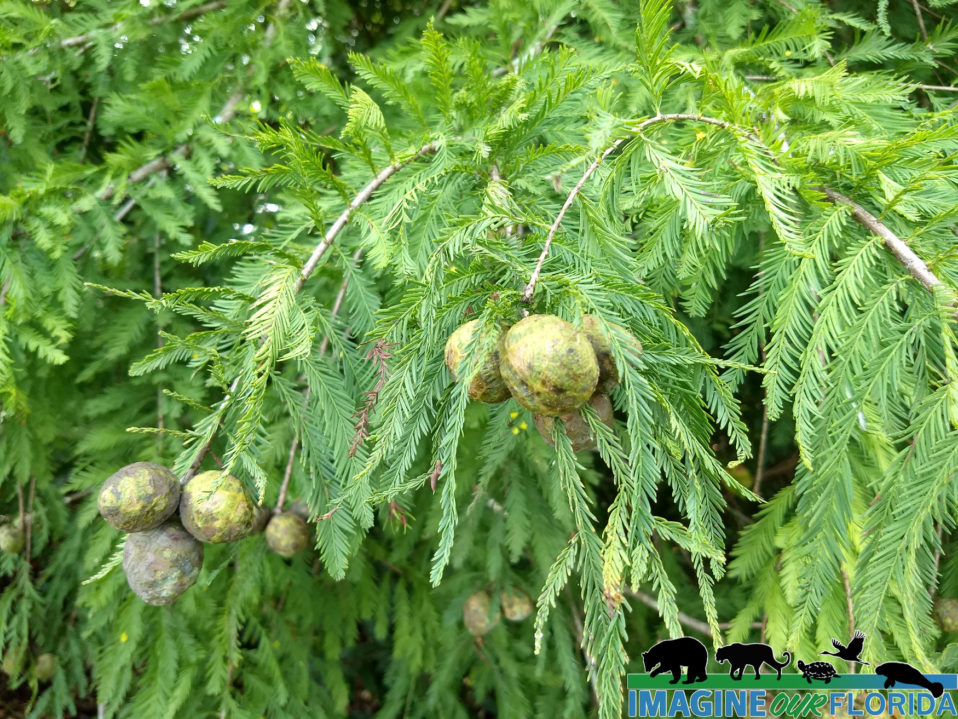
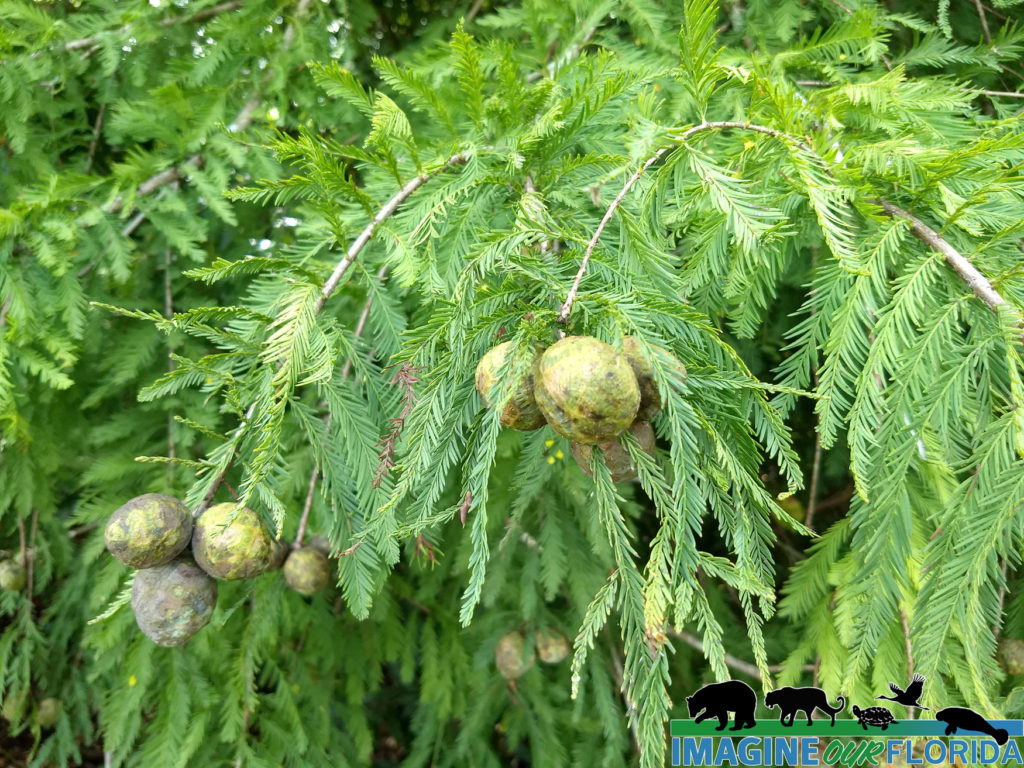
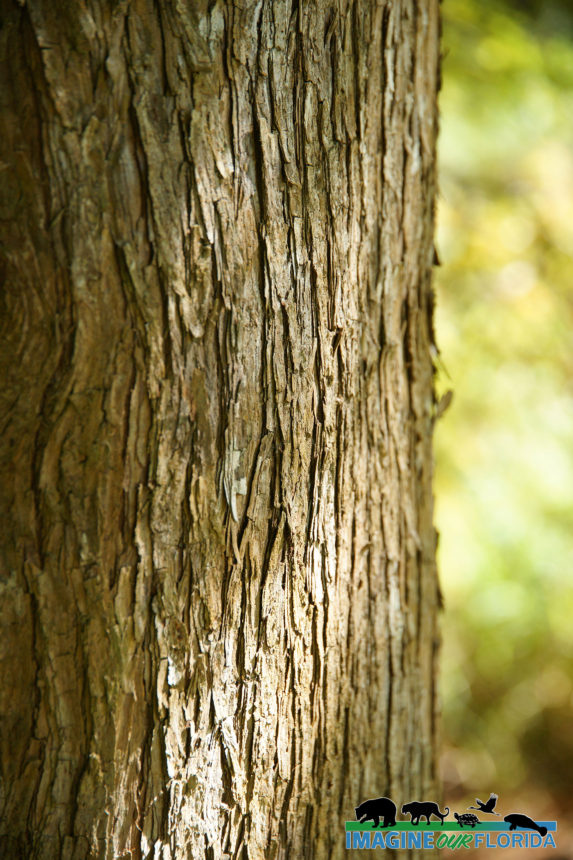
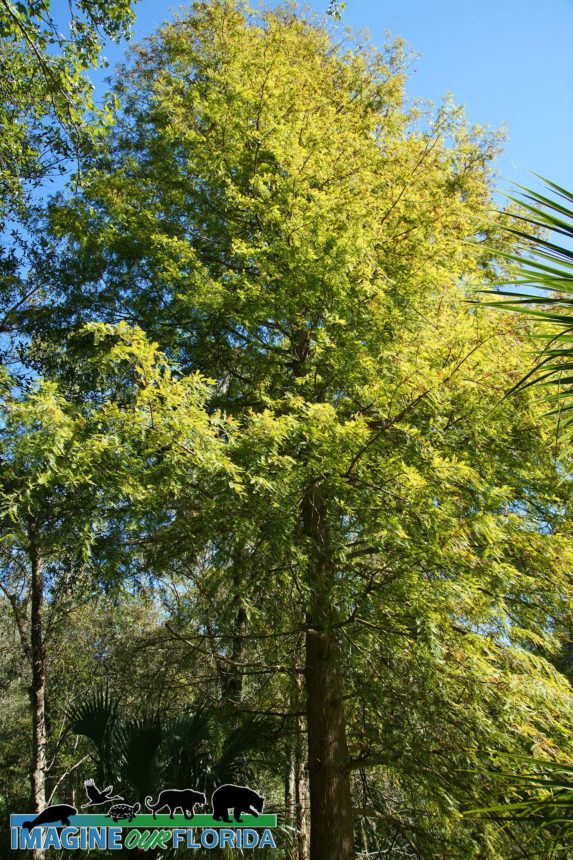
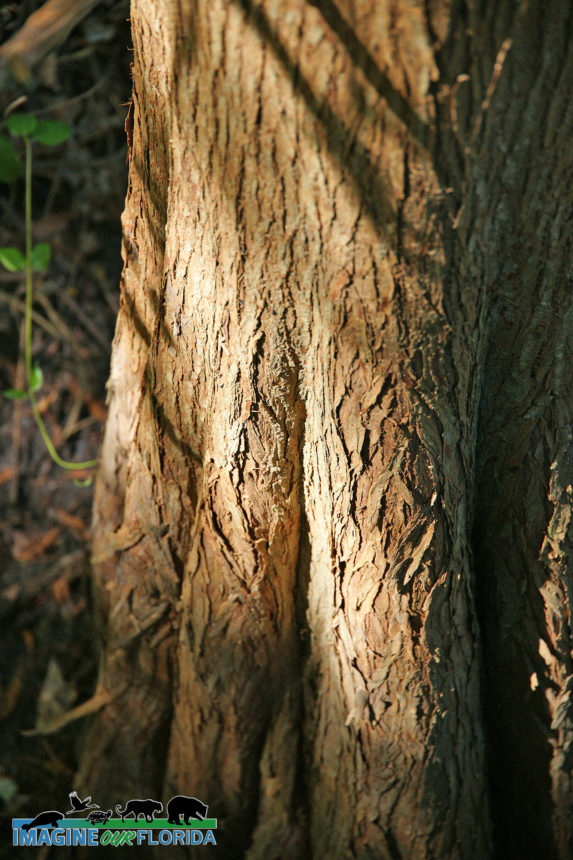
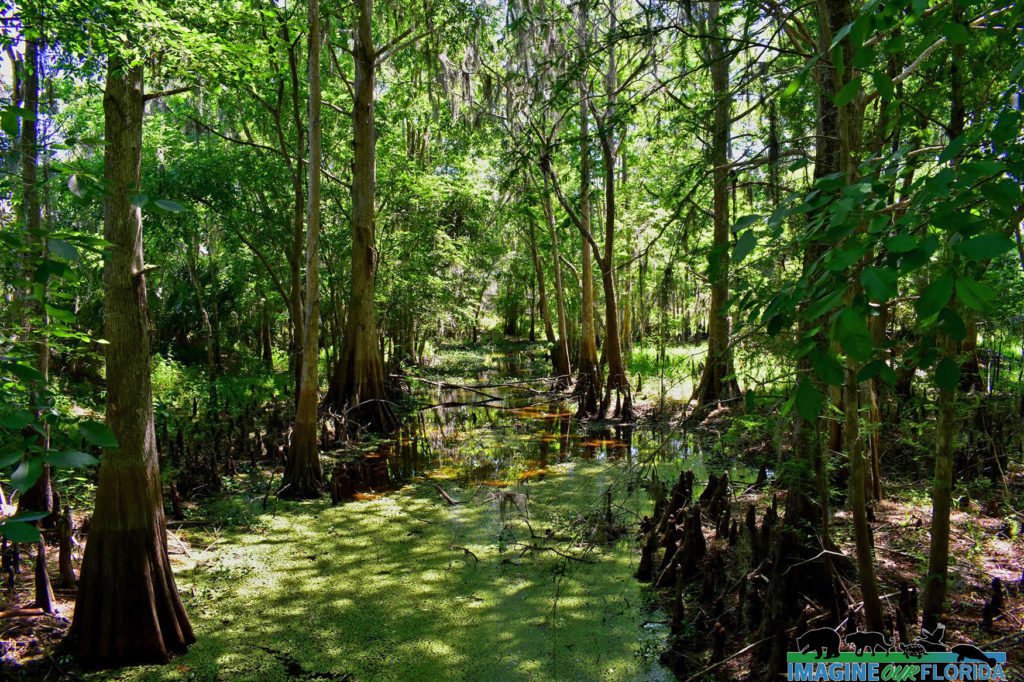
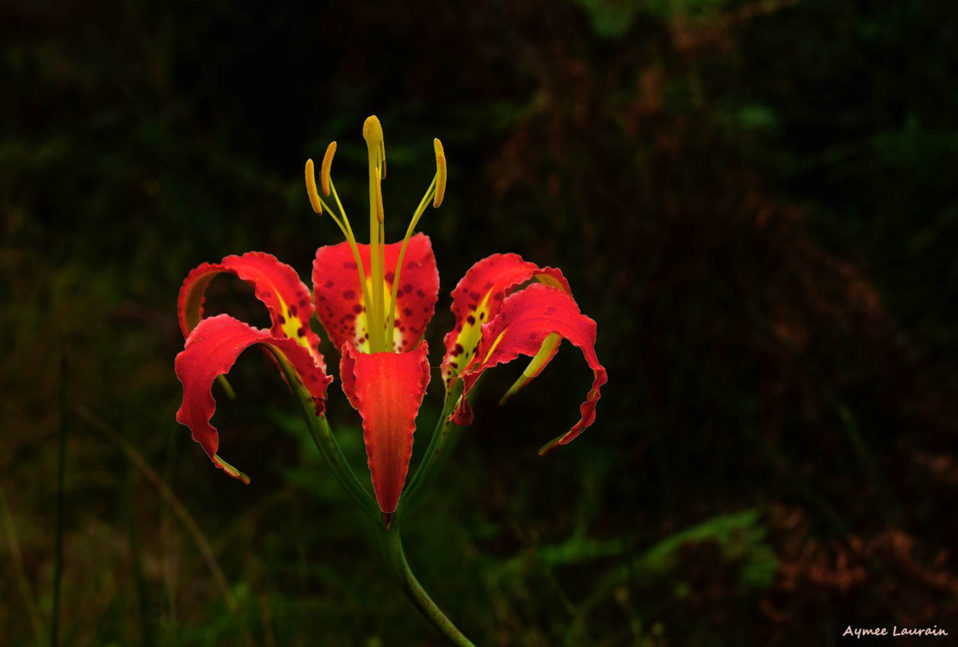
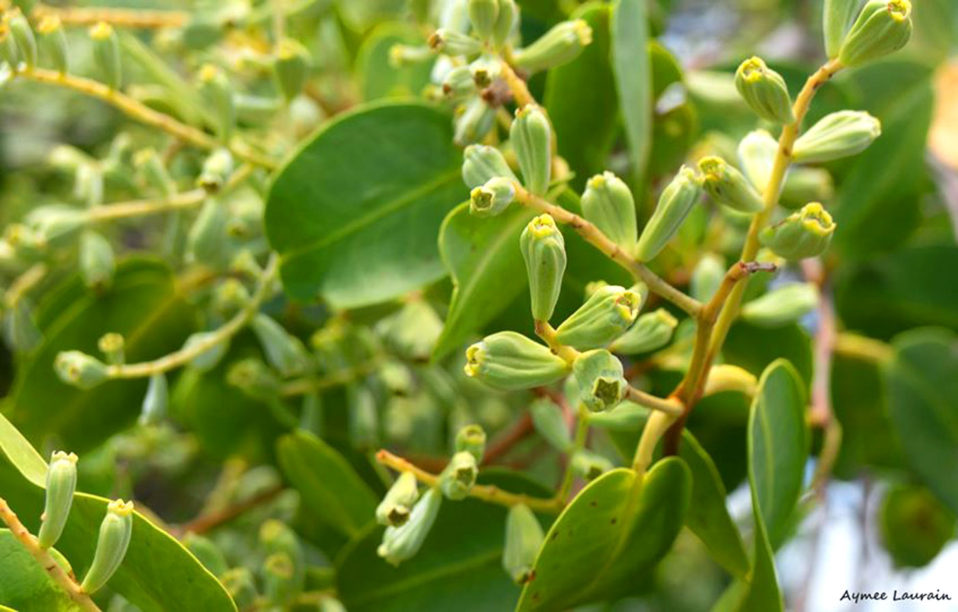
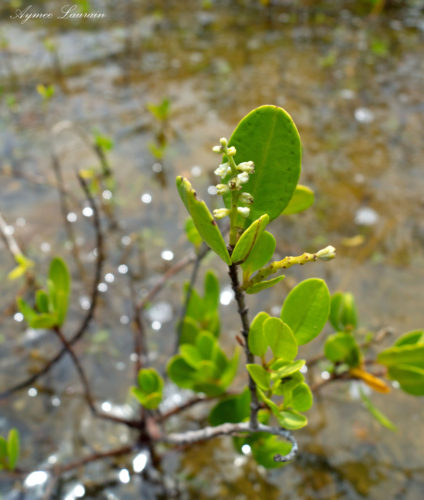
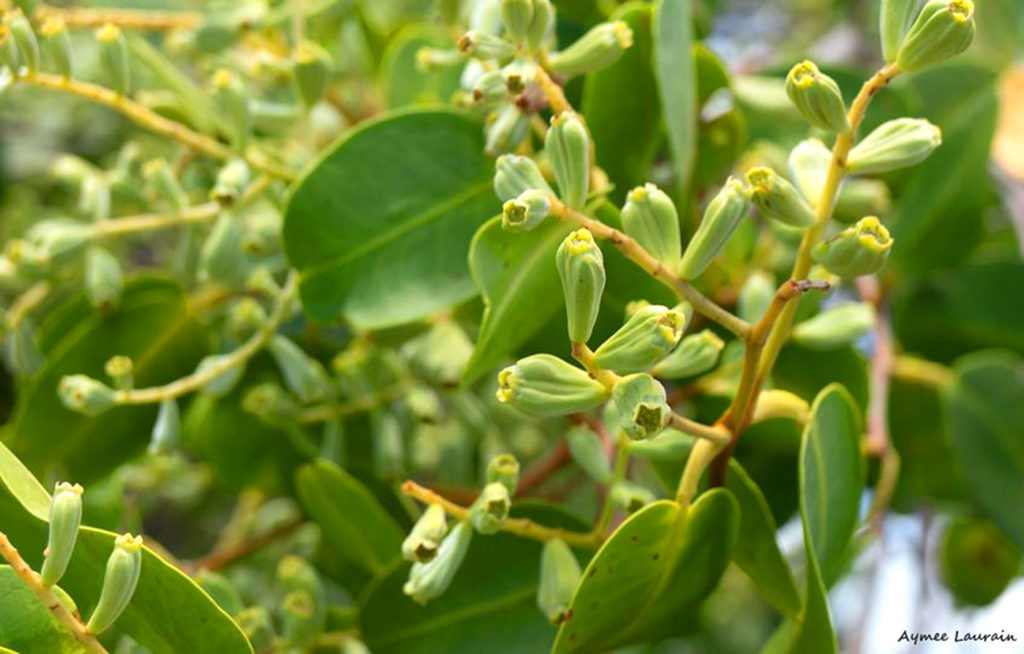
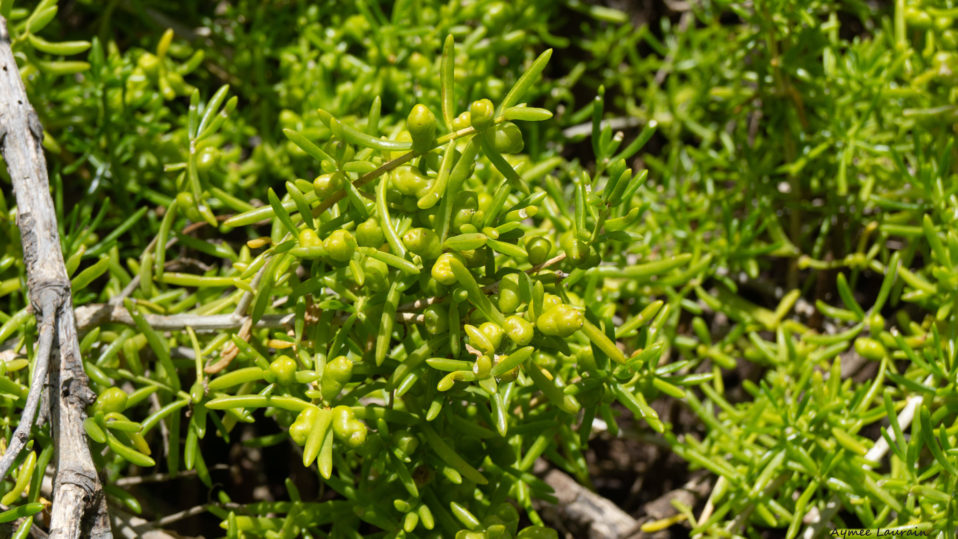
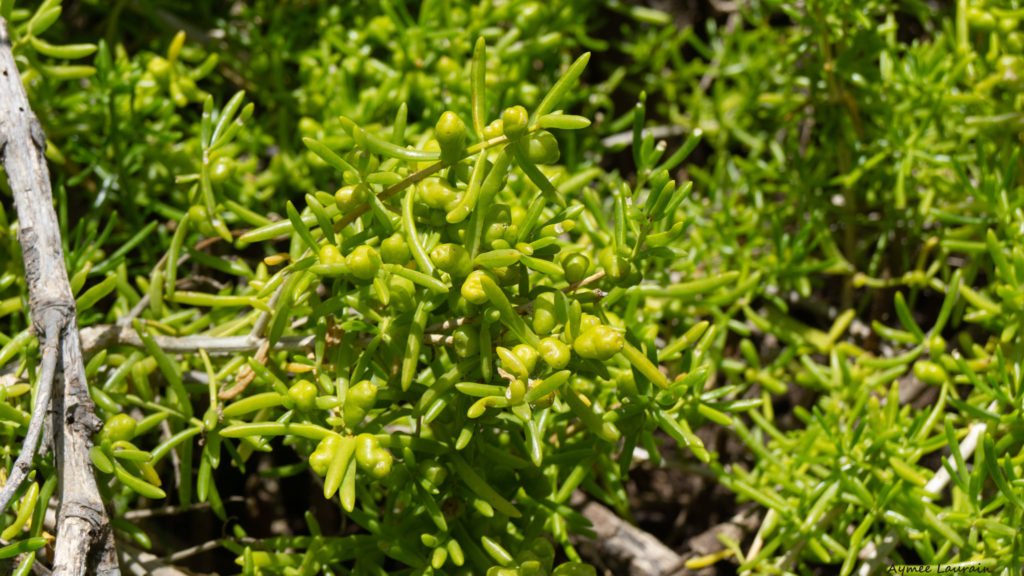
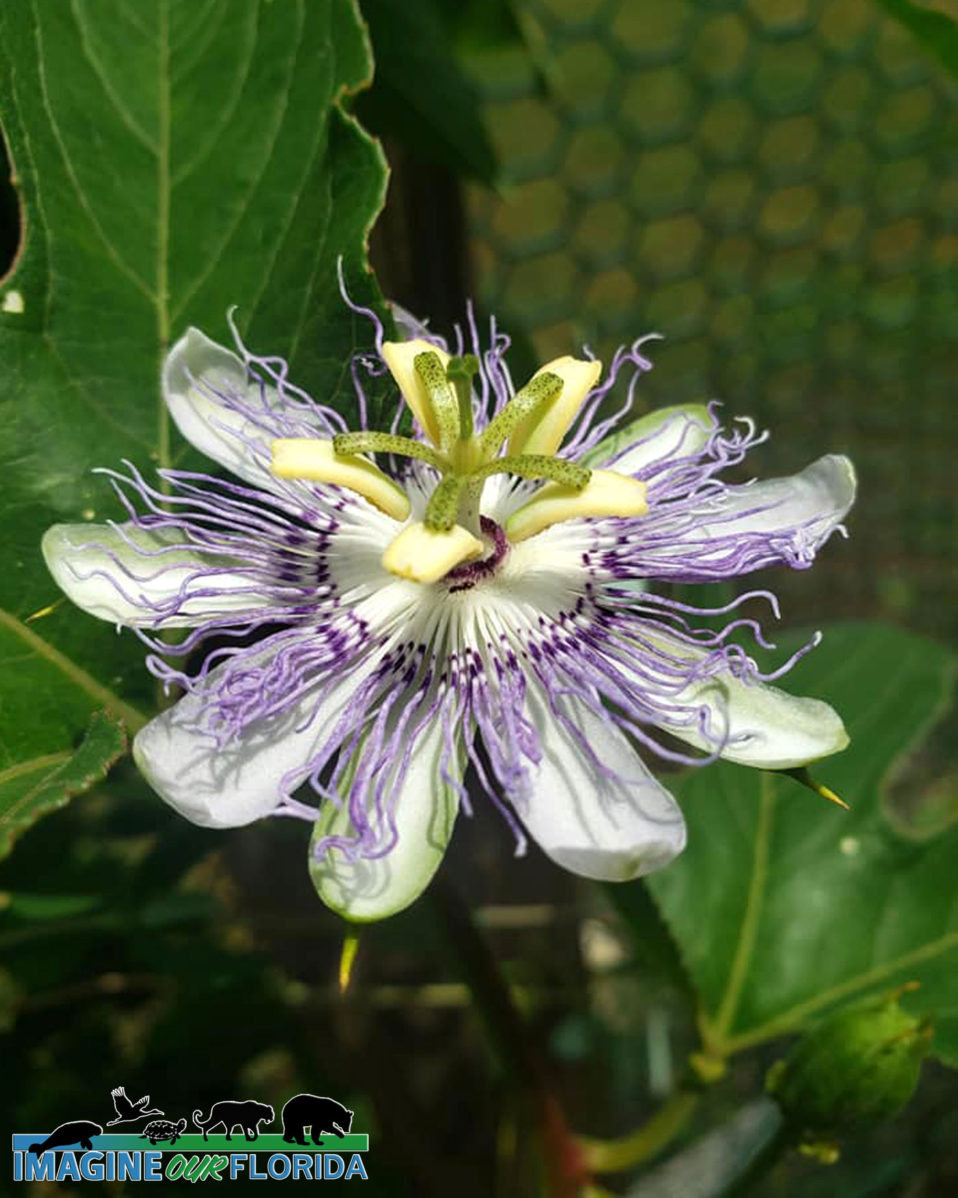
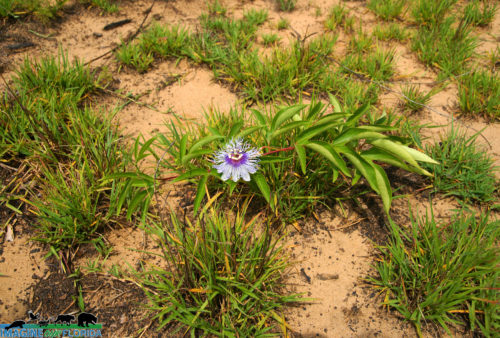
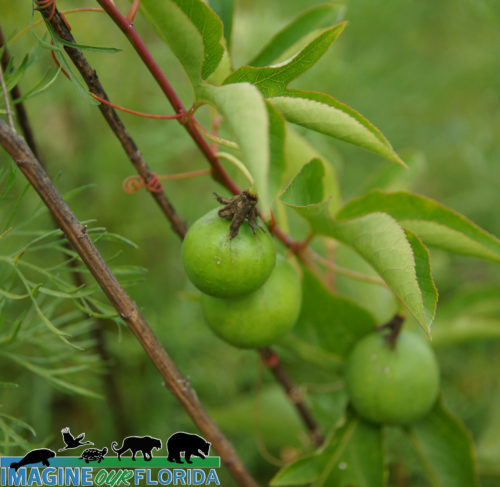
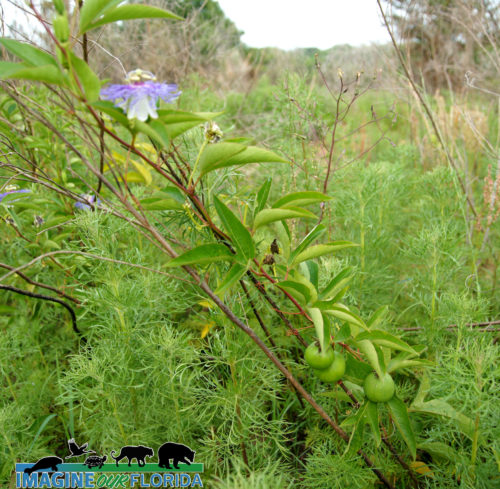
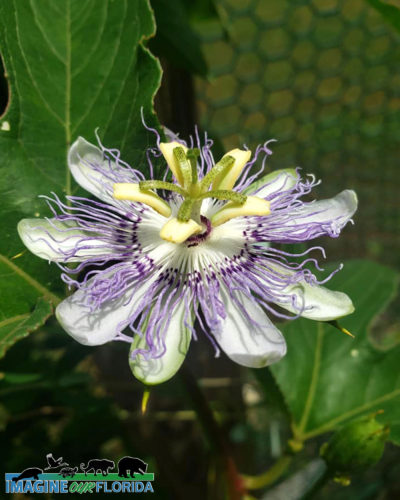
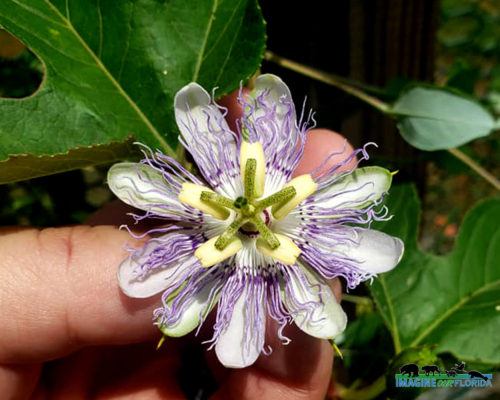
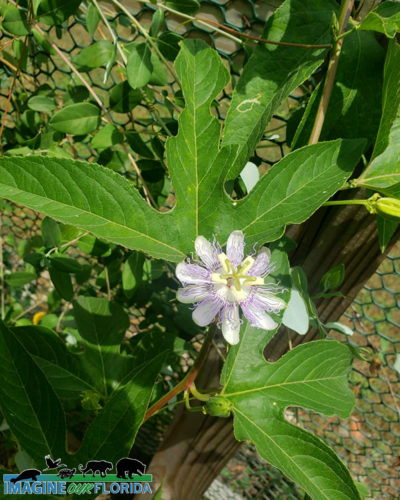
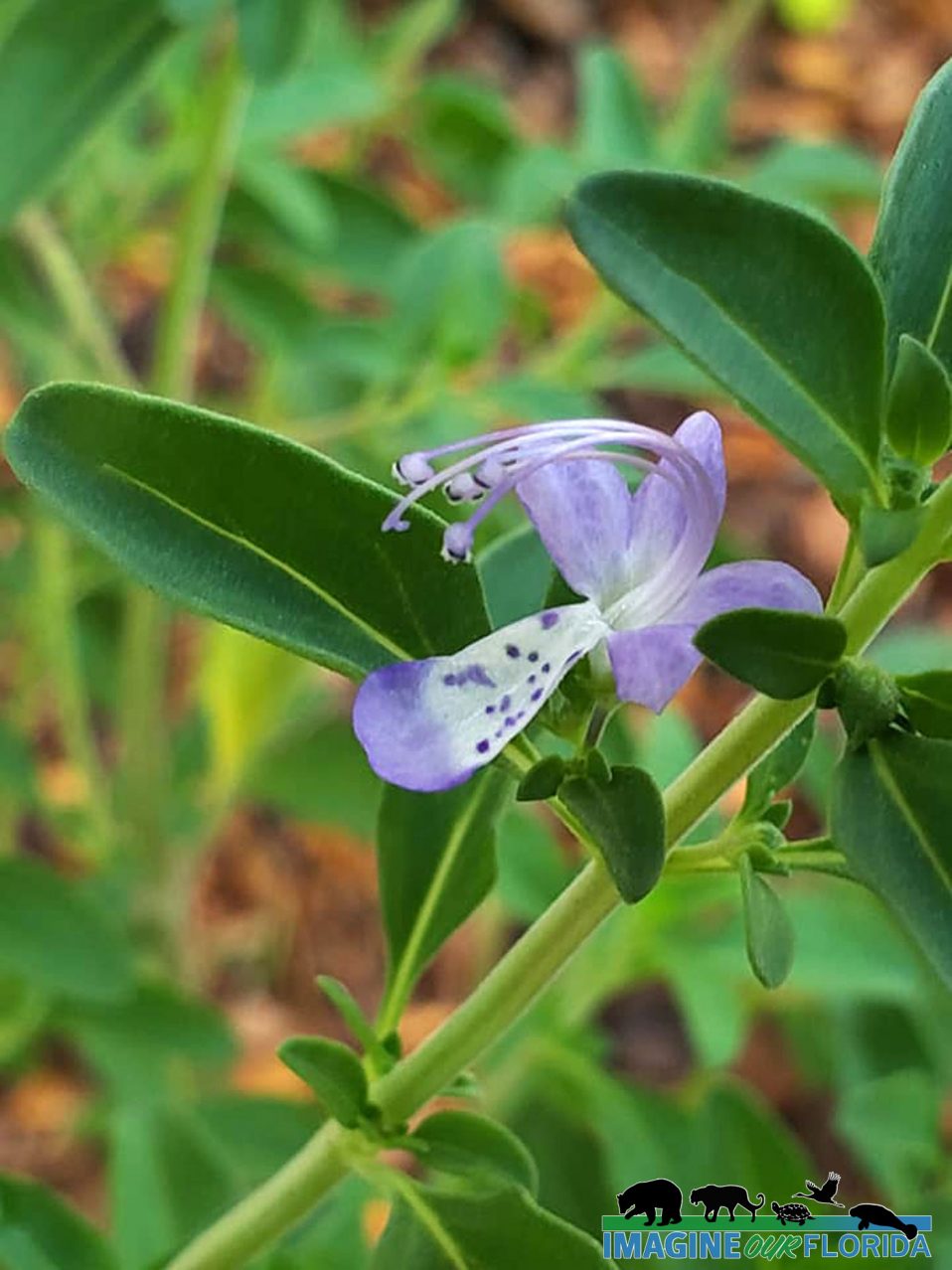
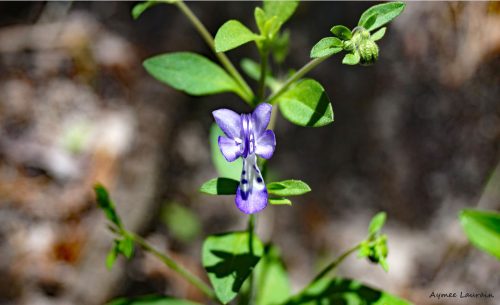
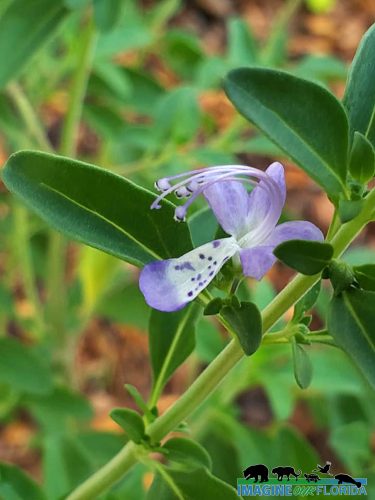
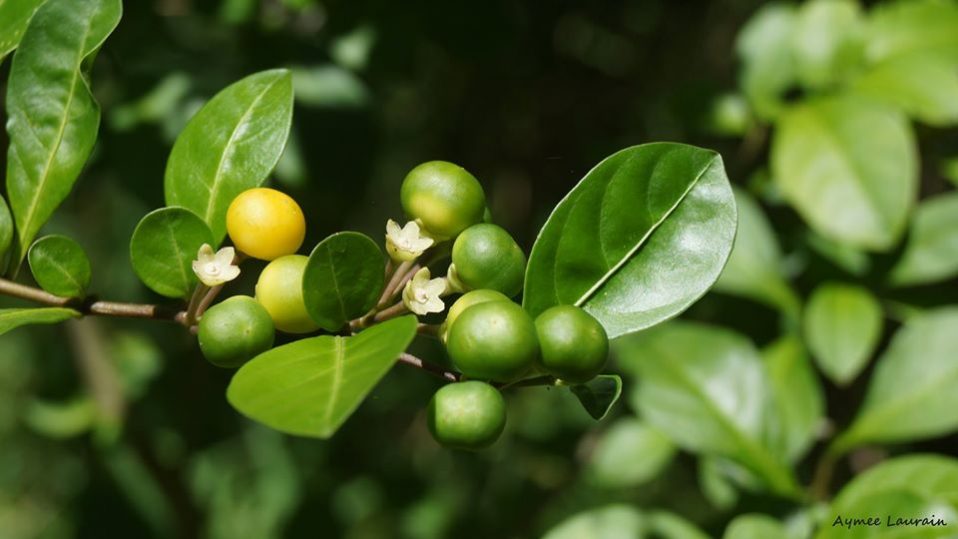

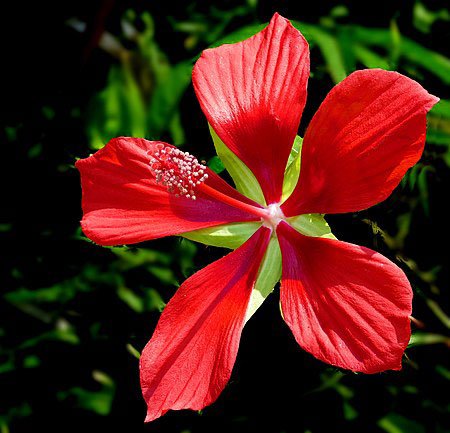
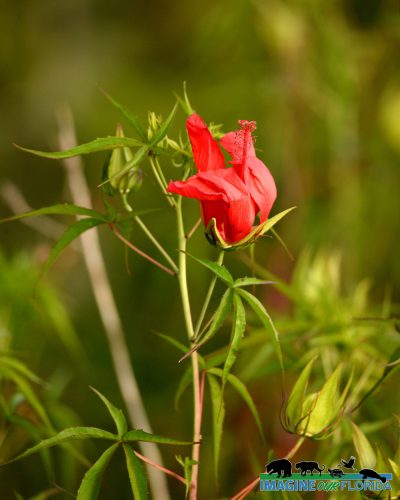
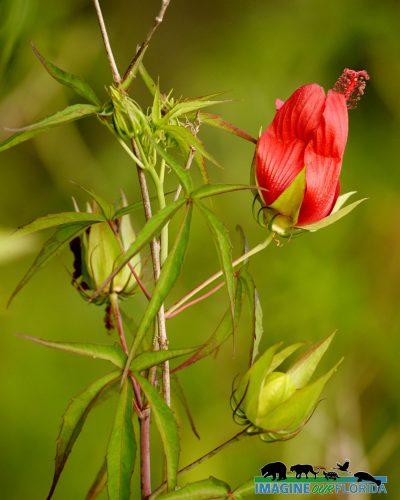
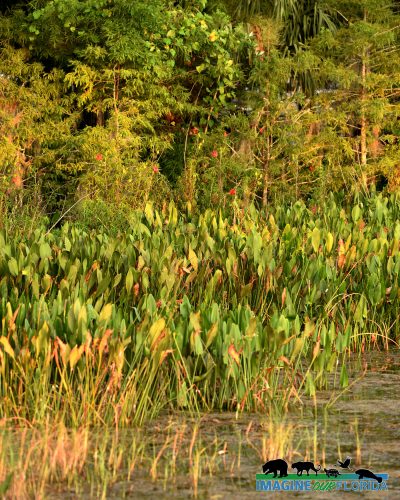
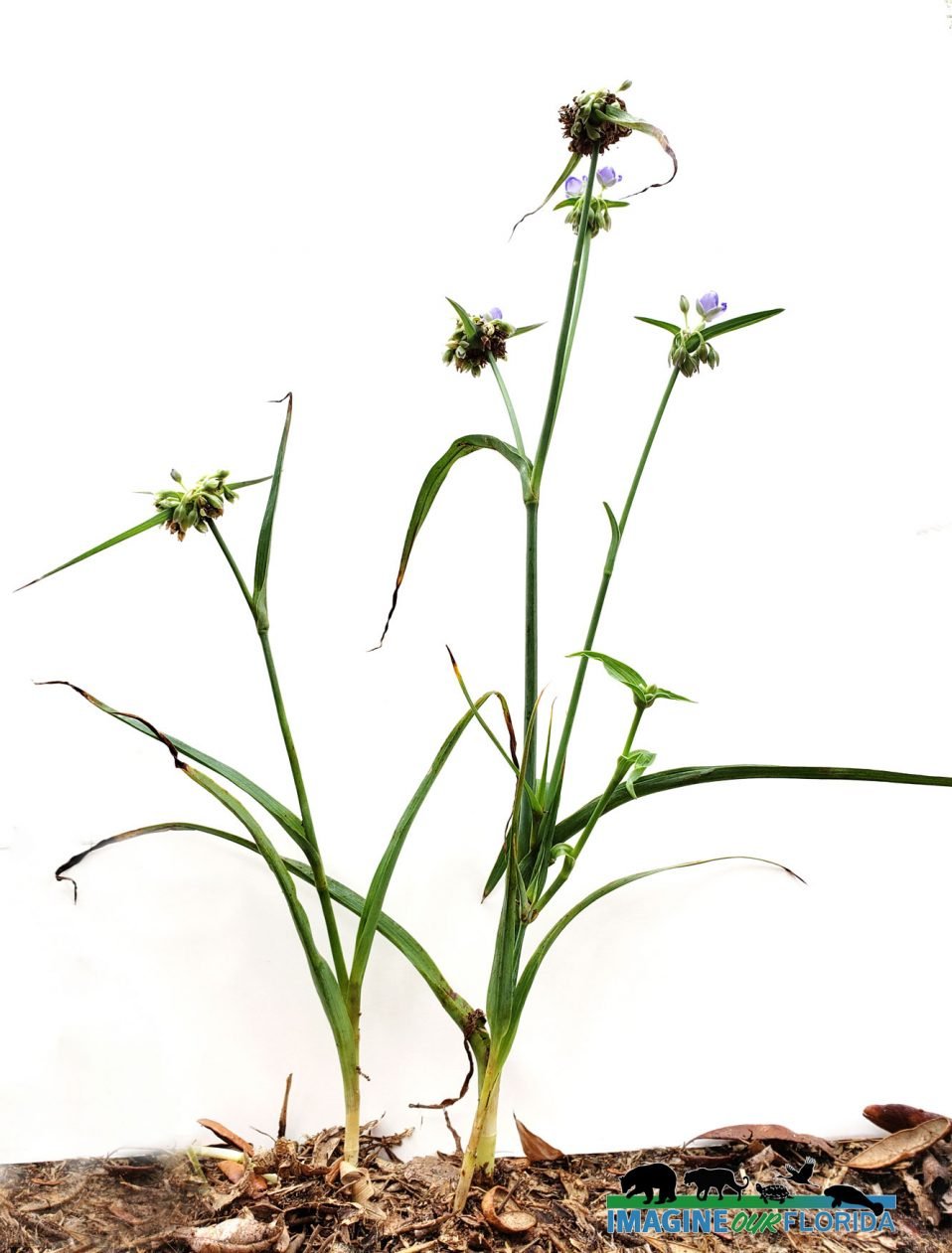
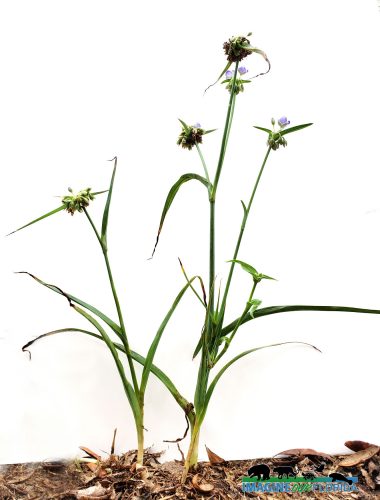
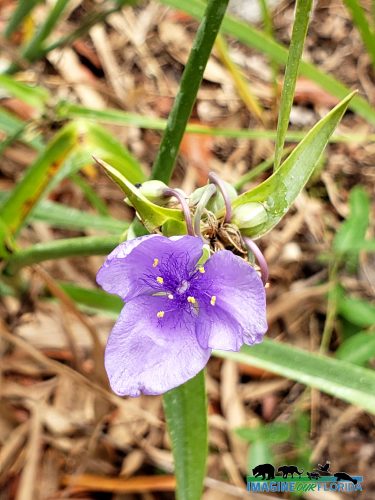
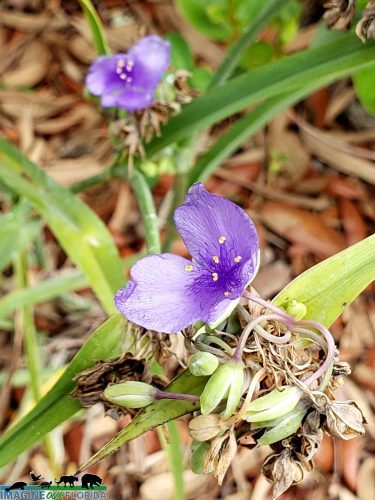
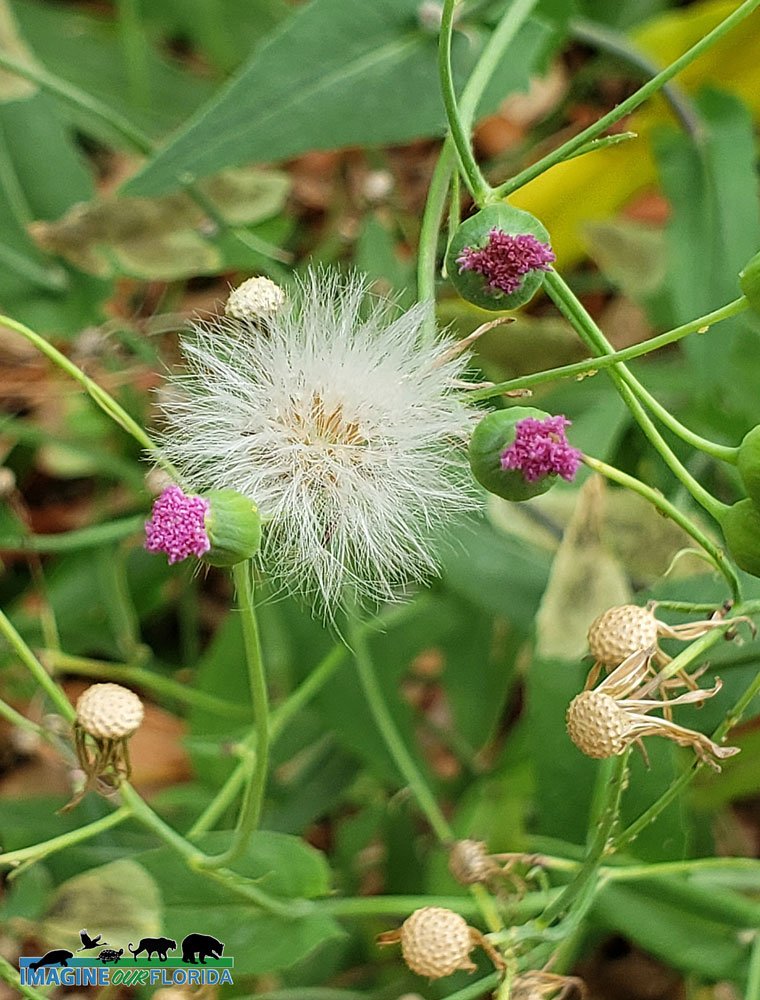
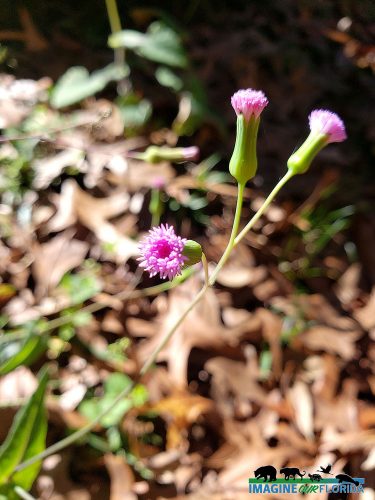
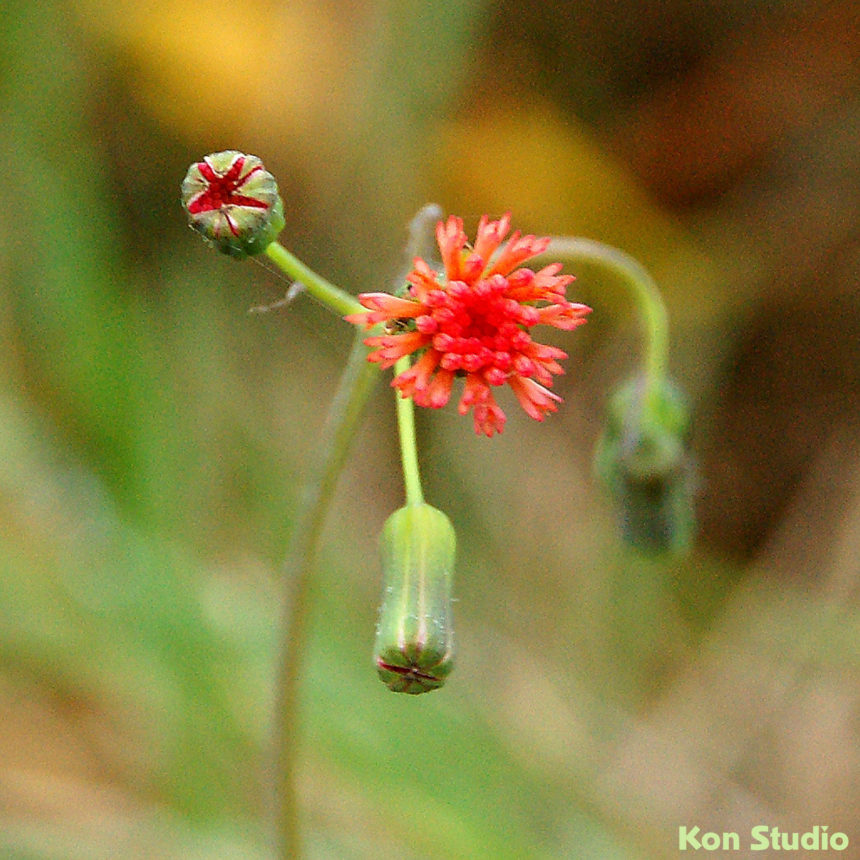
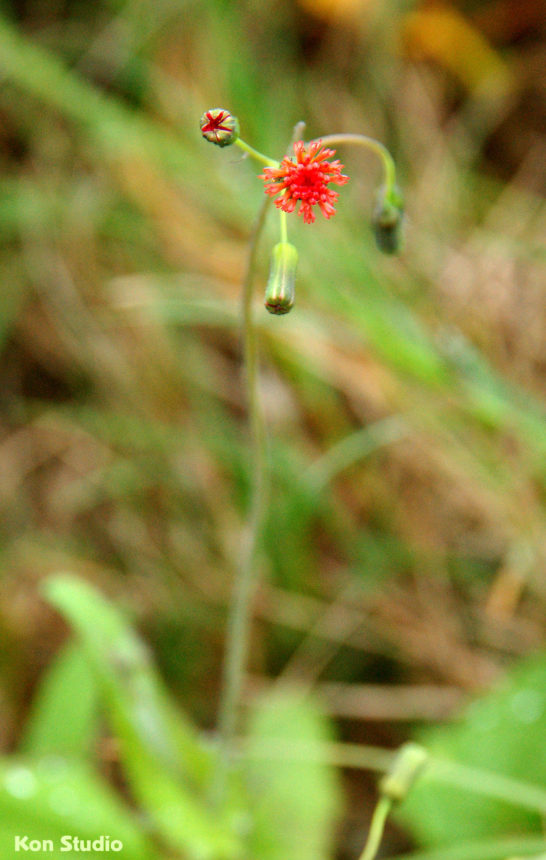
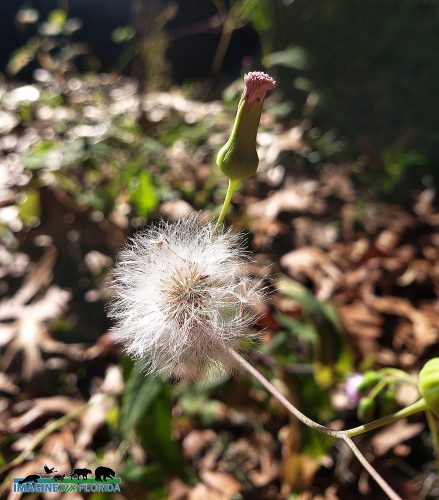
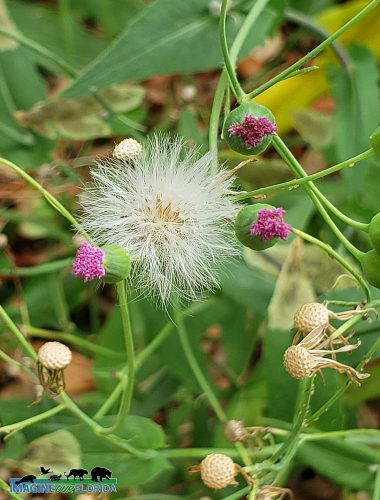
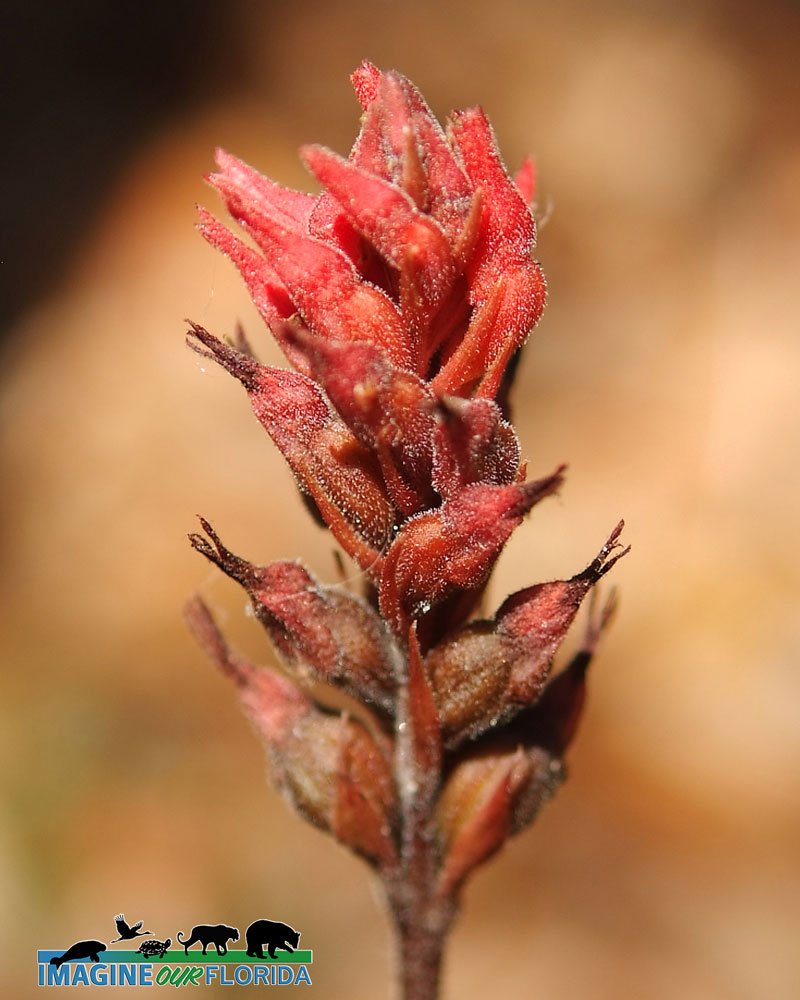
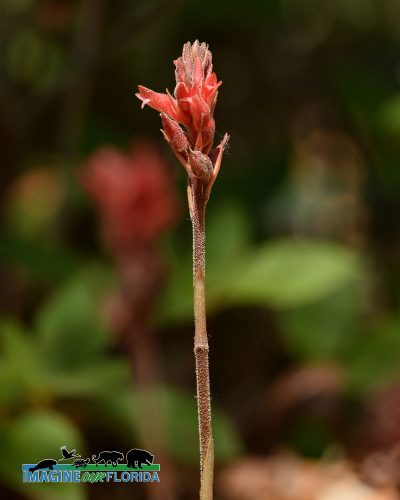
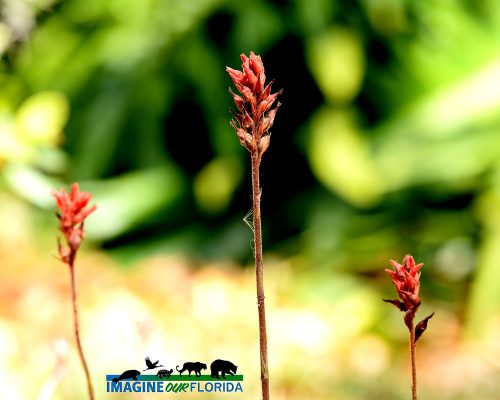
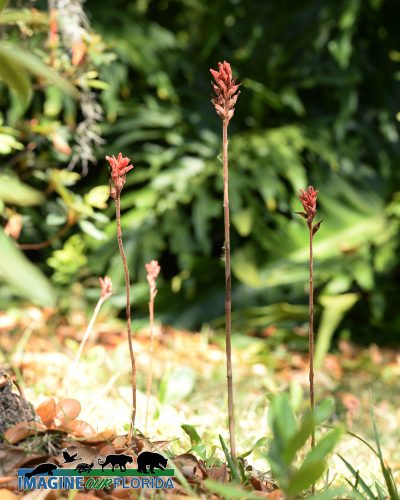
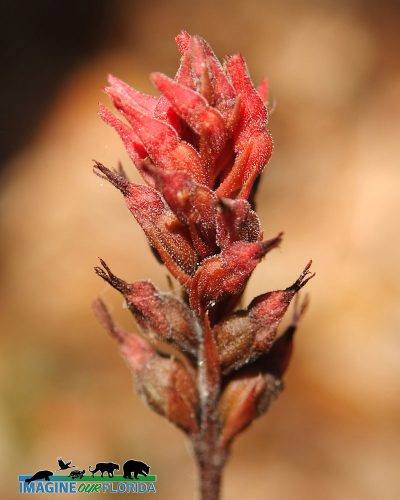

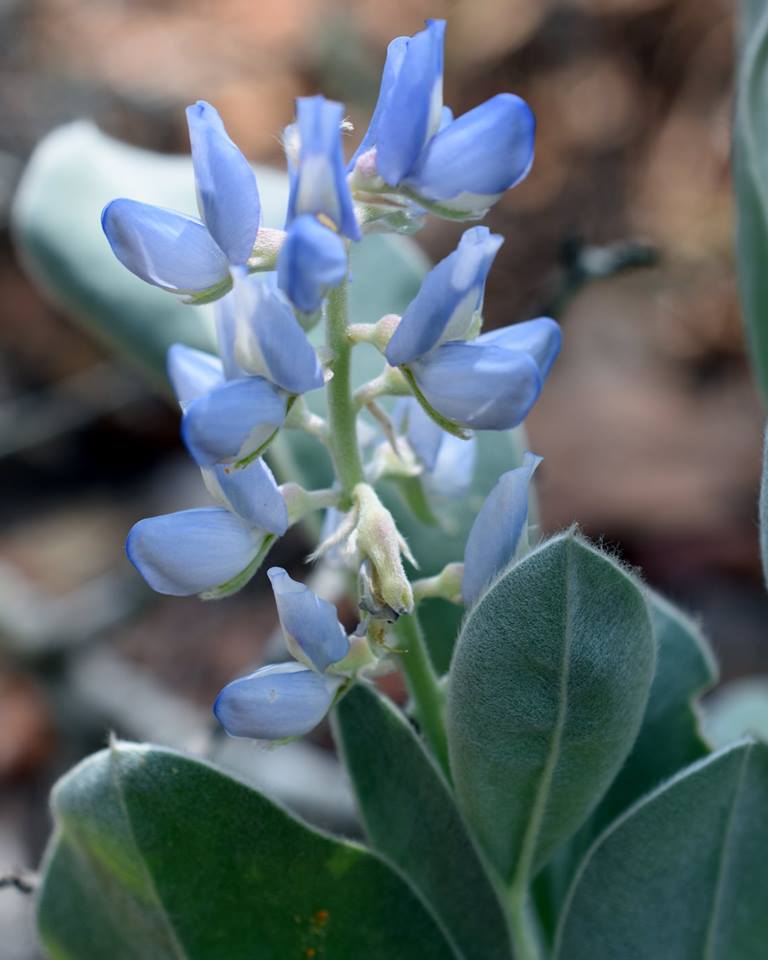
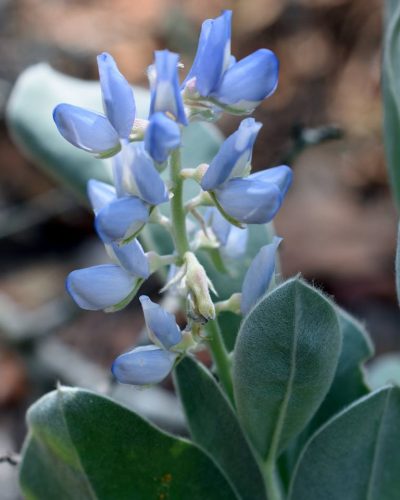
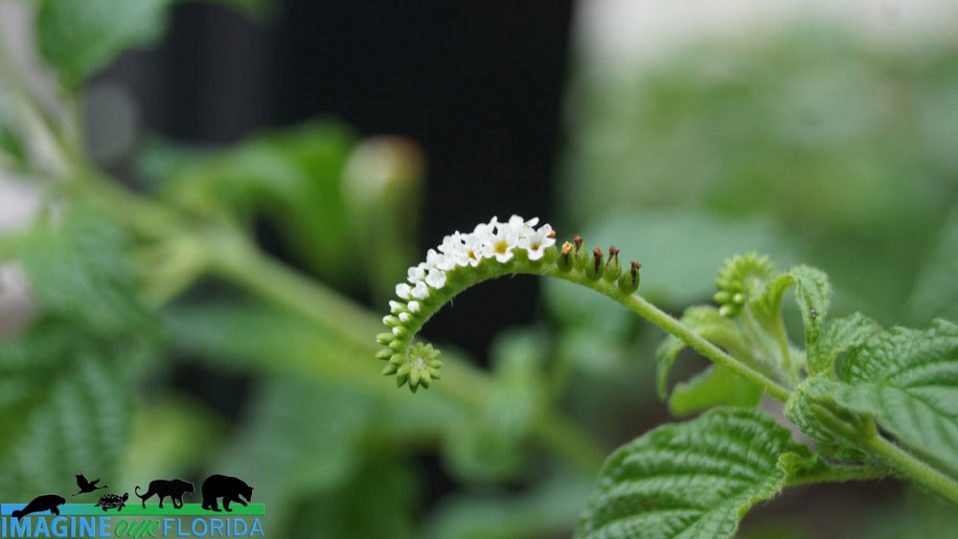
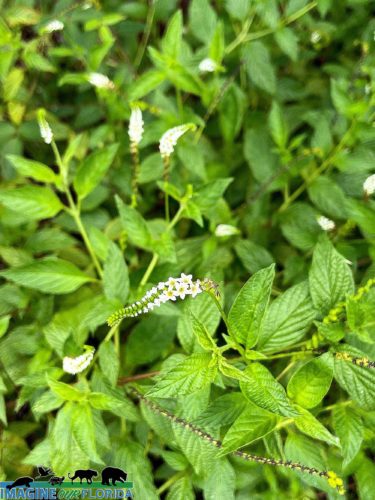
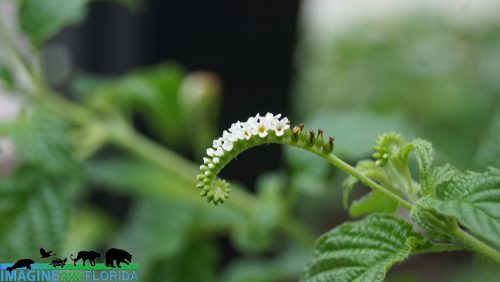

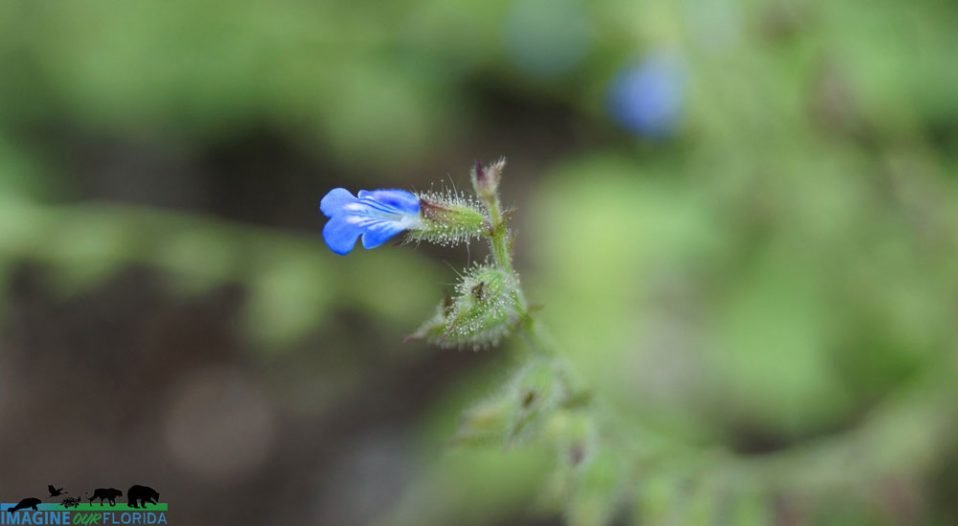
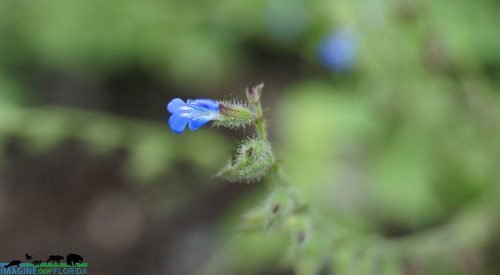

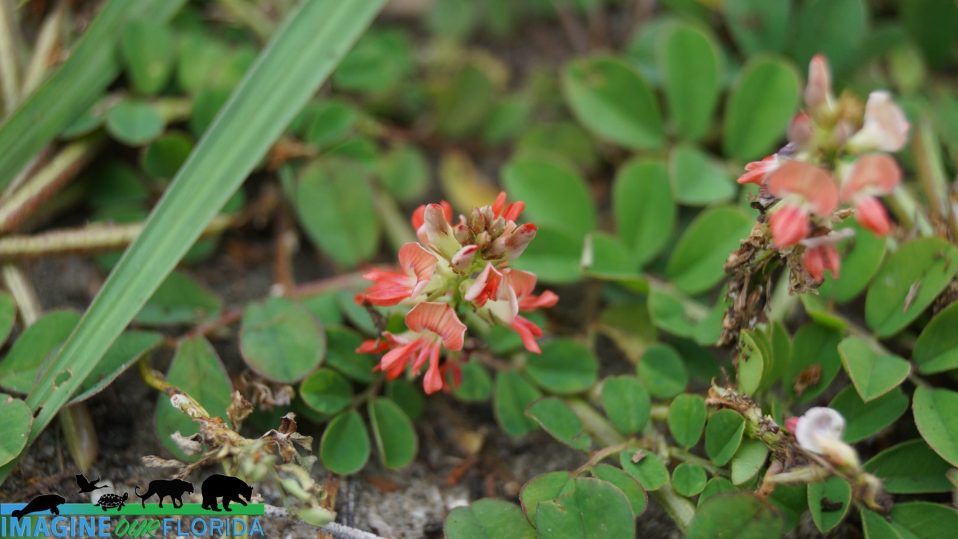
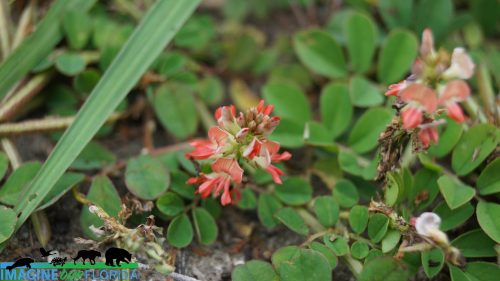
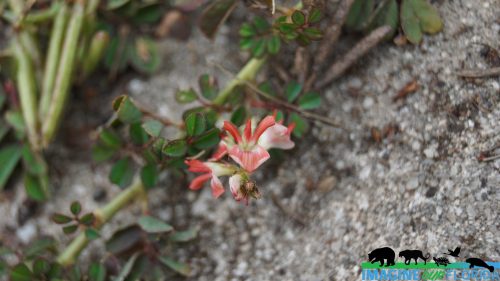
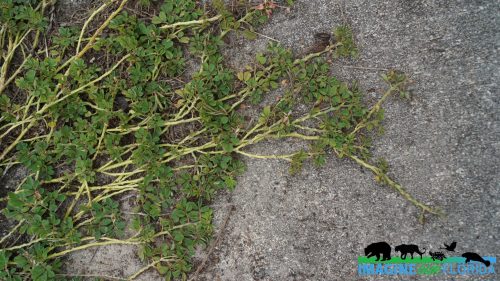
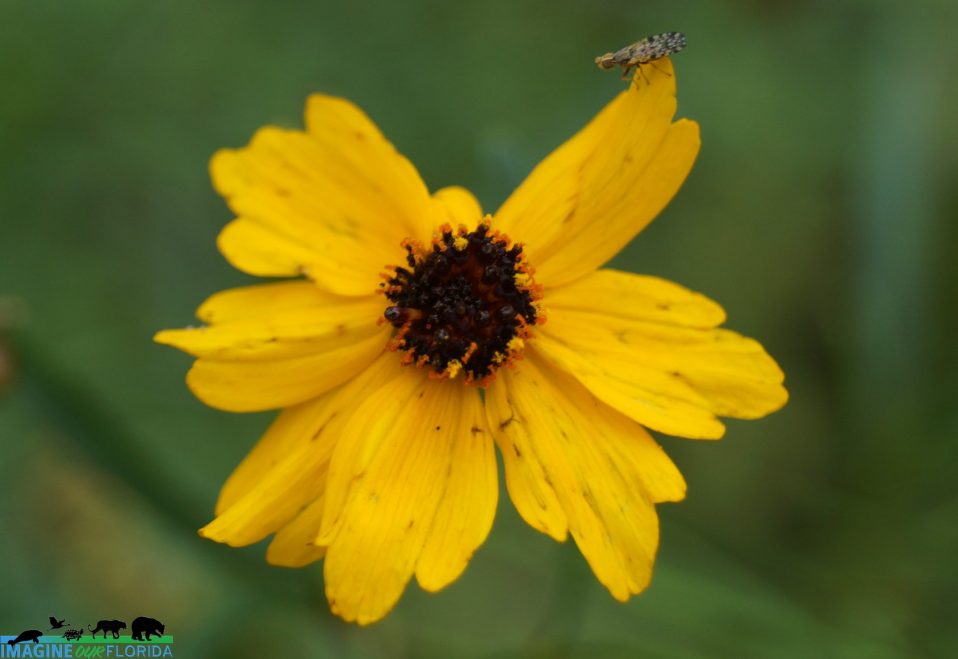
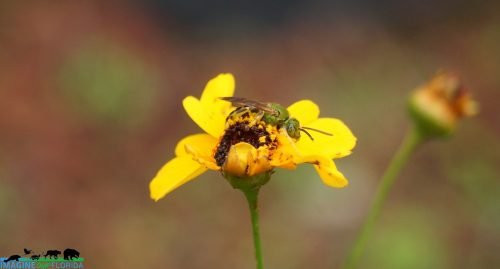

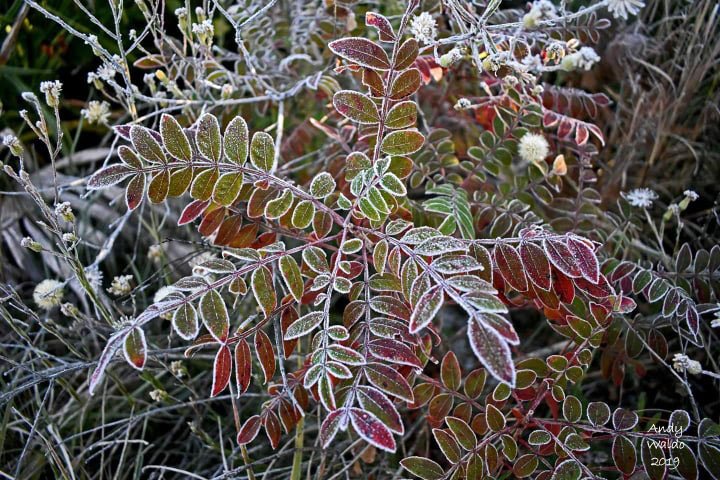
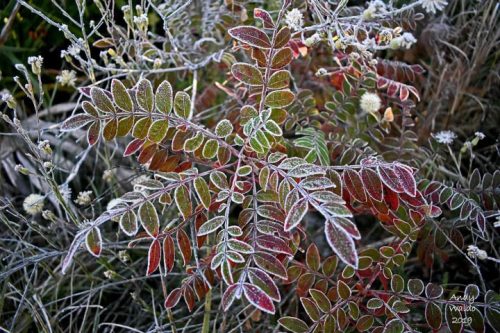
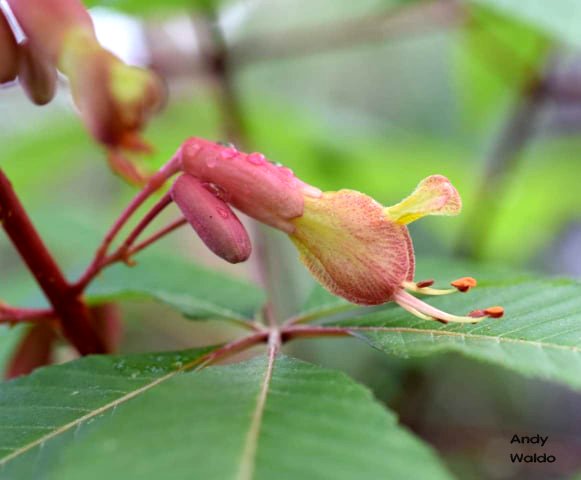
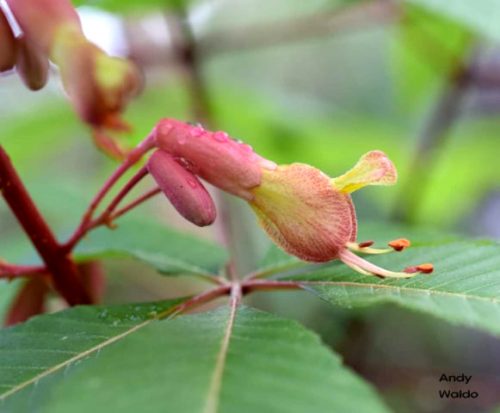
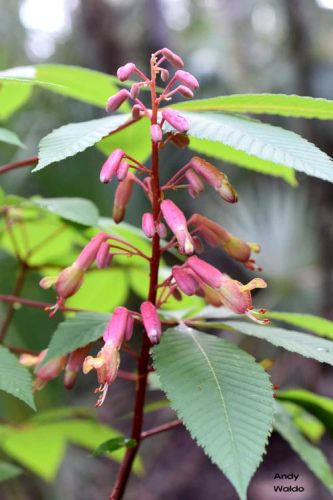
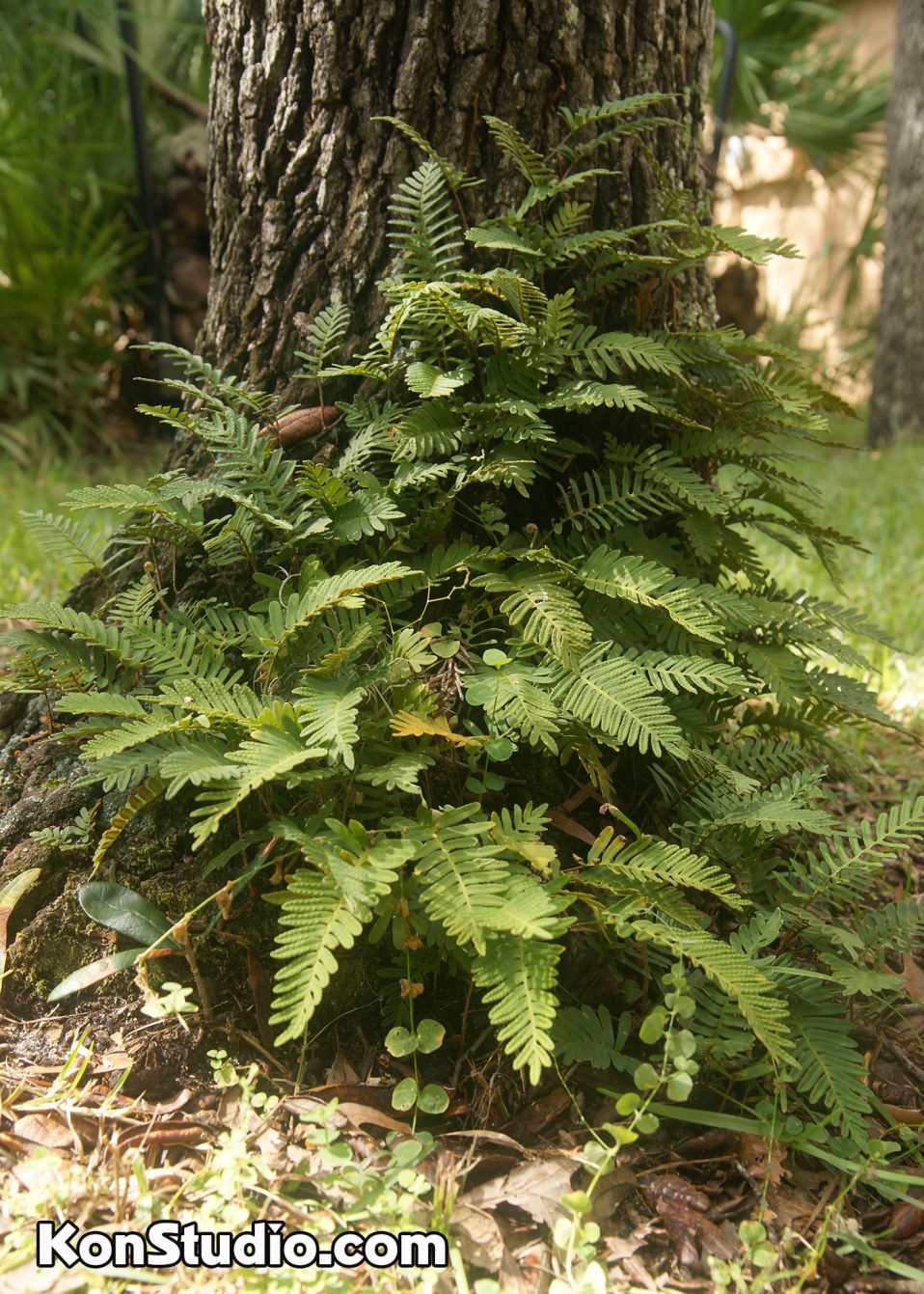
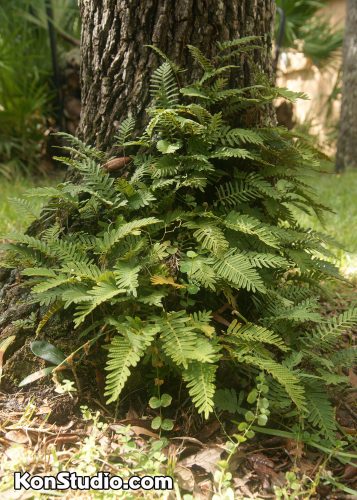
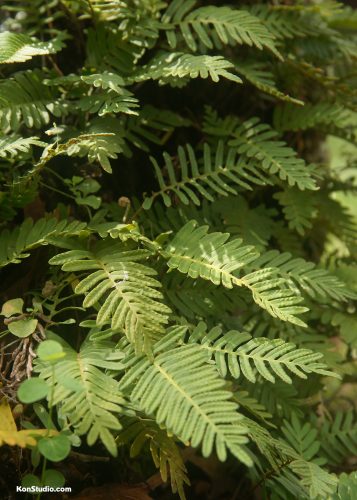
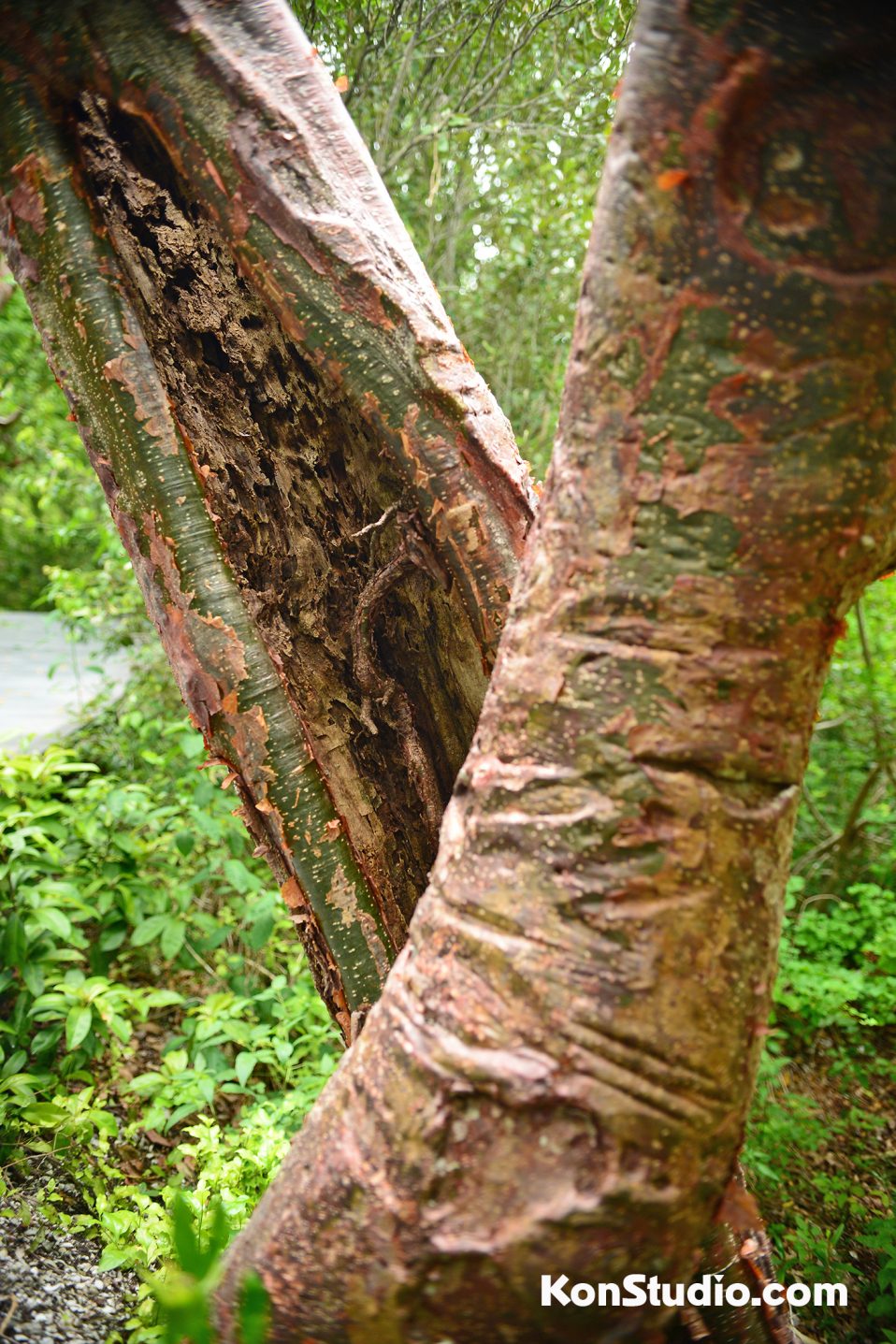
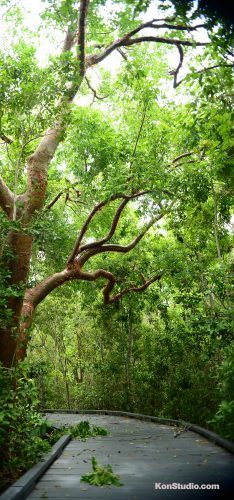
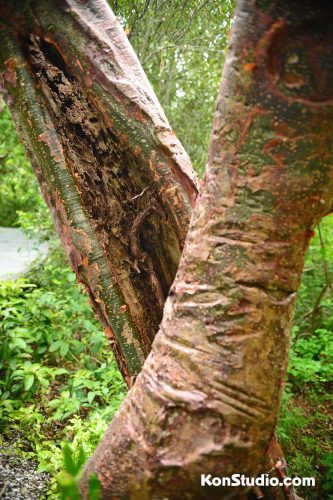
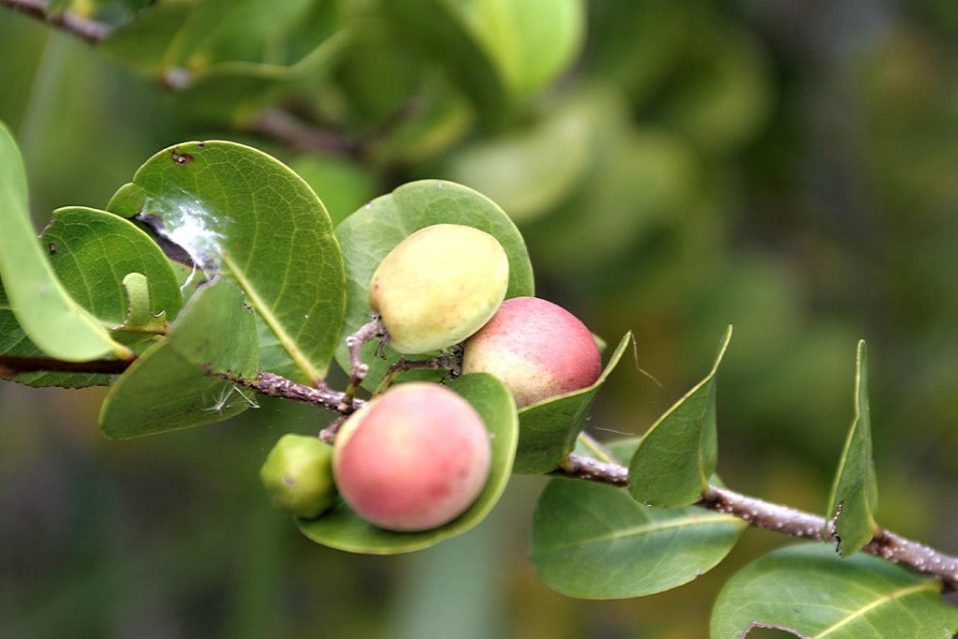

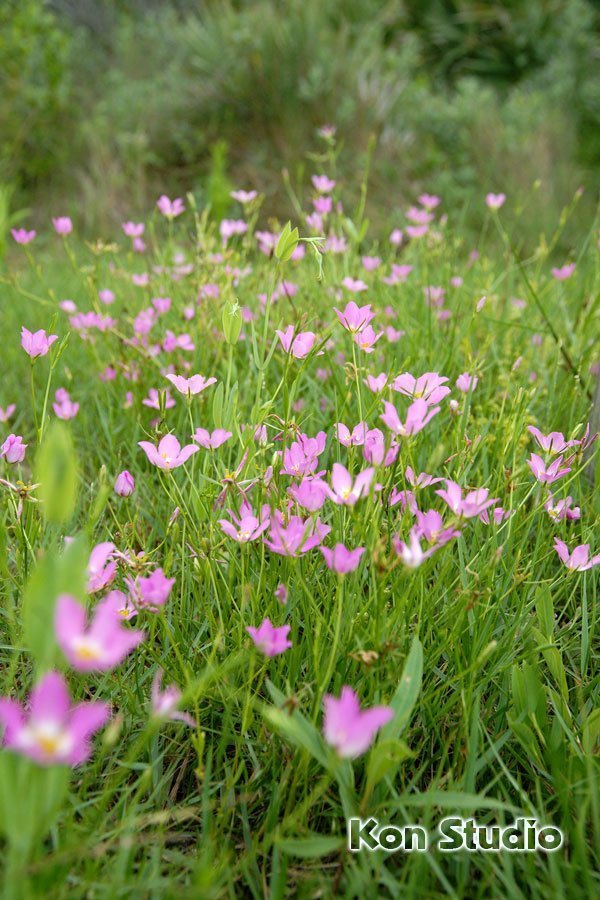
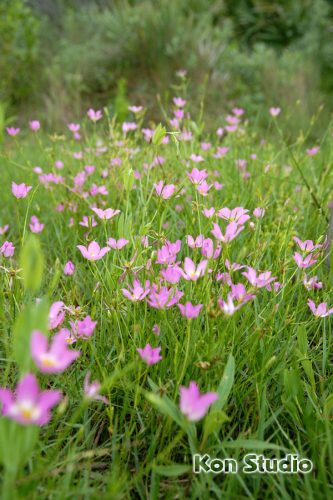
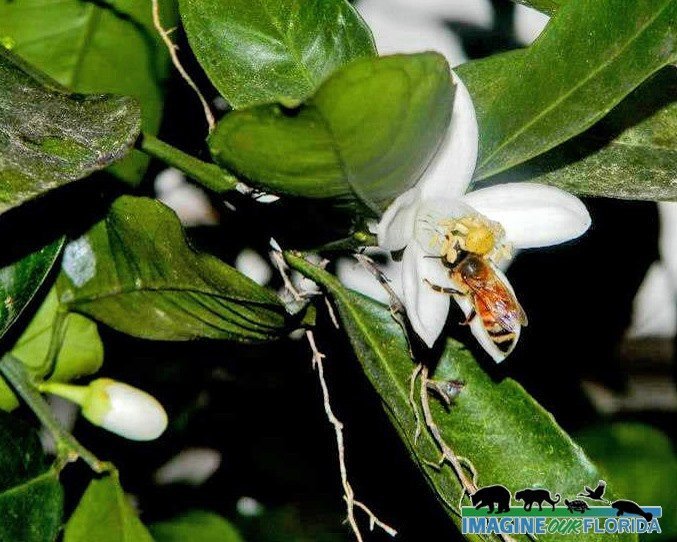
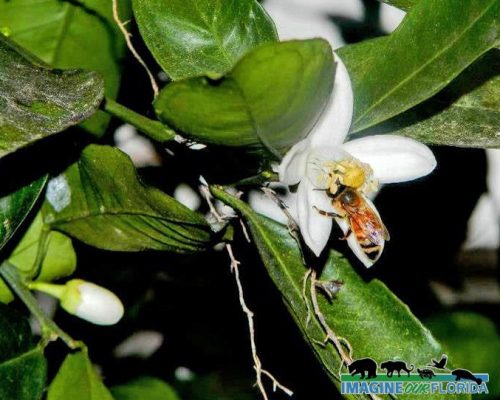
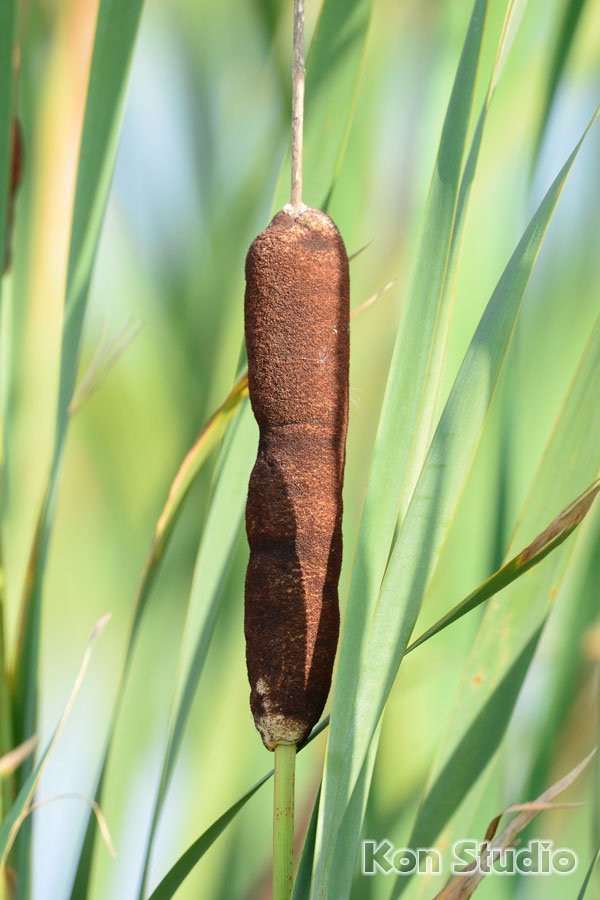
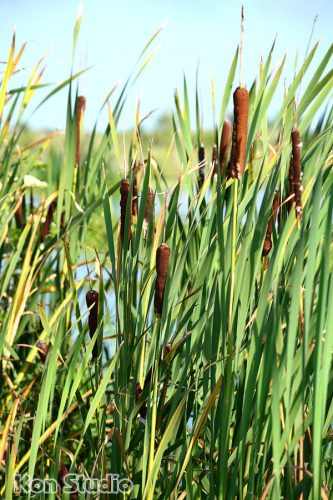
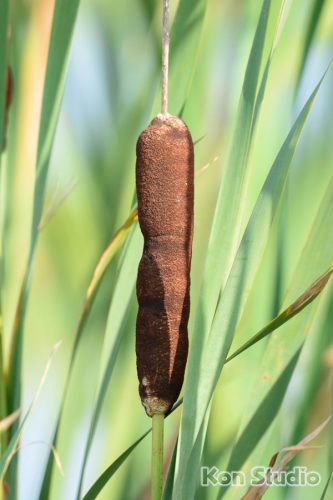
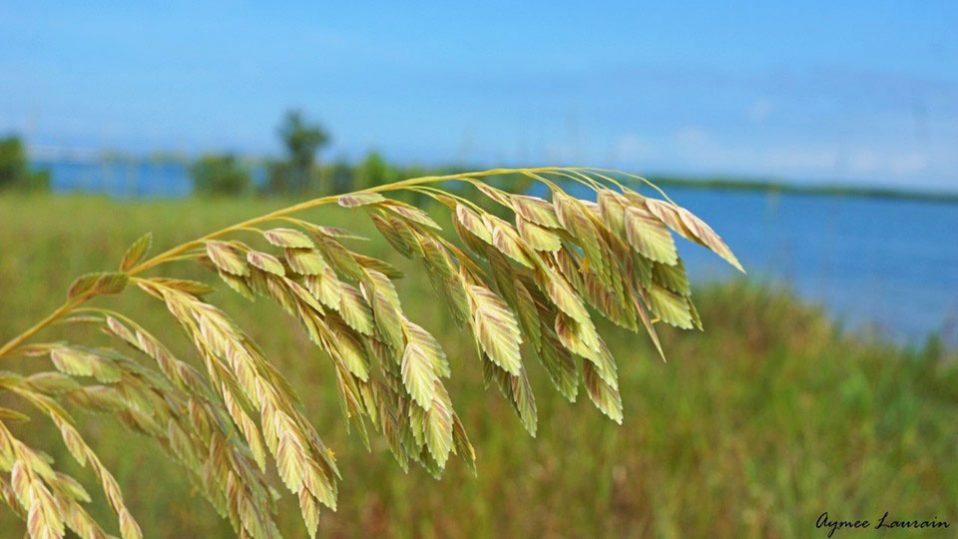
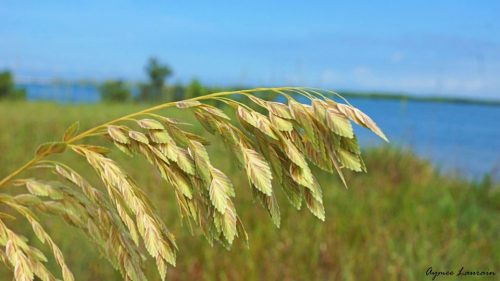
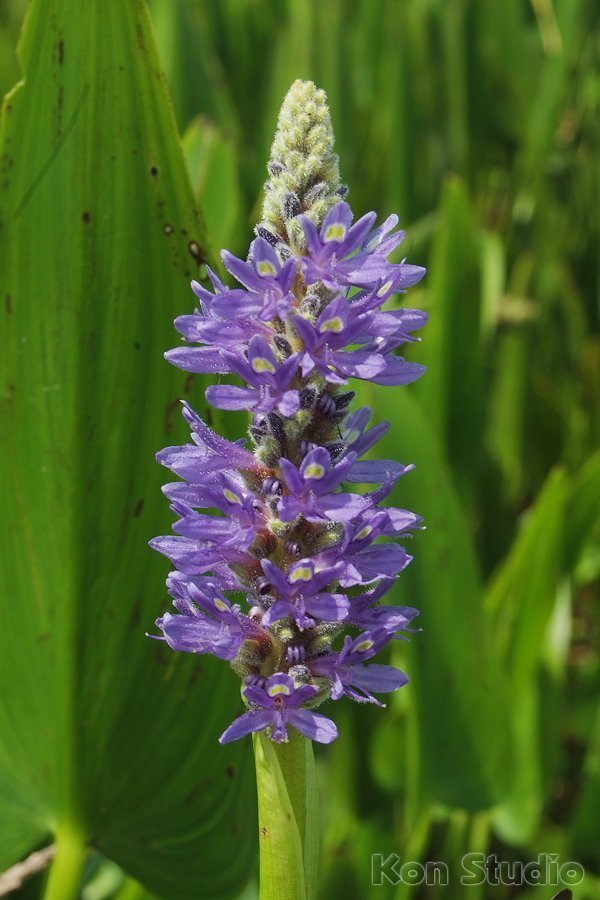
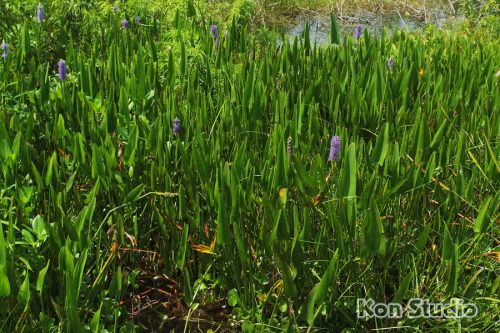
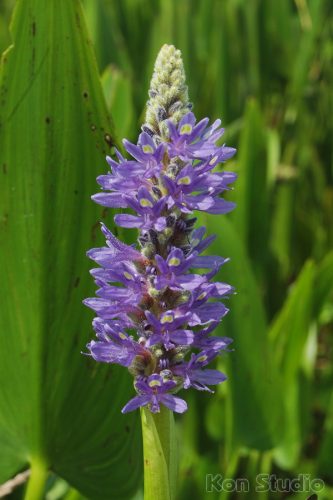
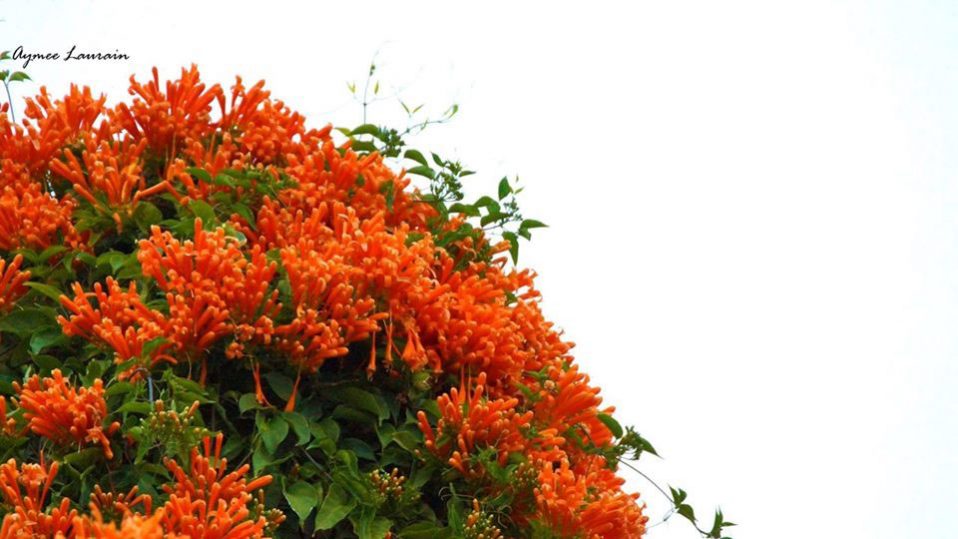
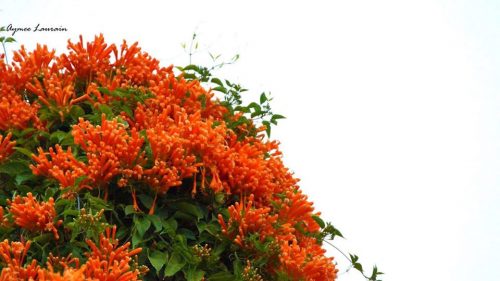
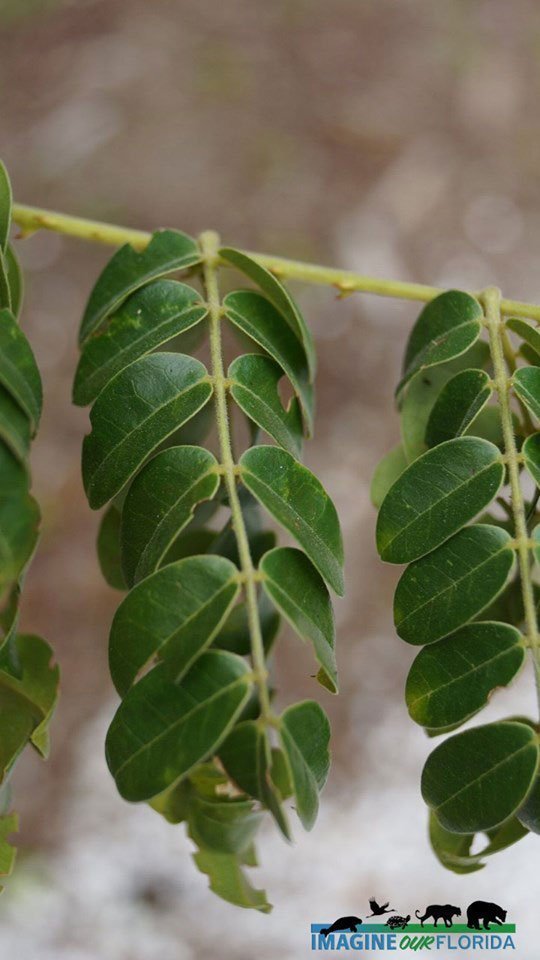
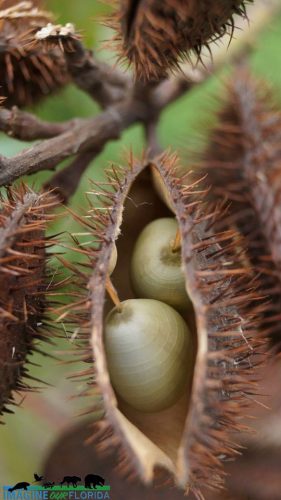
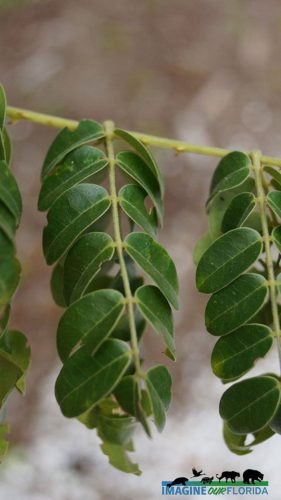
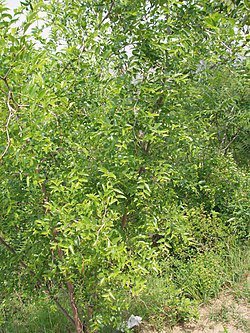

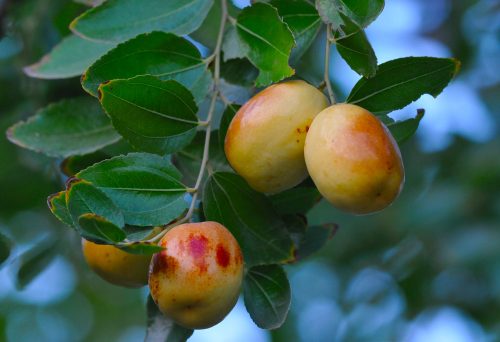
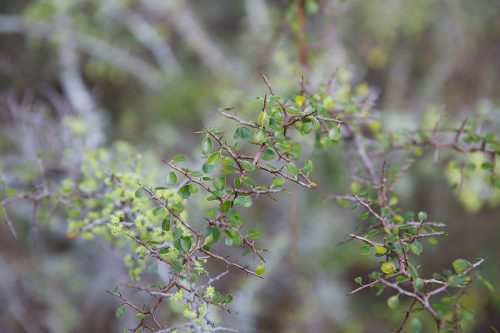
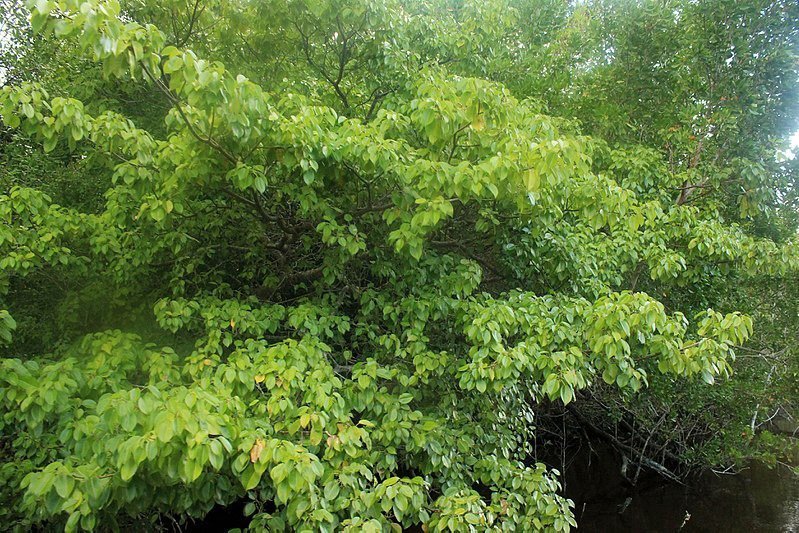
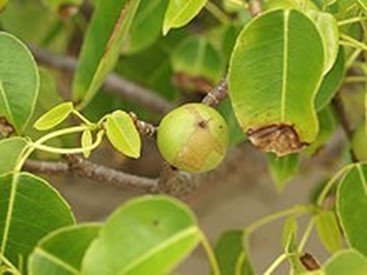

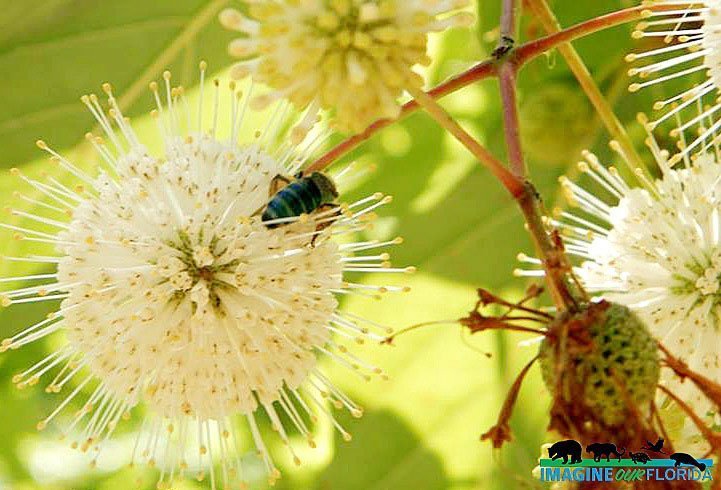
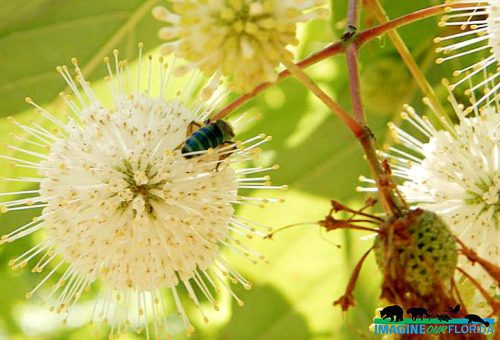
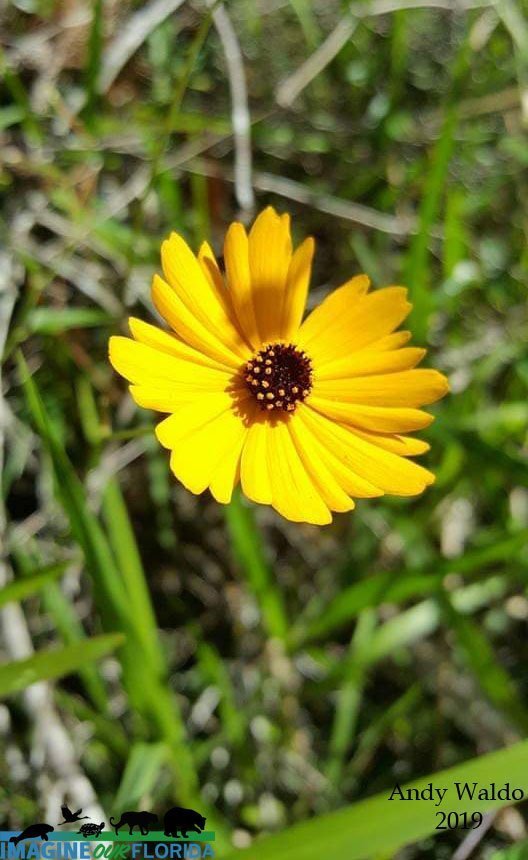
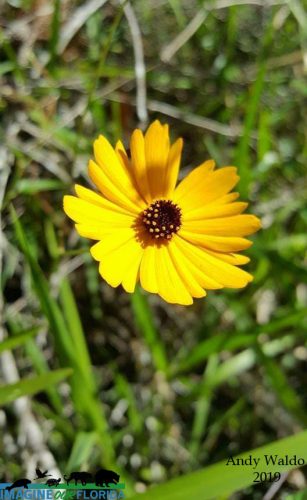
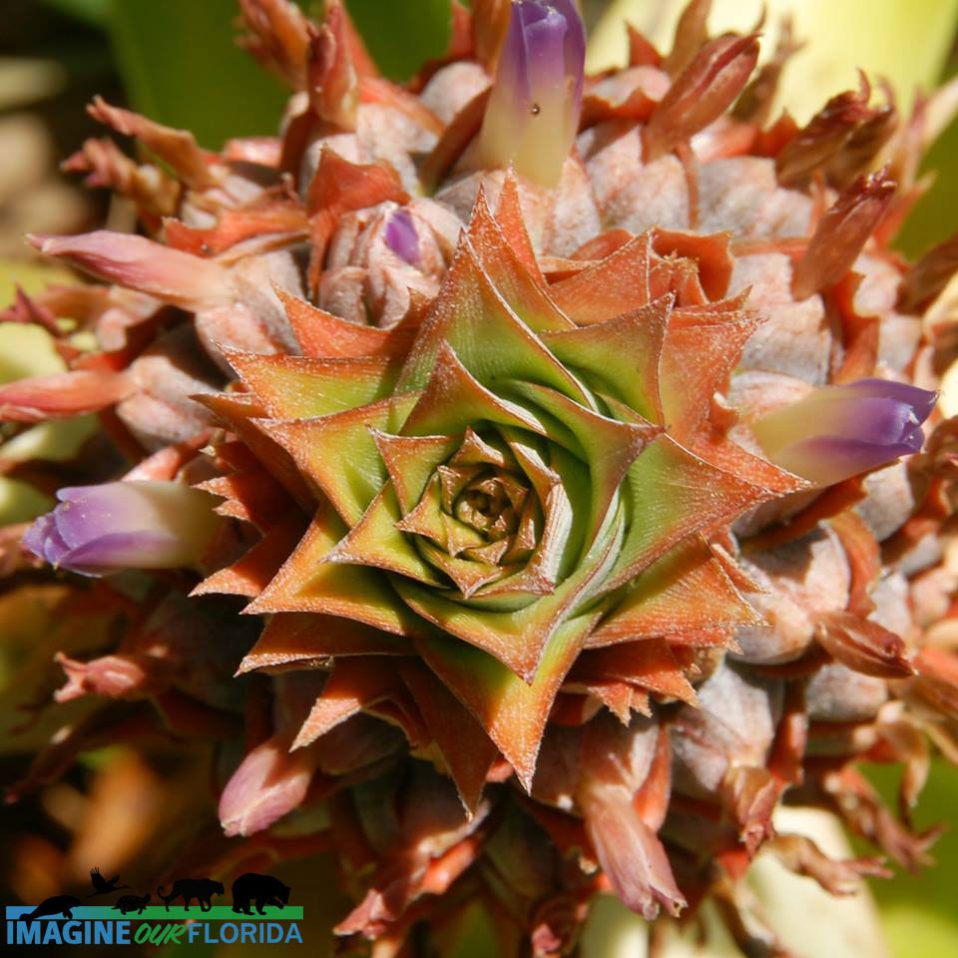
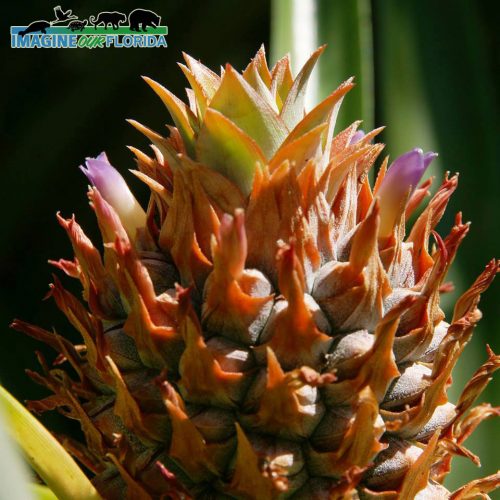
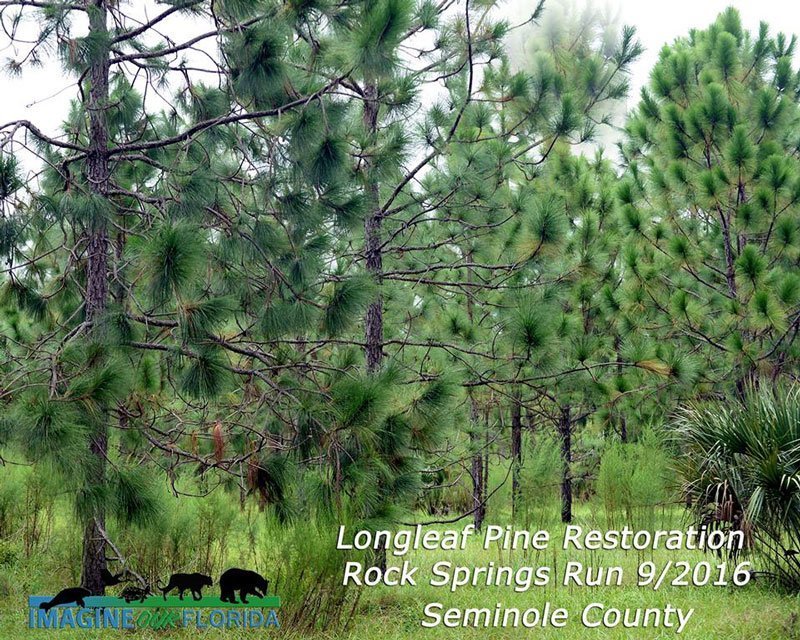
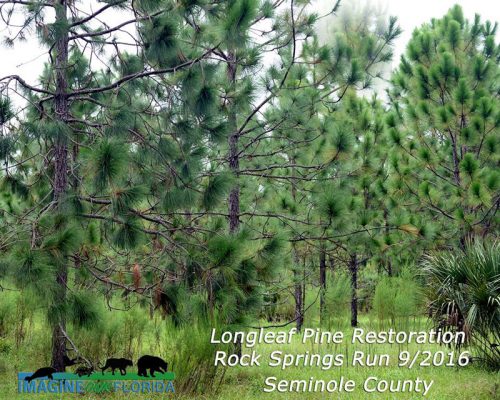
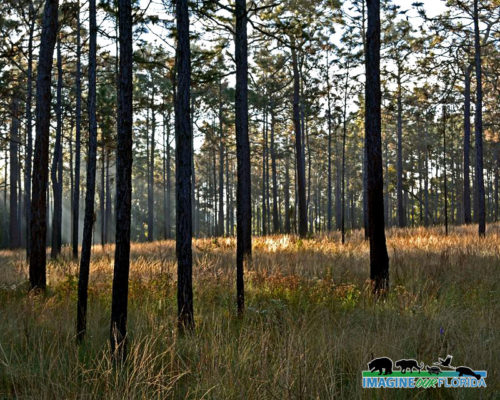
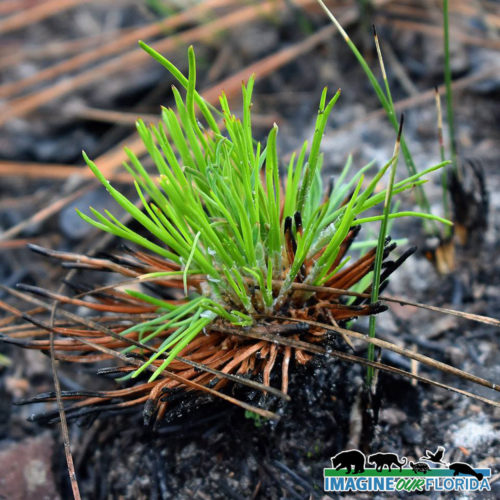
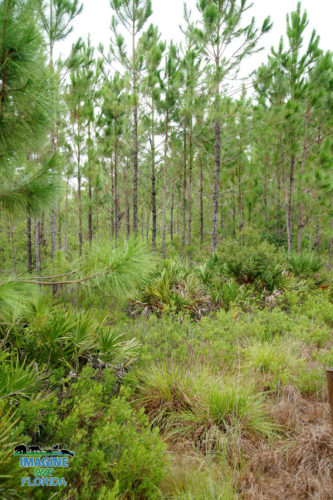
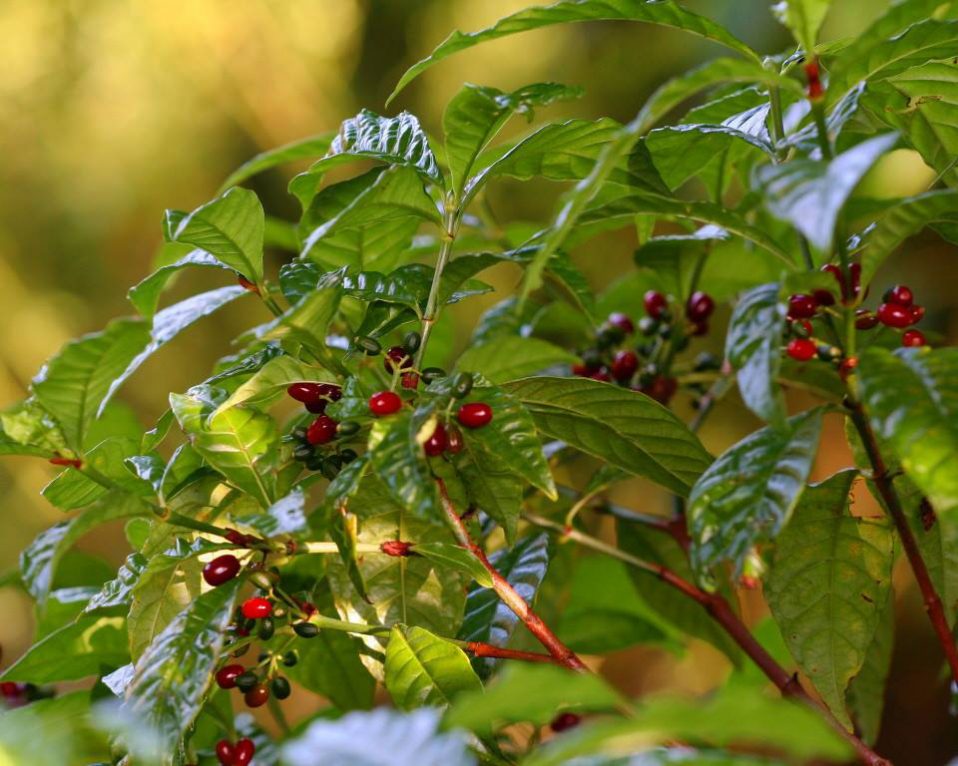
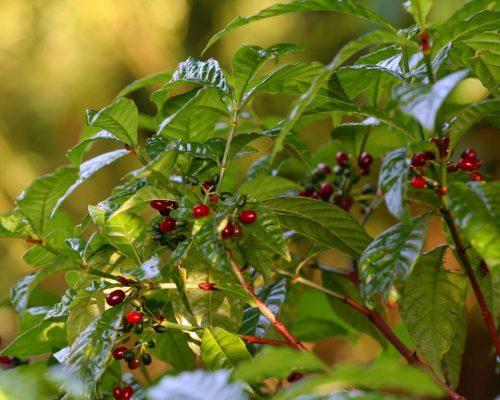
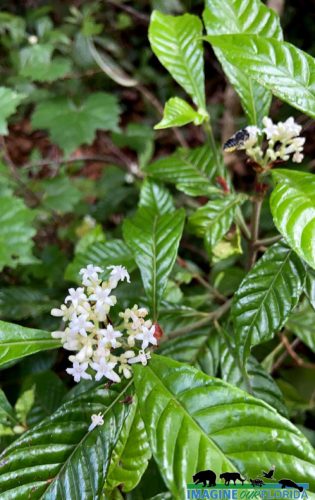
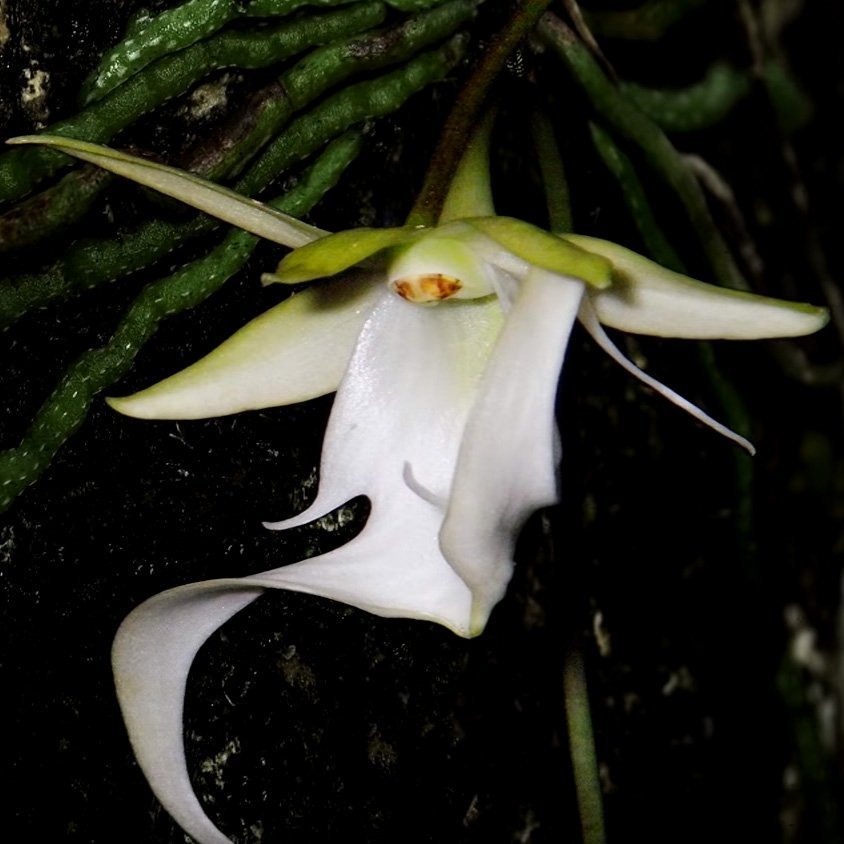
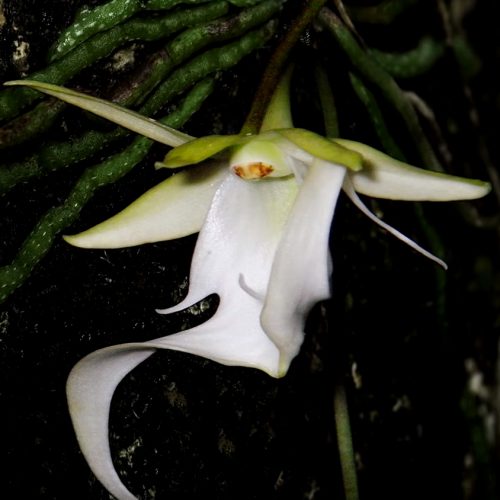
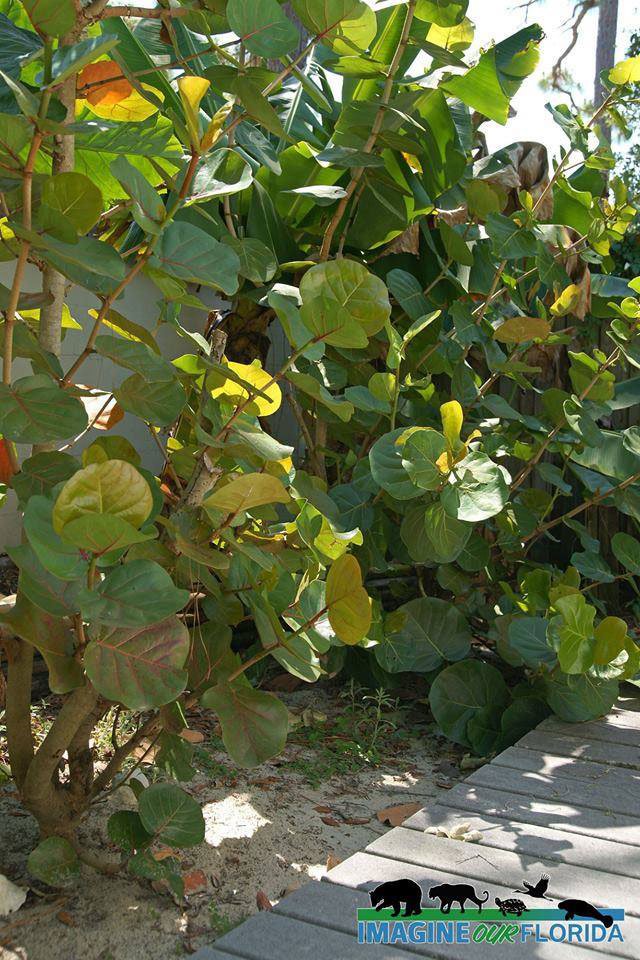
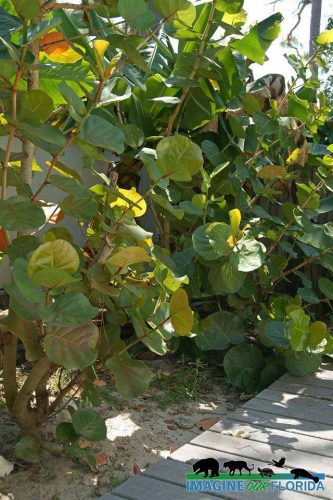
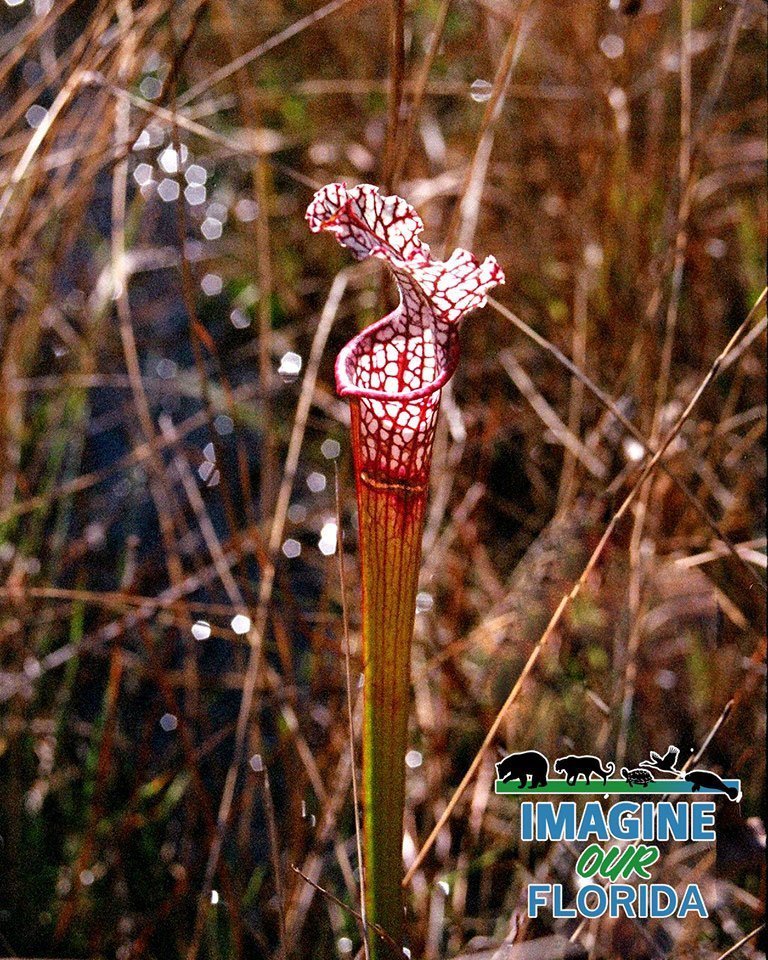
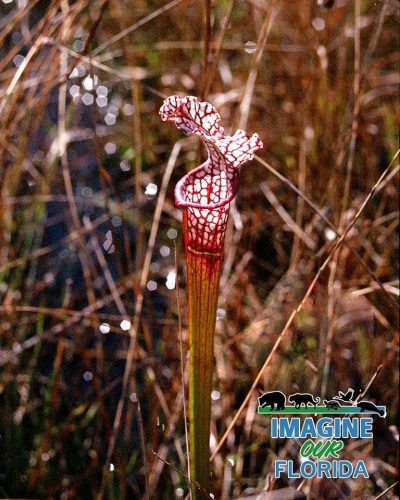
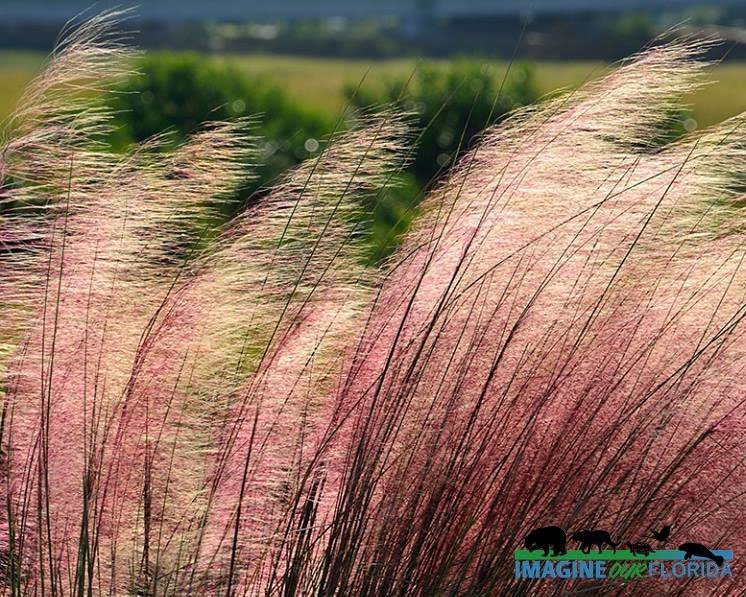
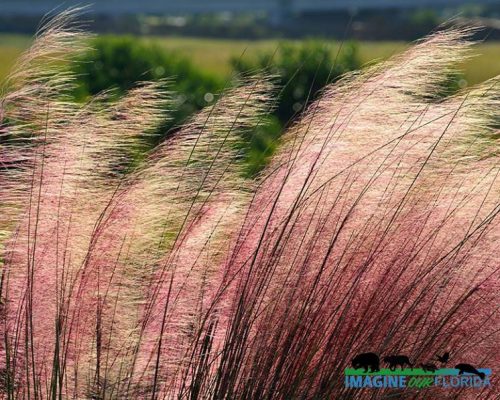
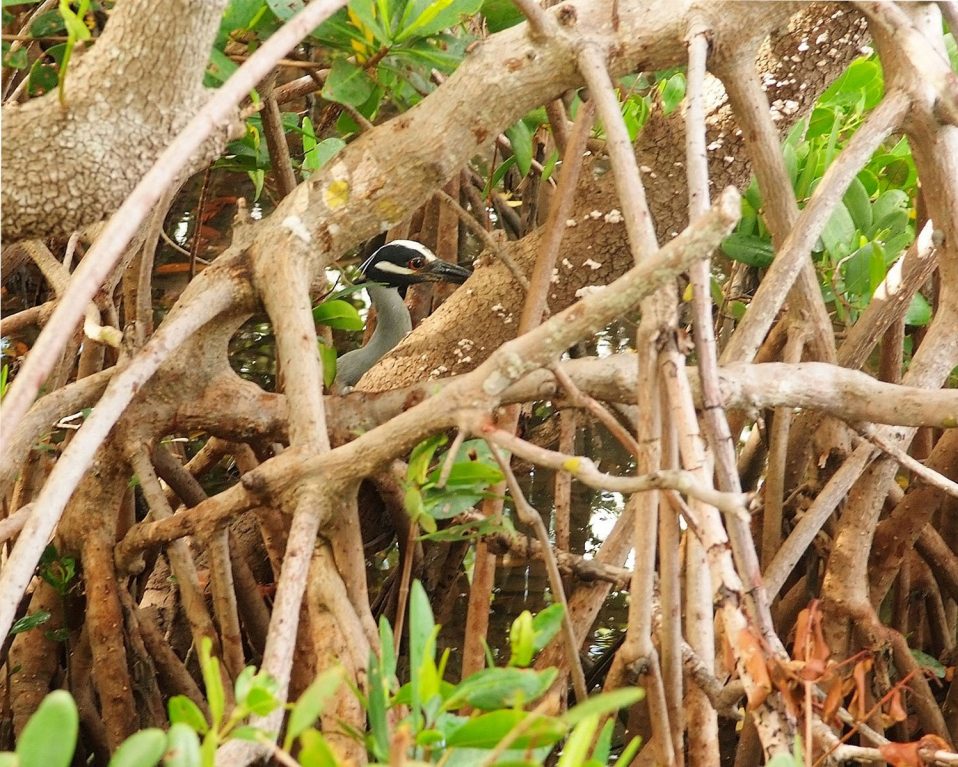
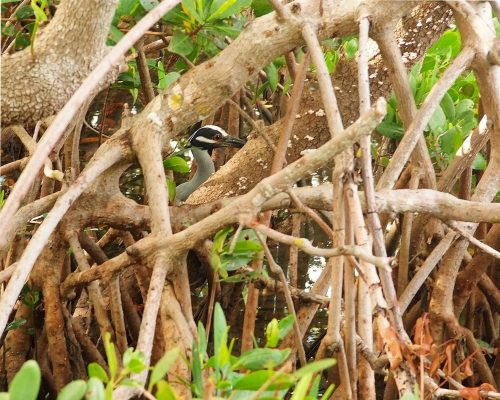
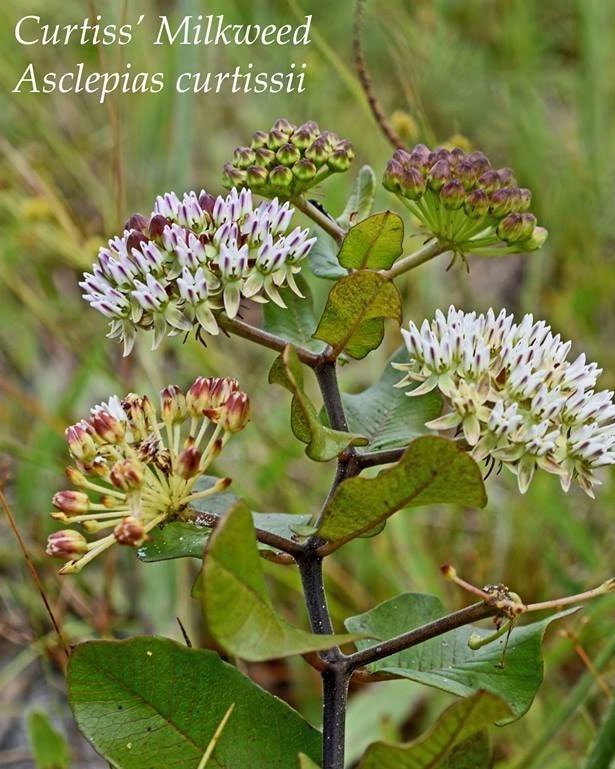
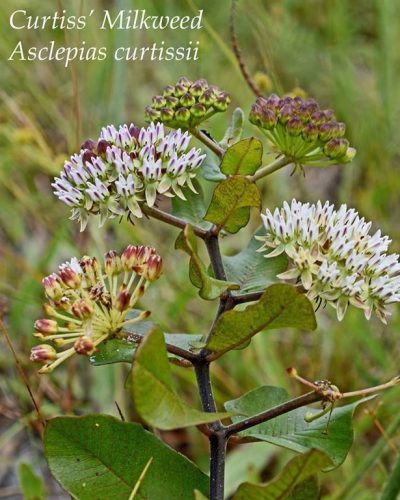
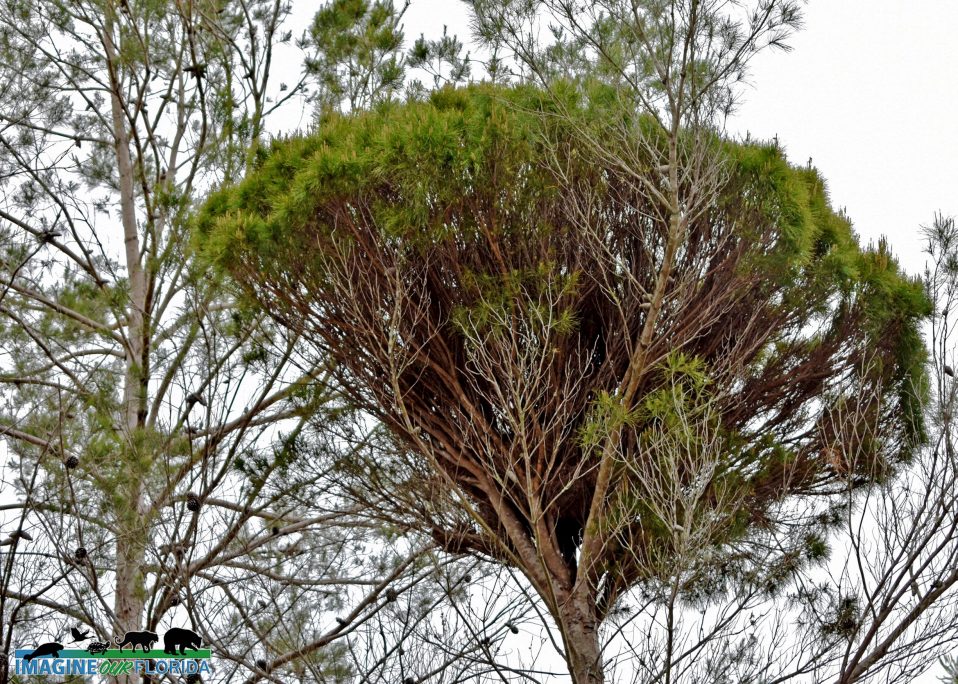

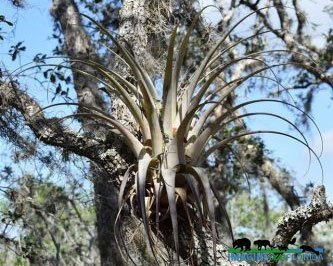

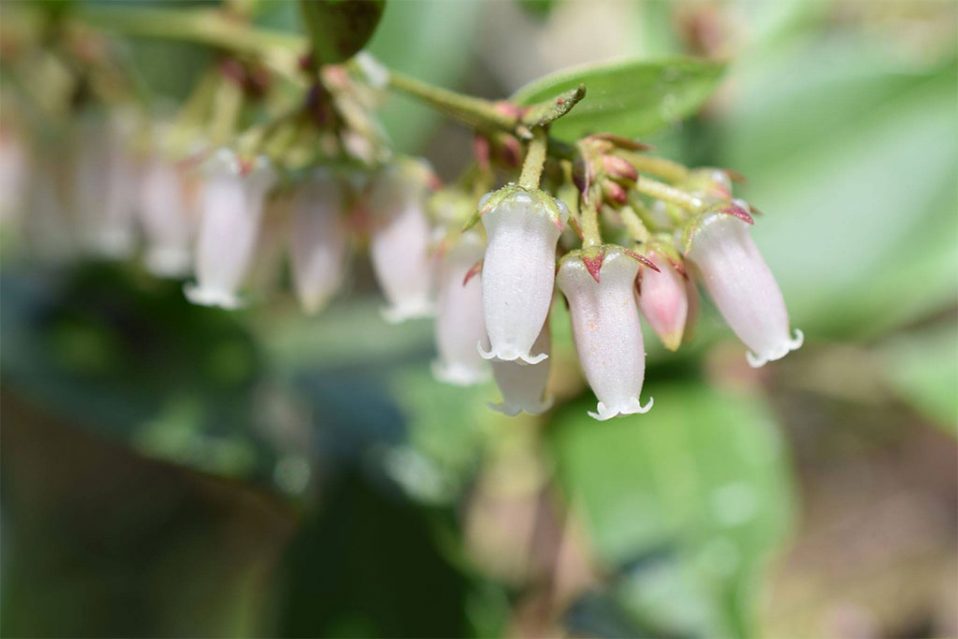
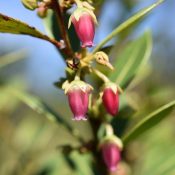
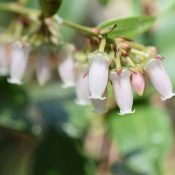
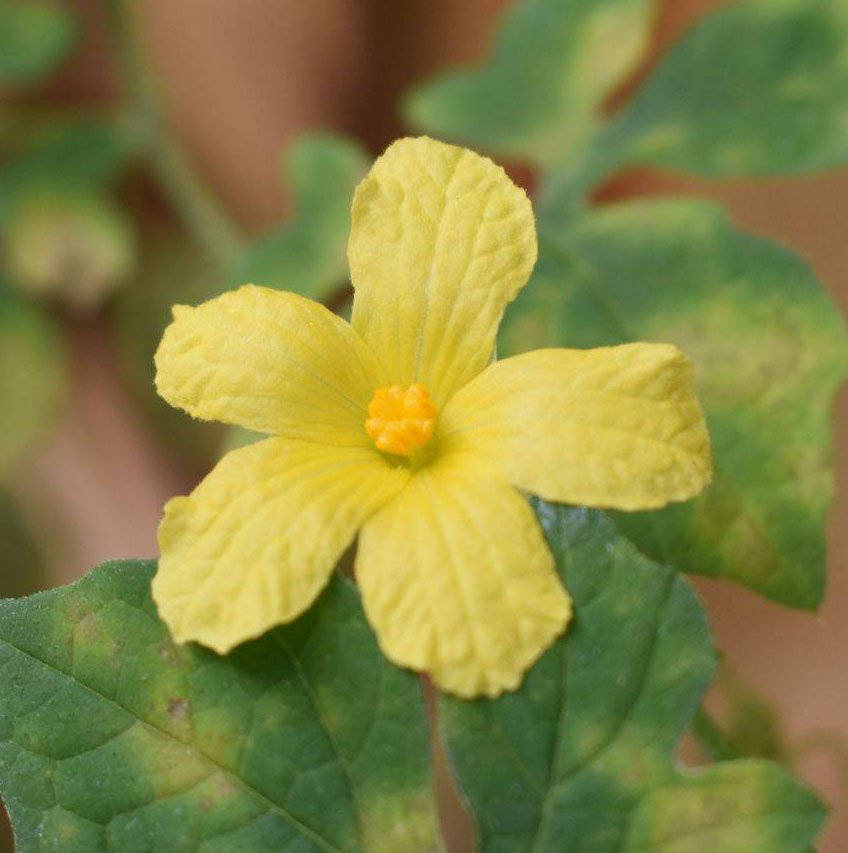
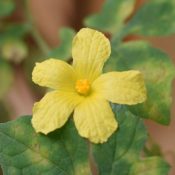
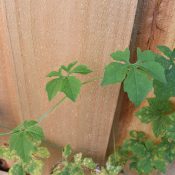
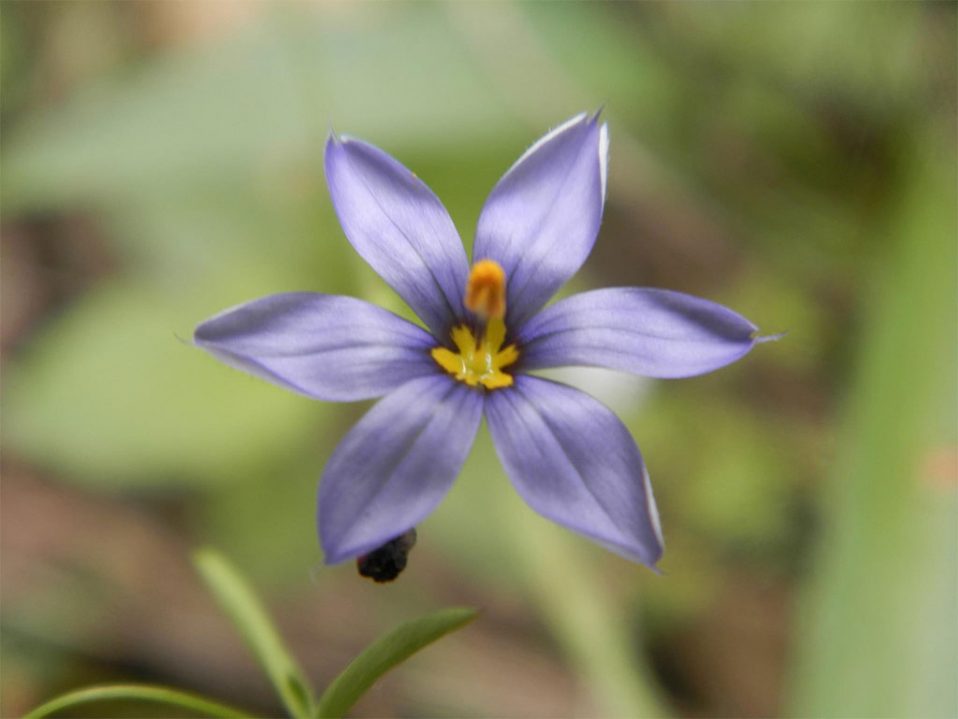
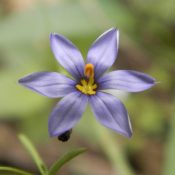
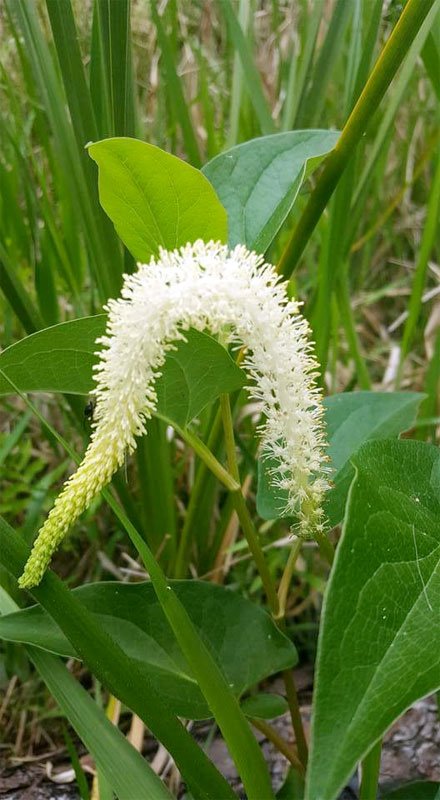
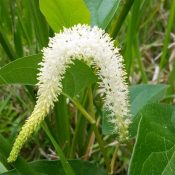
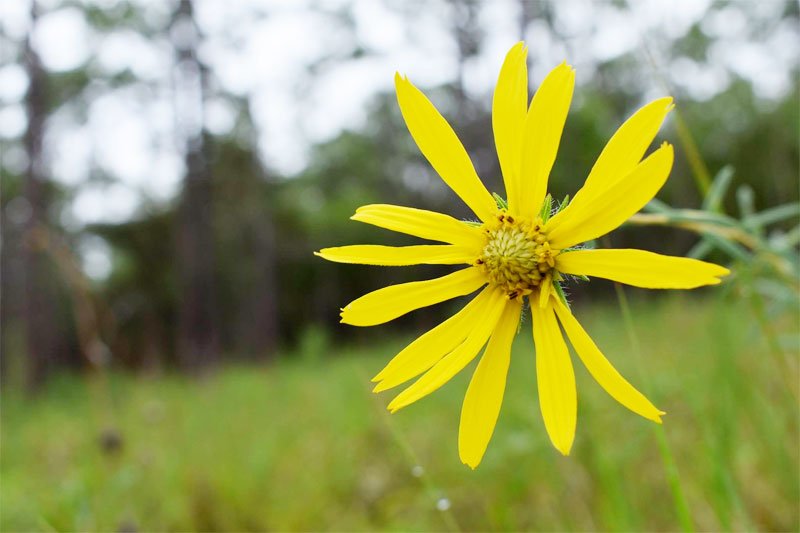
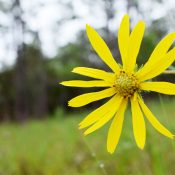
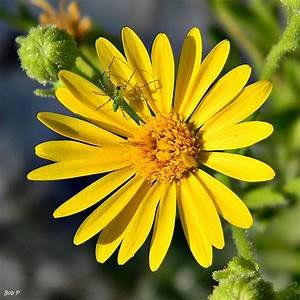
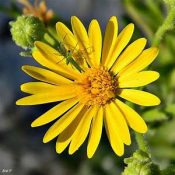


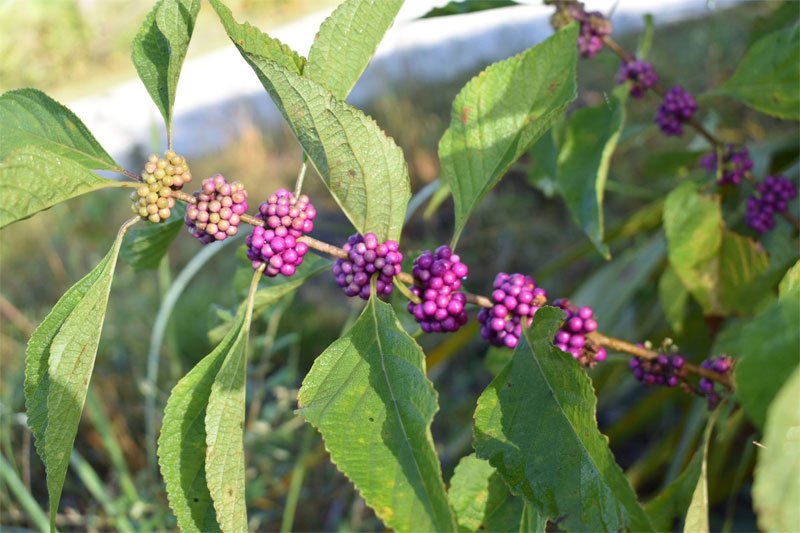
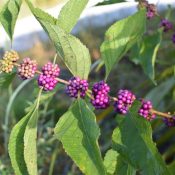
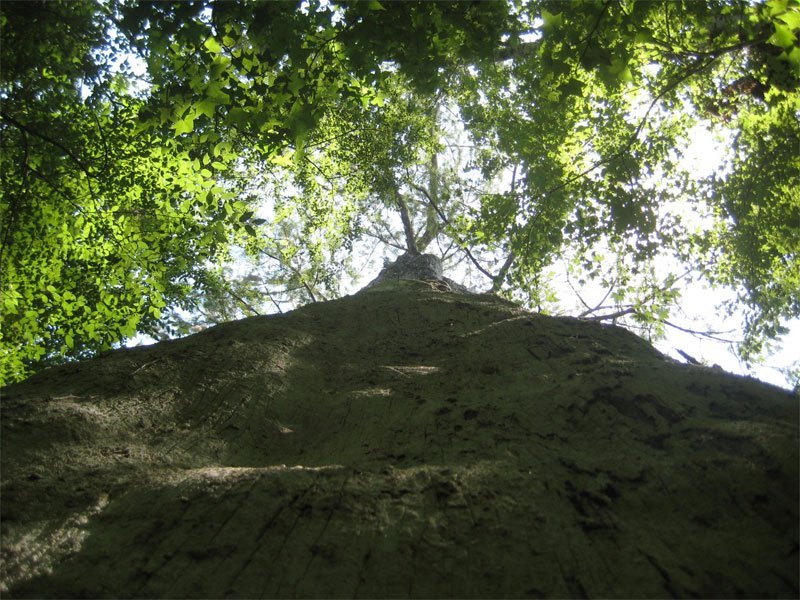
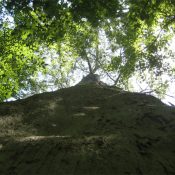
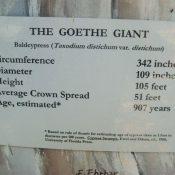
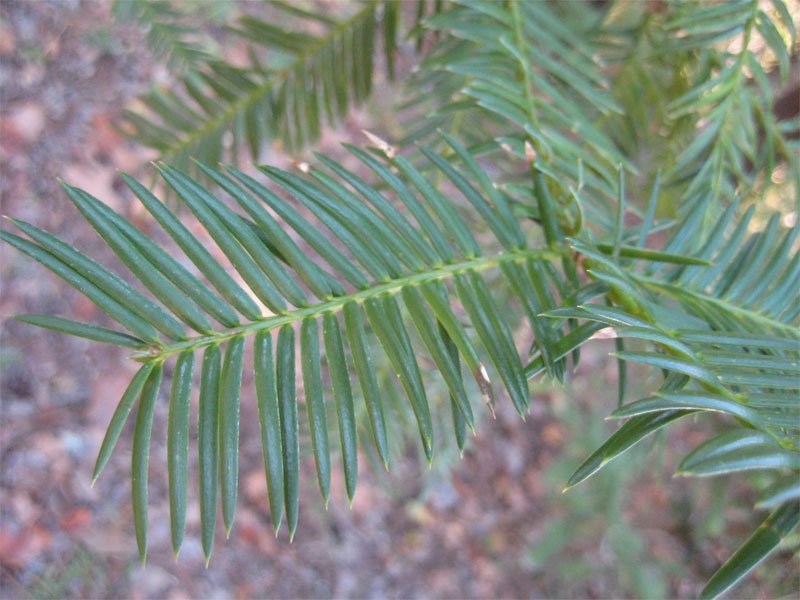

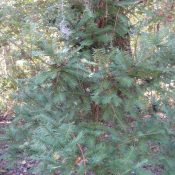
Recent Comments